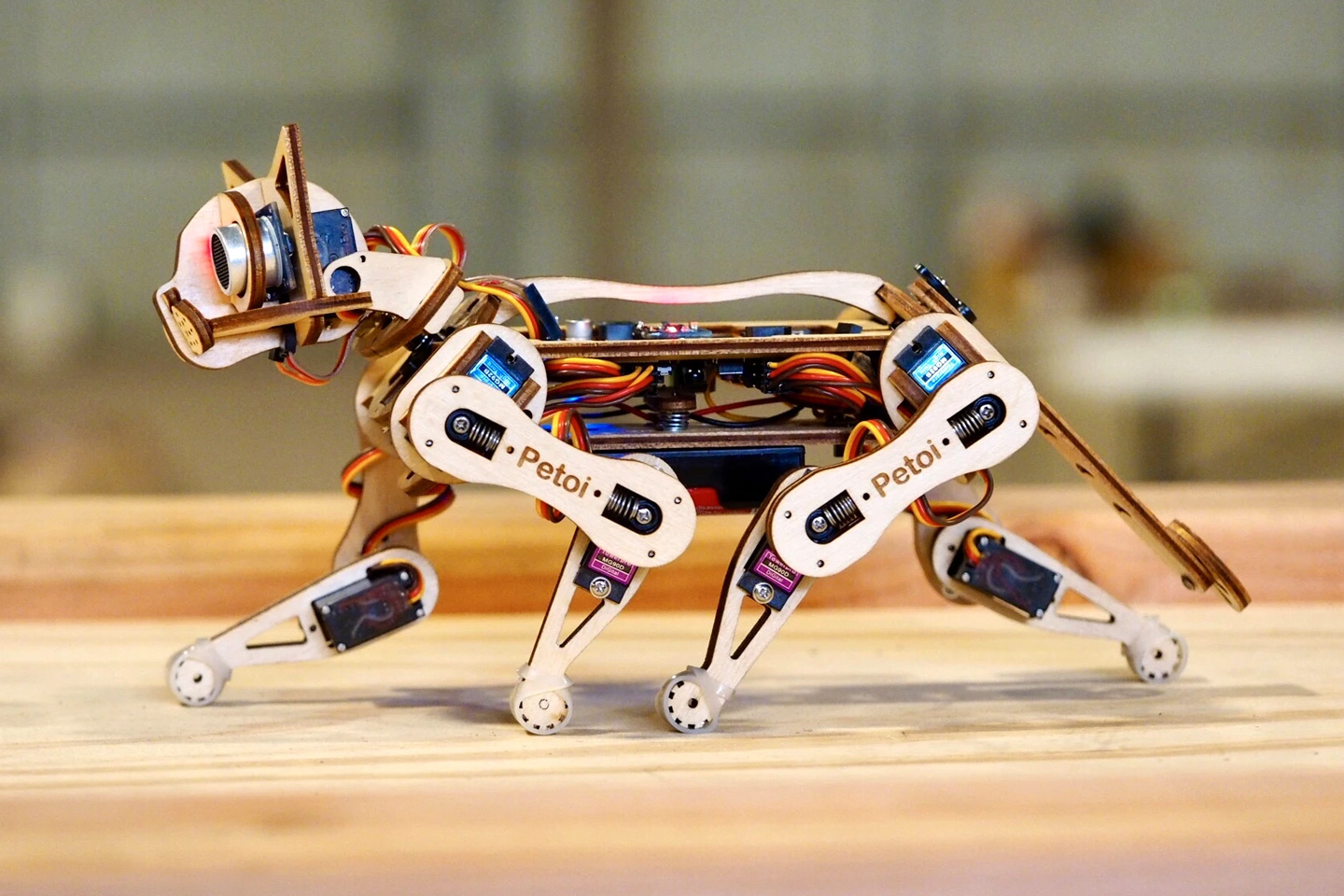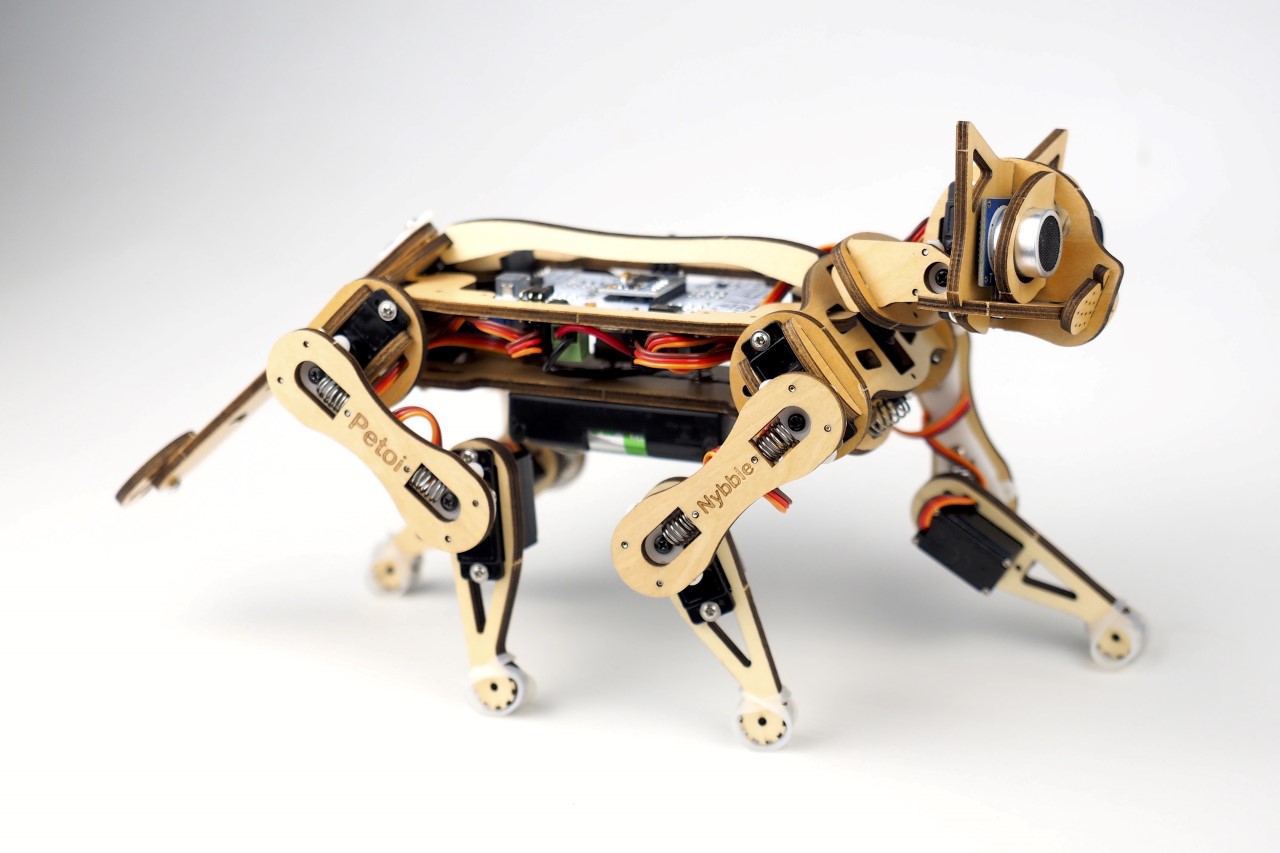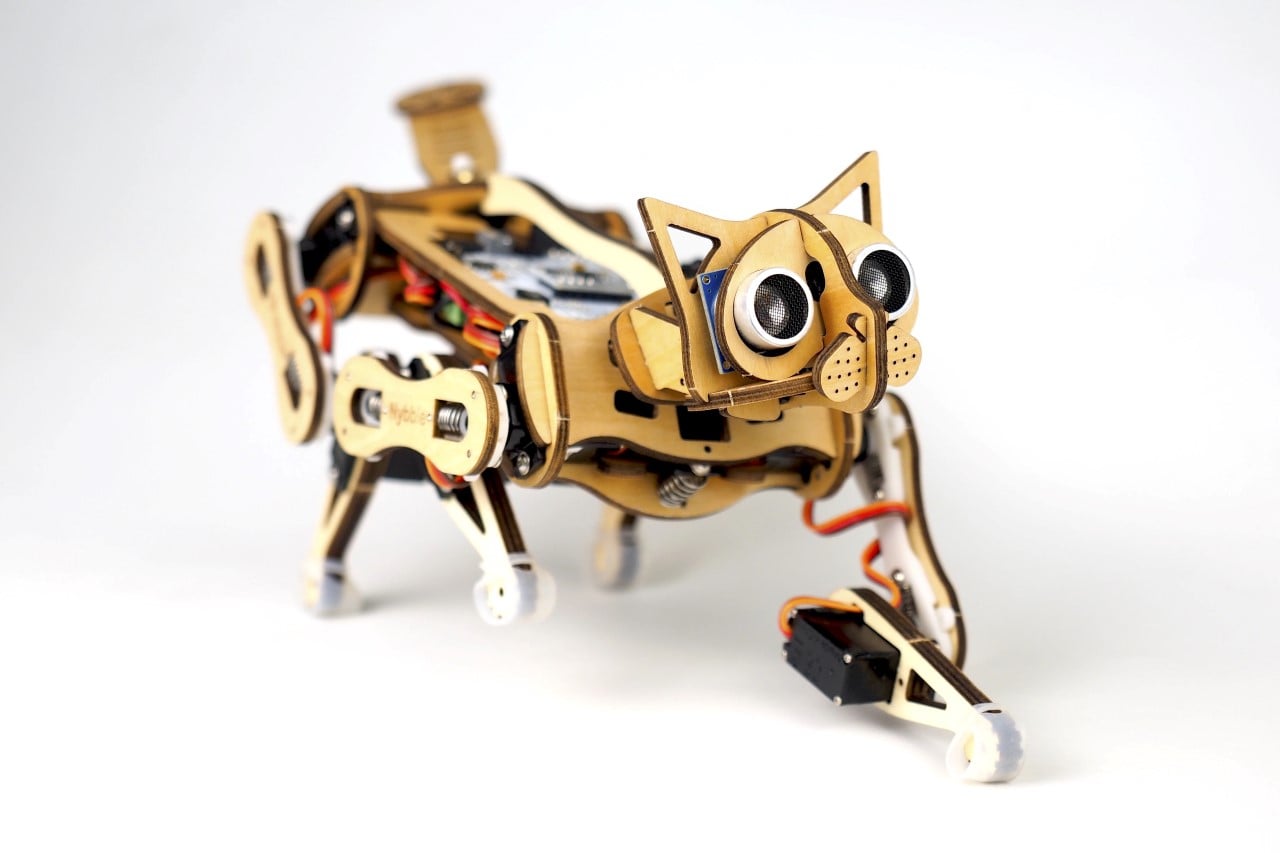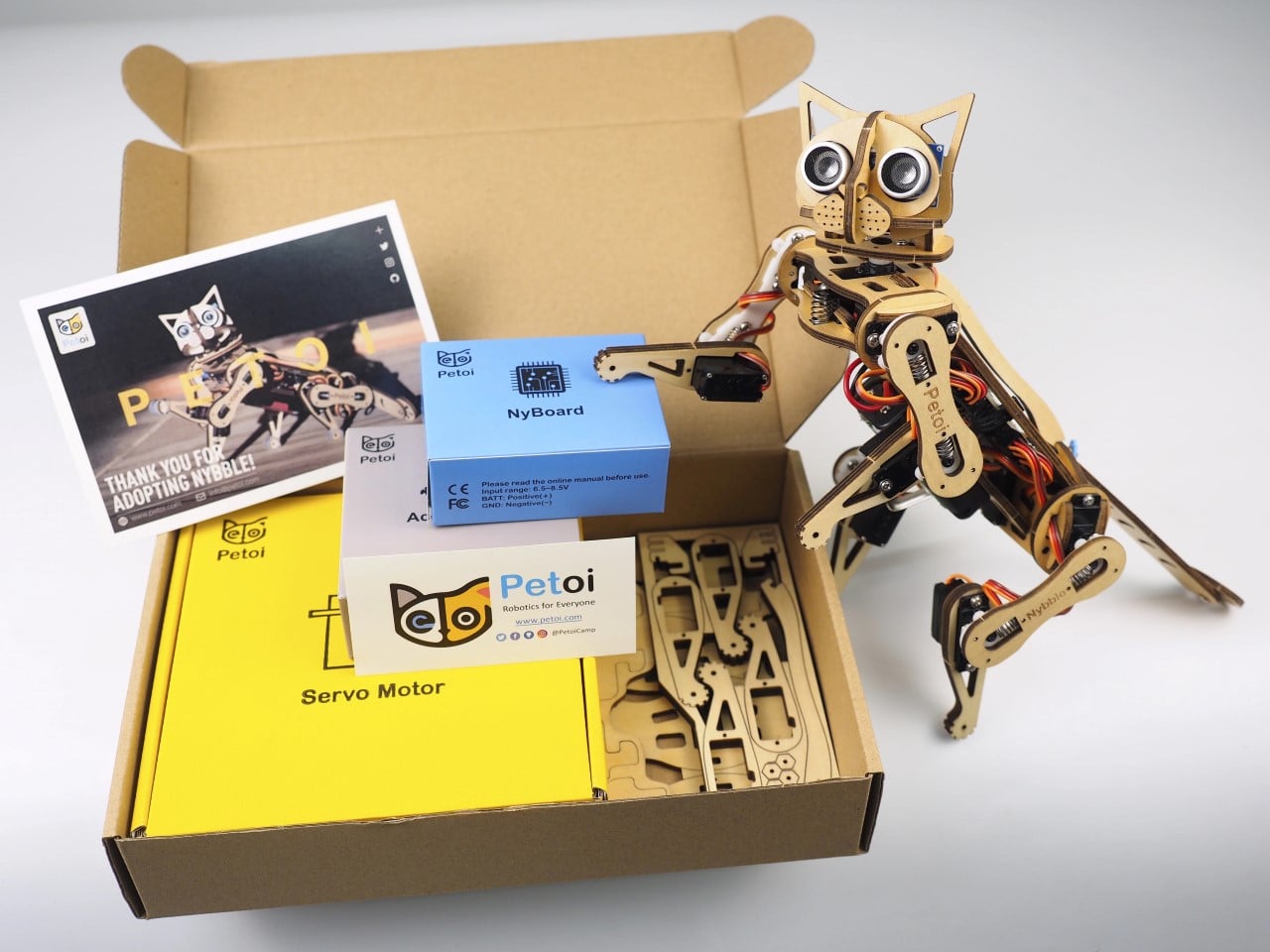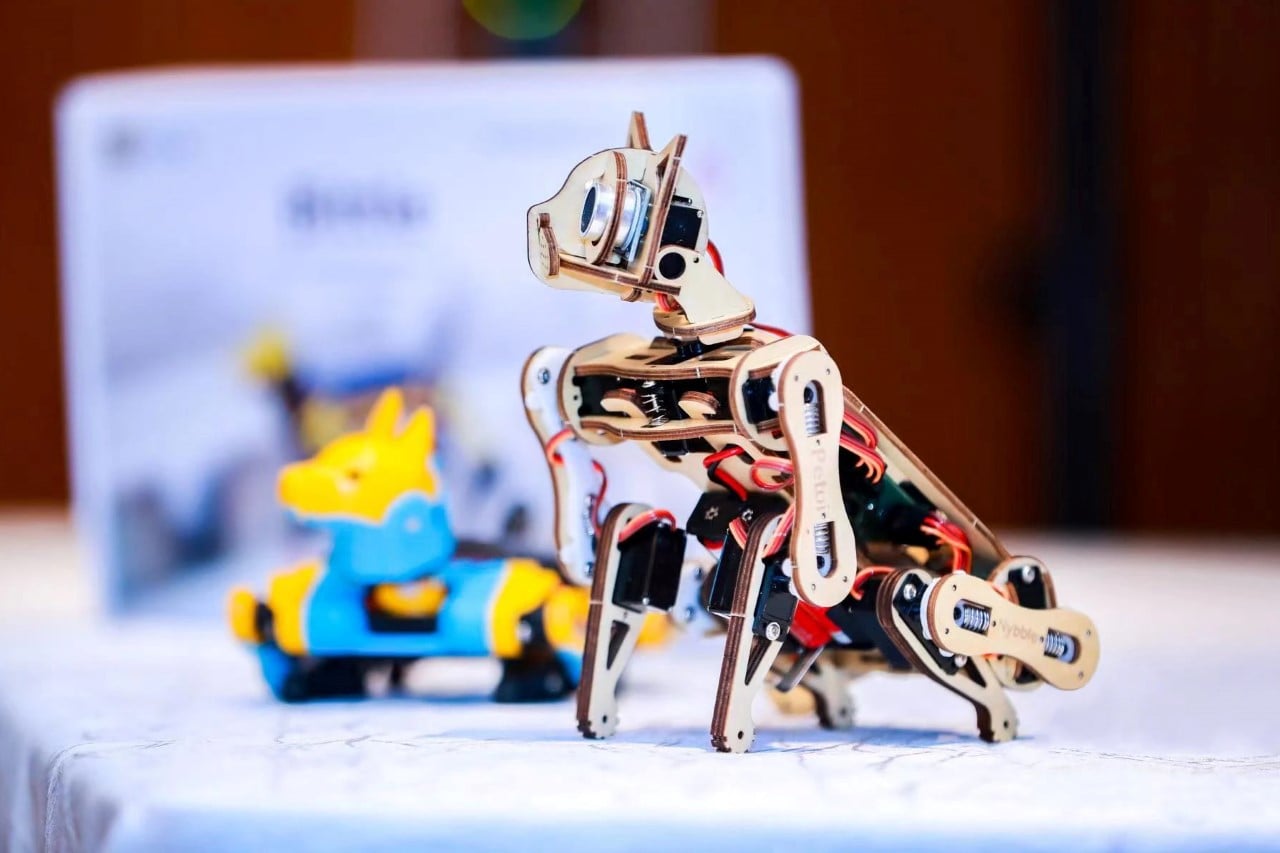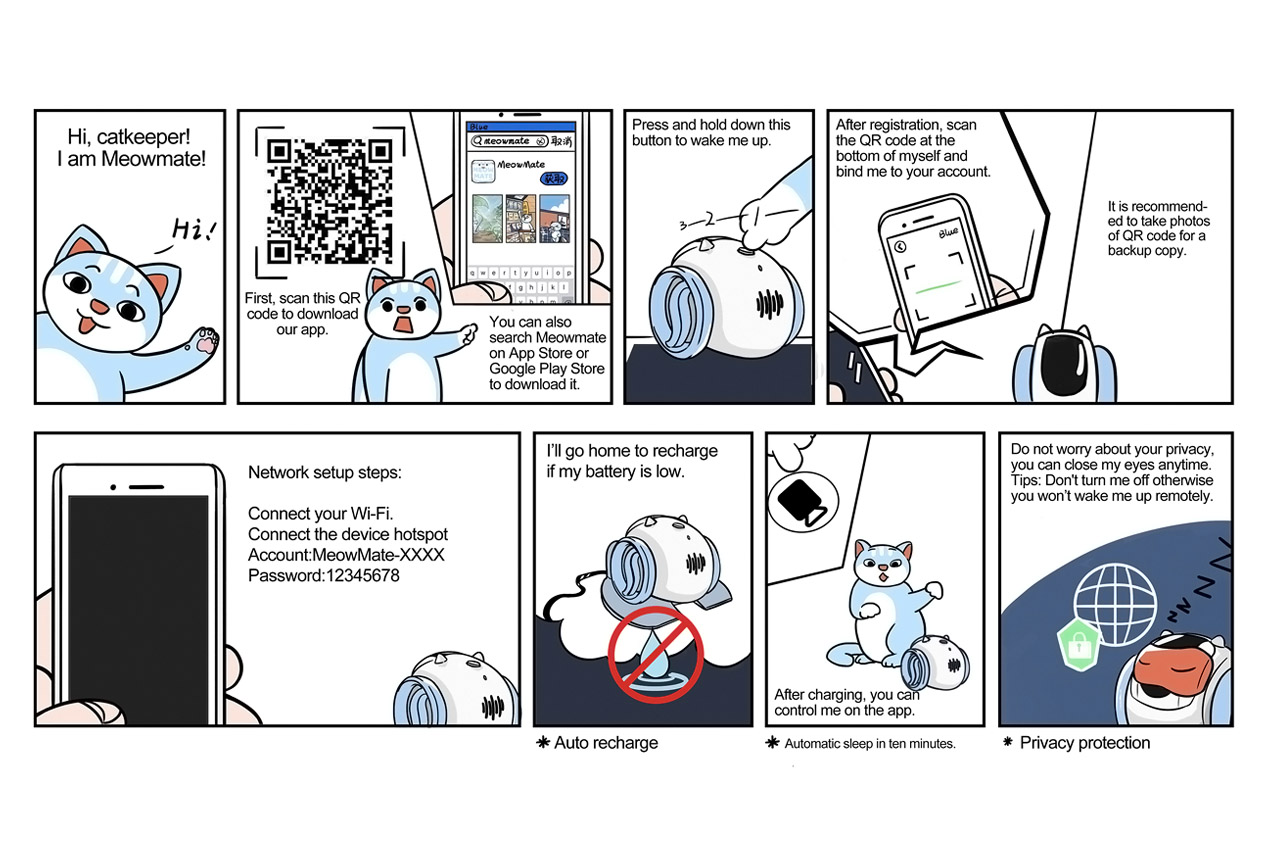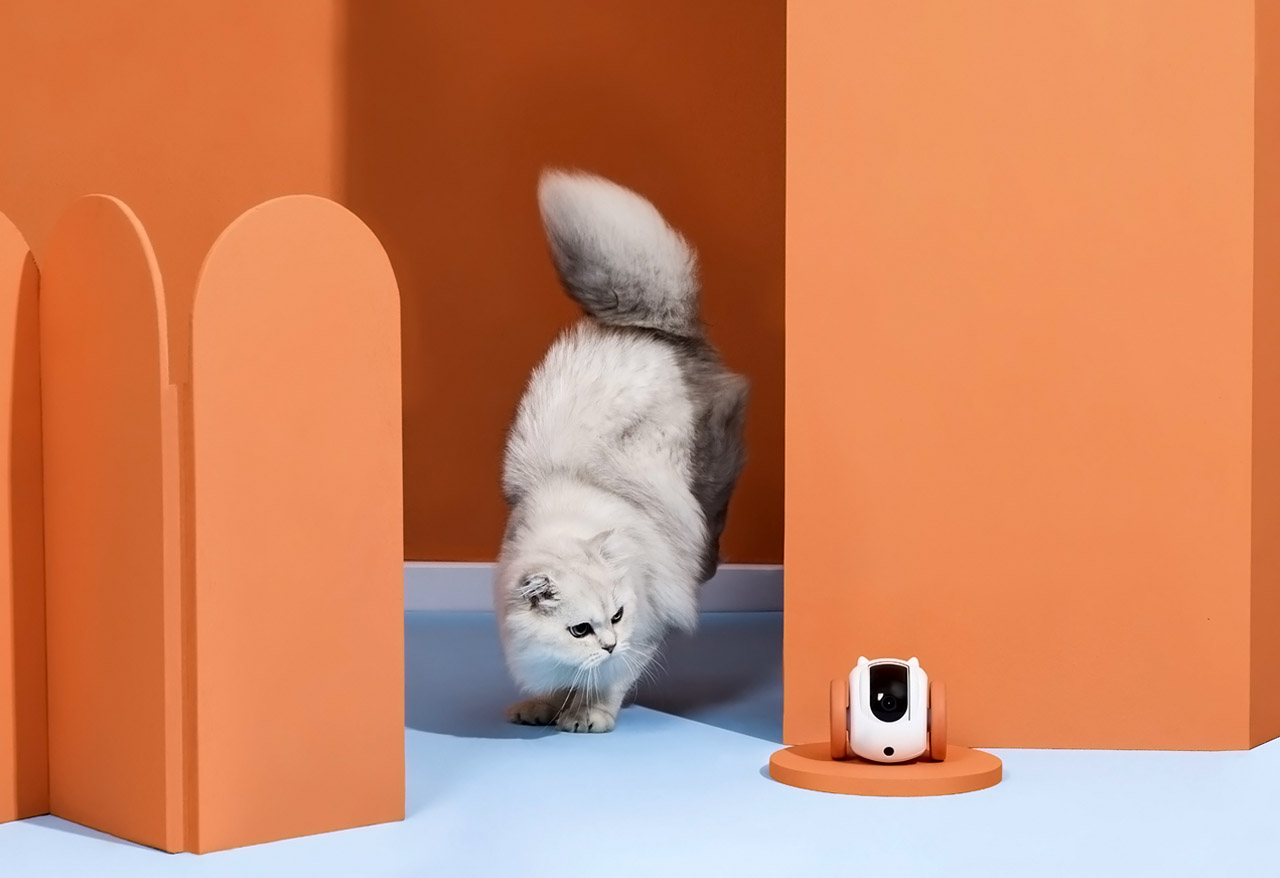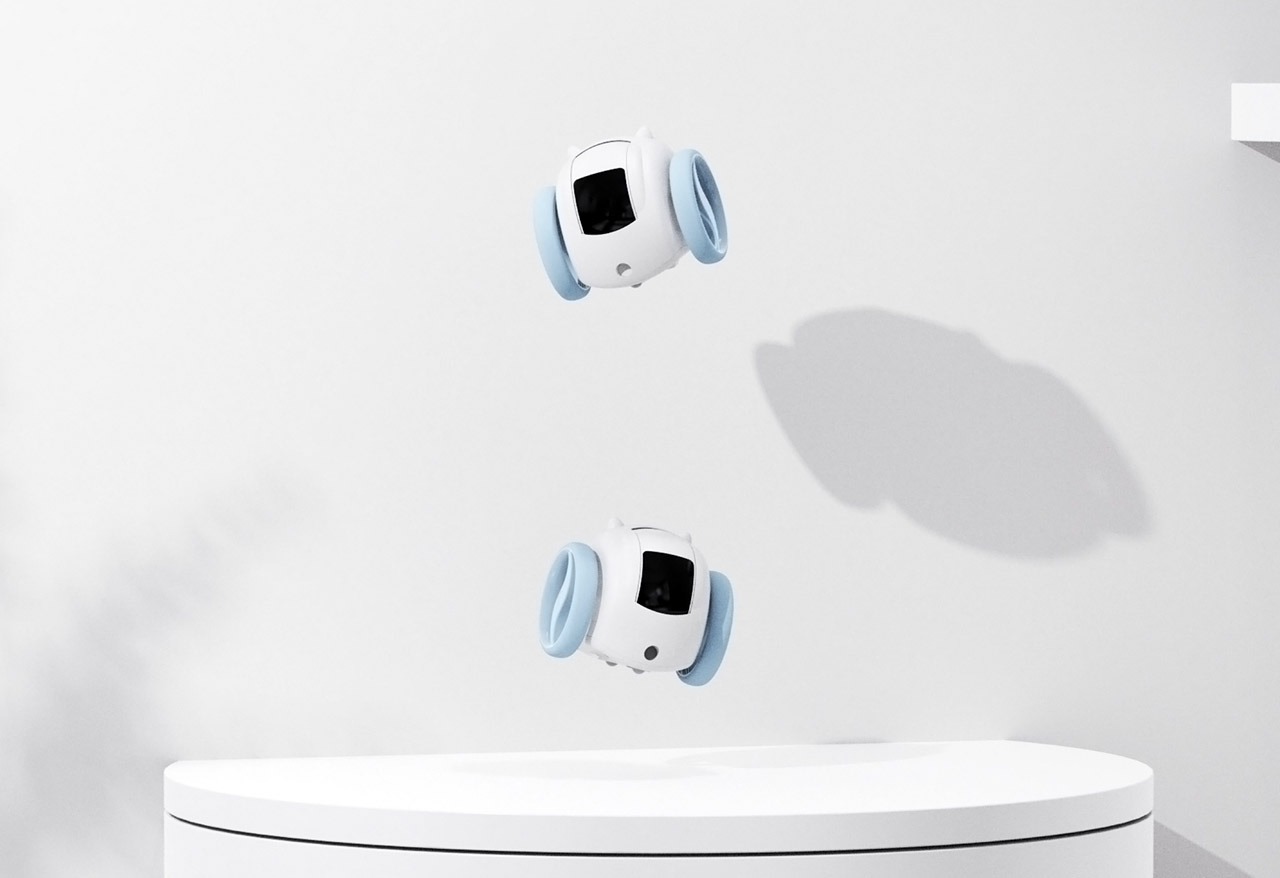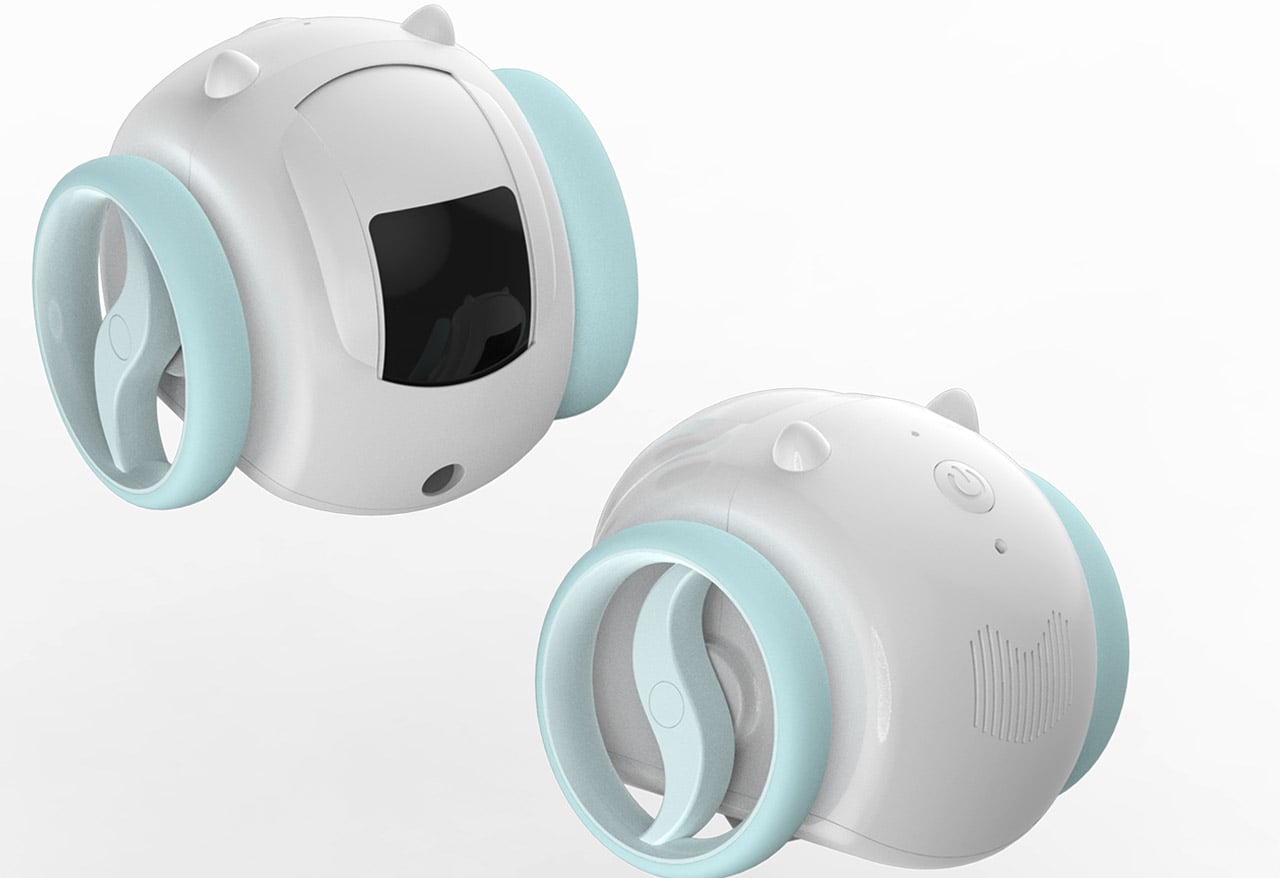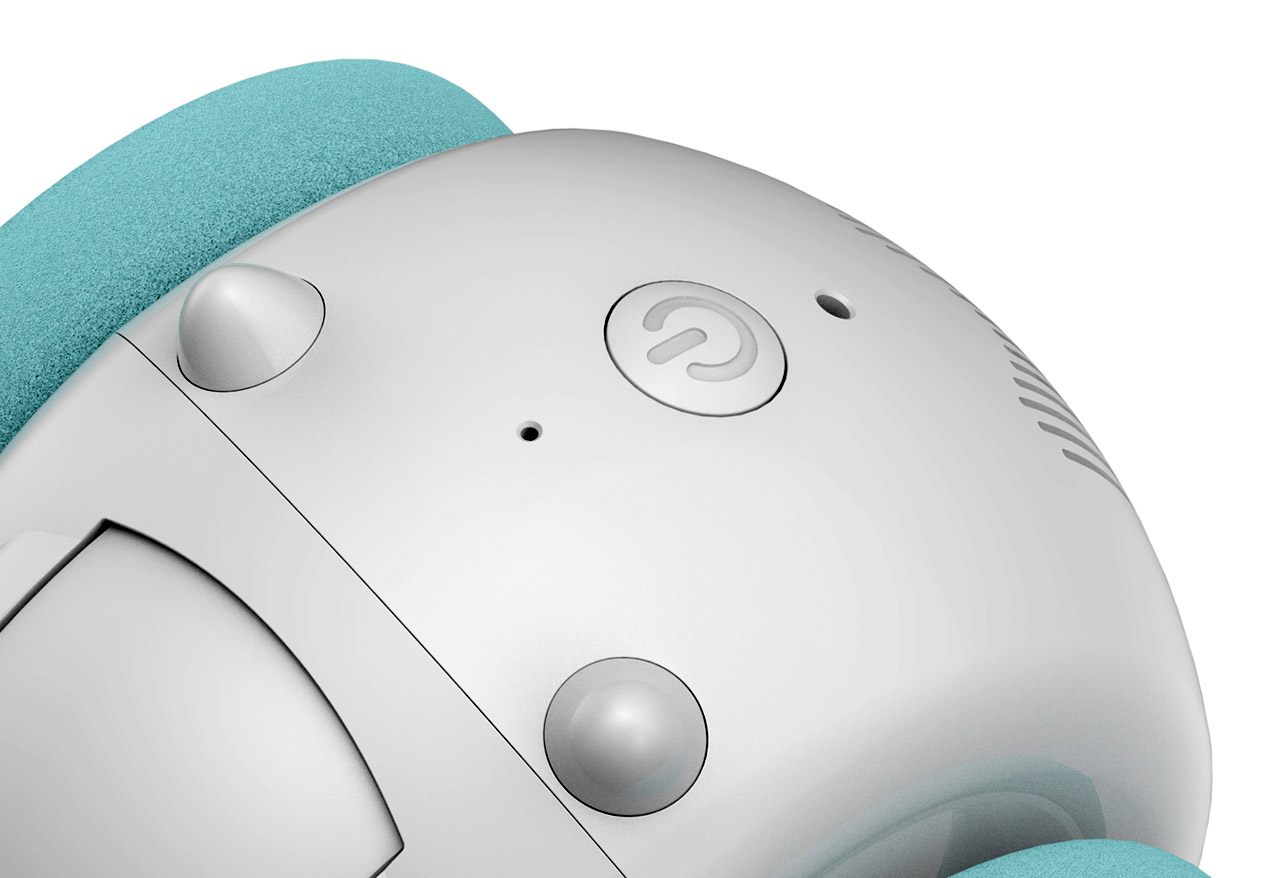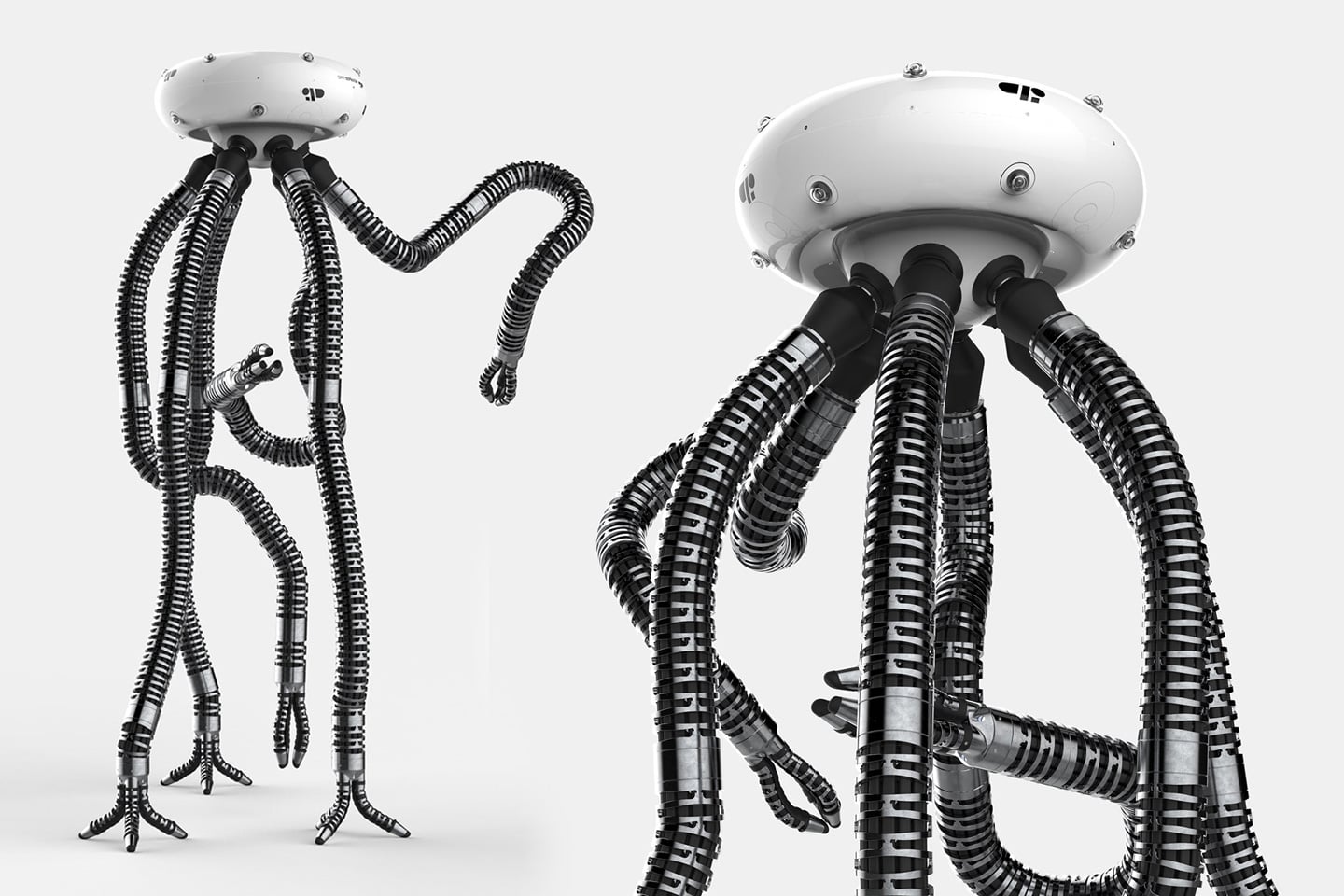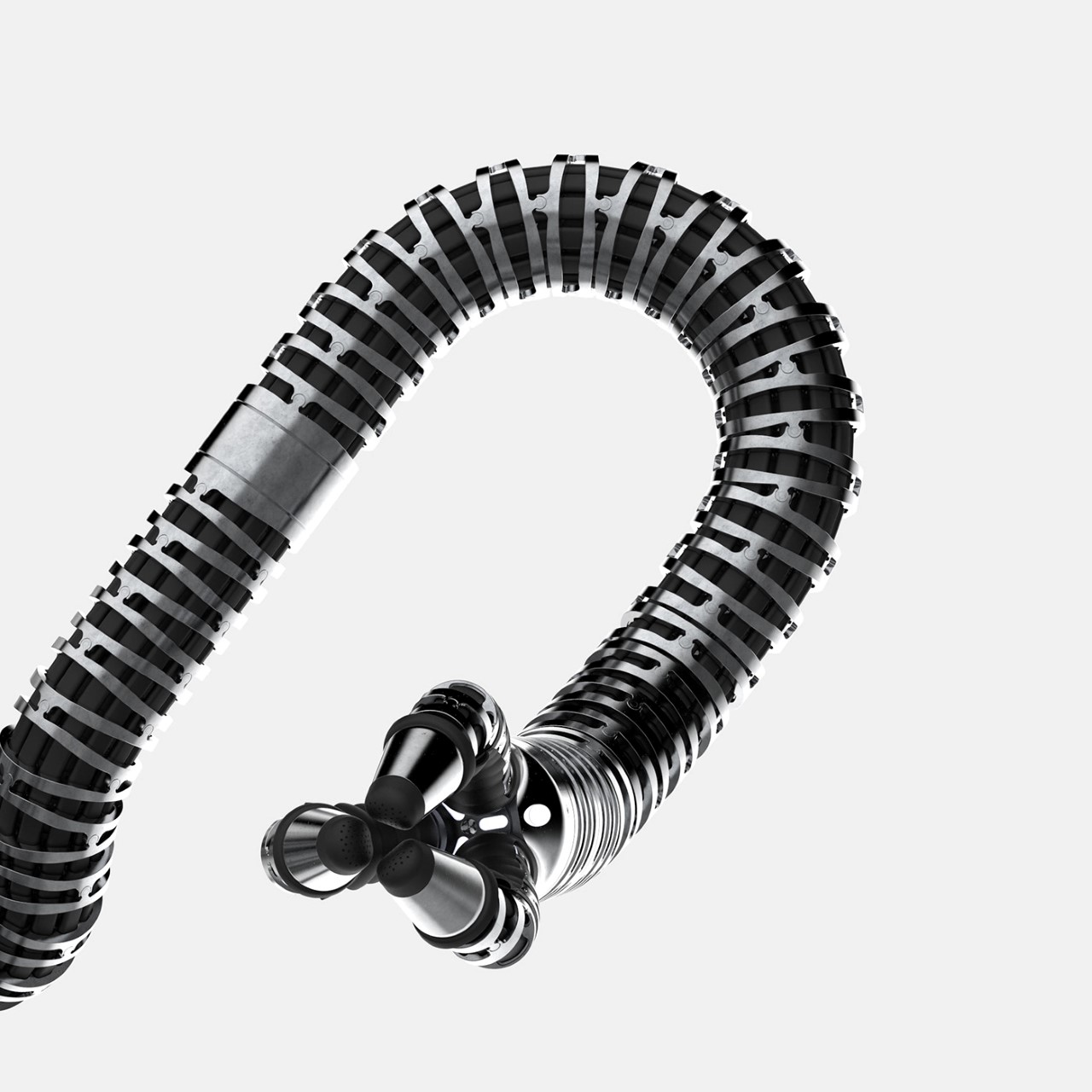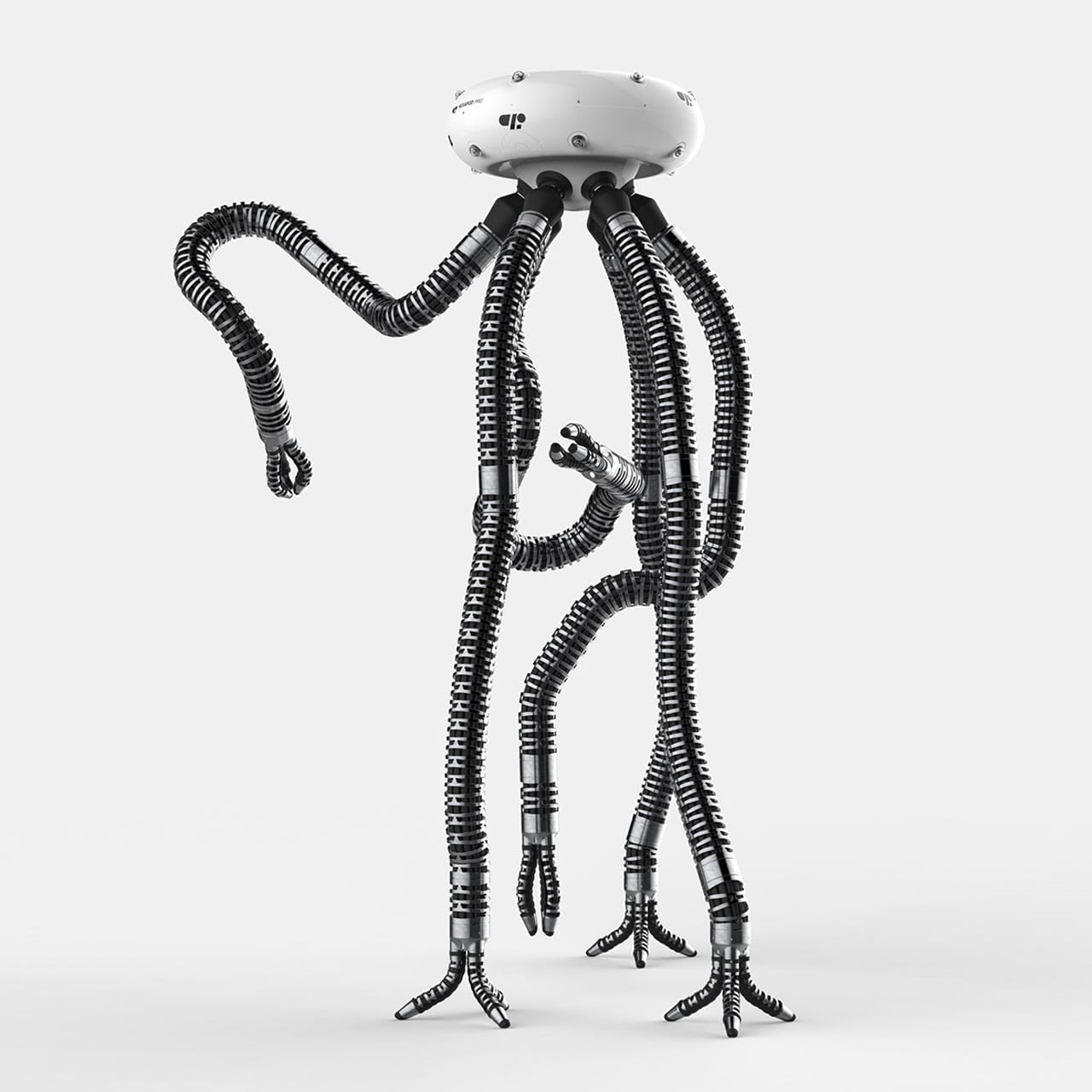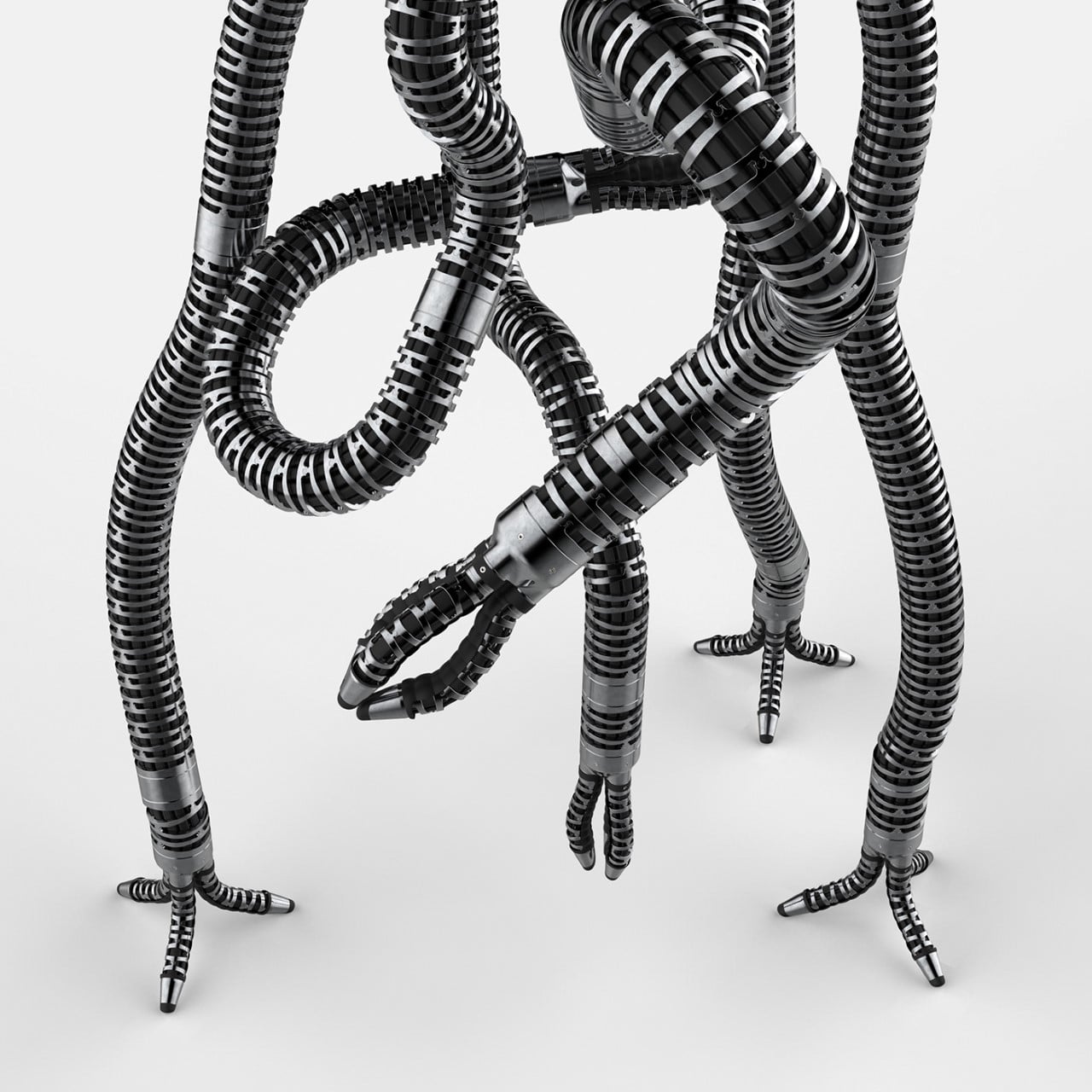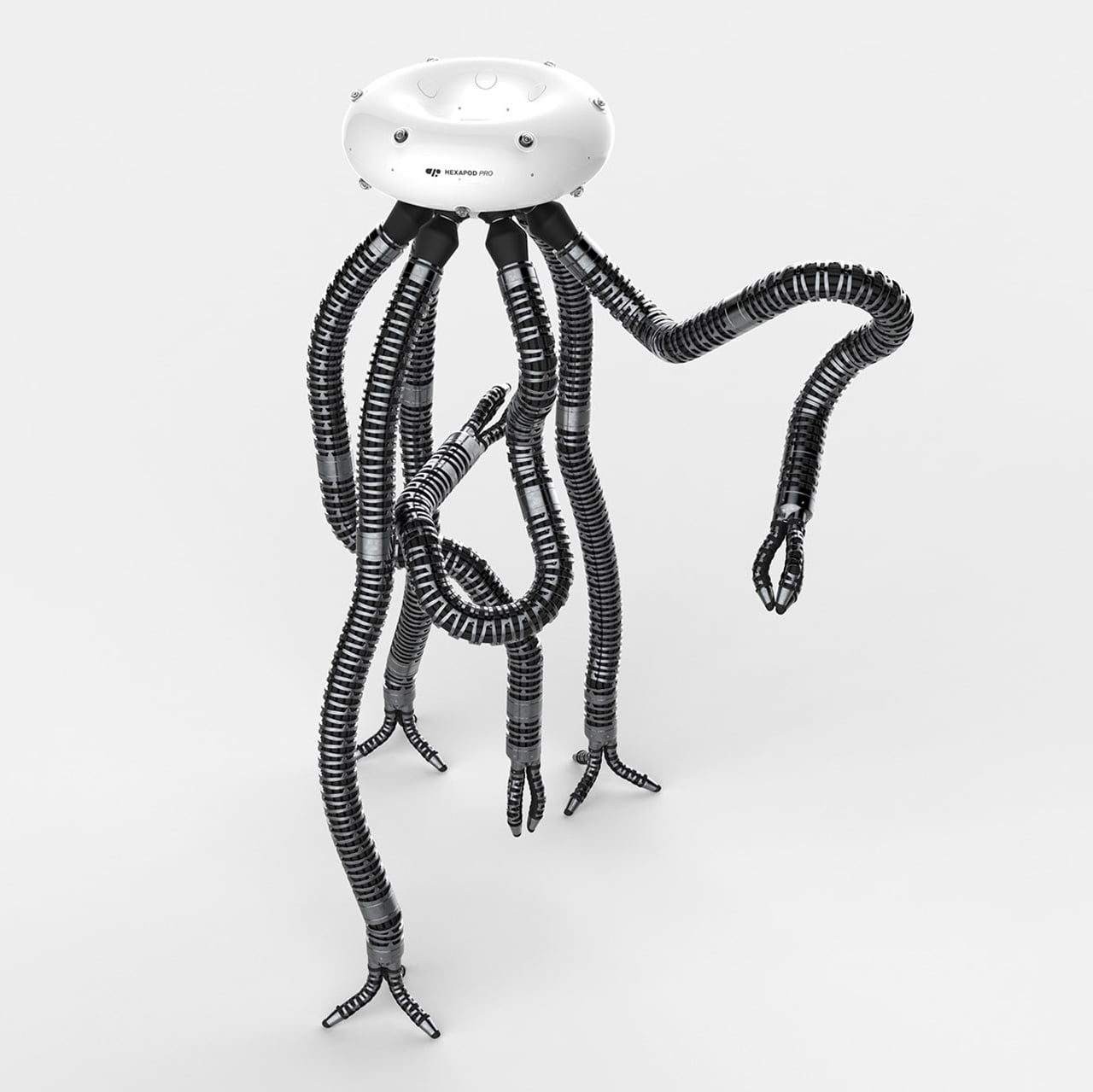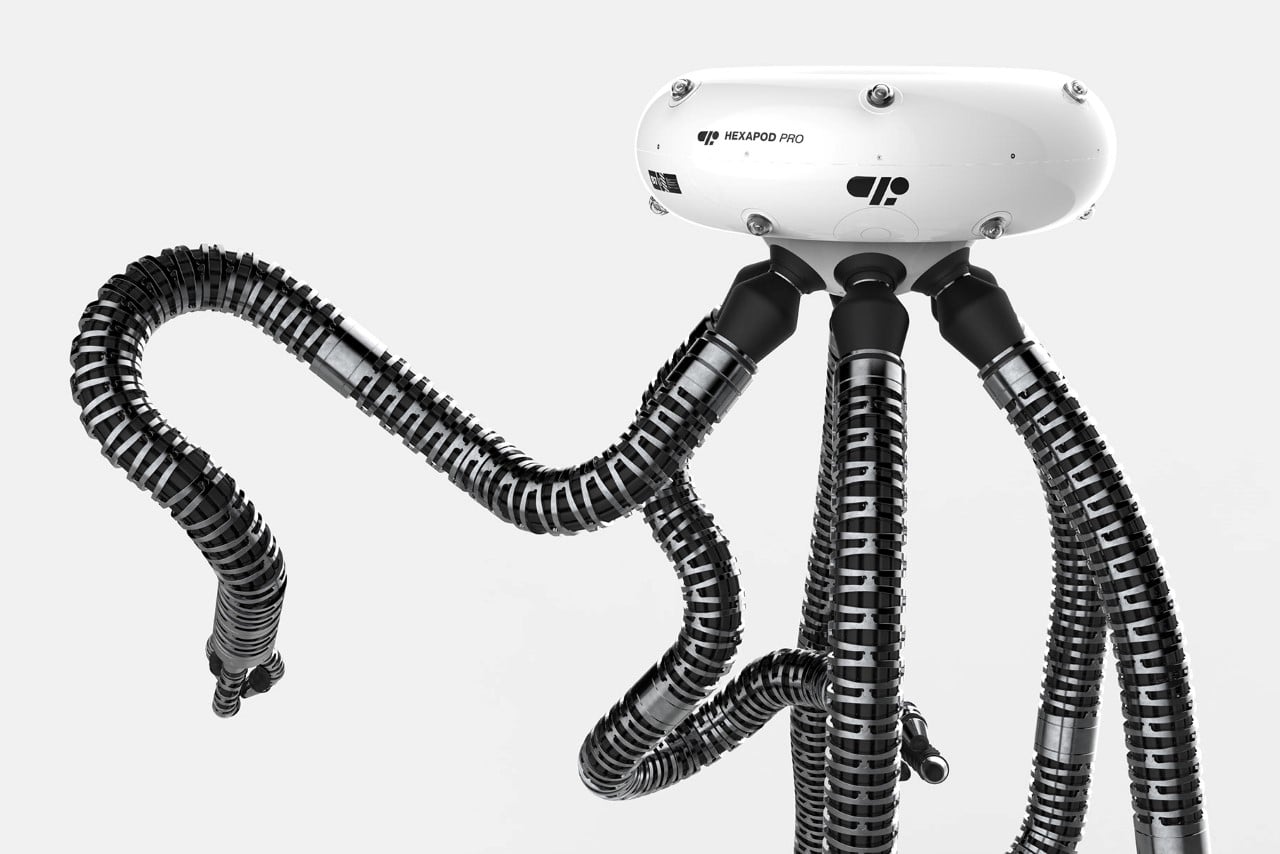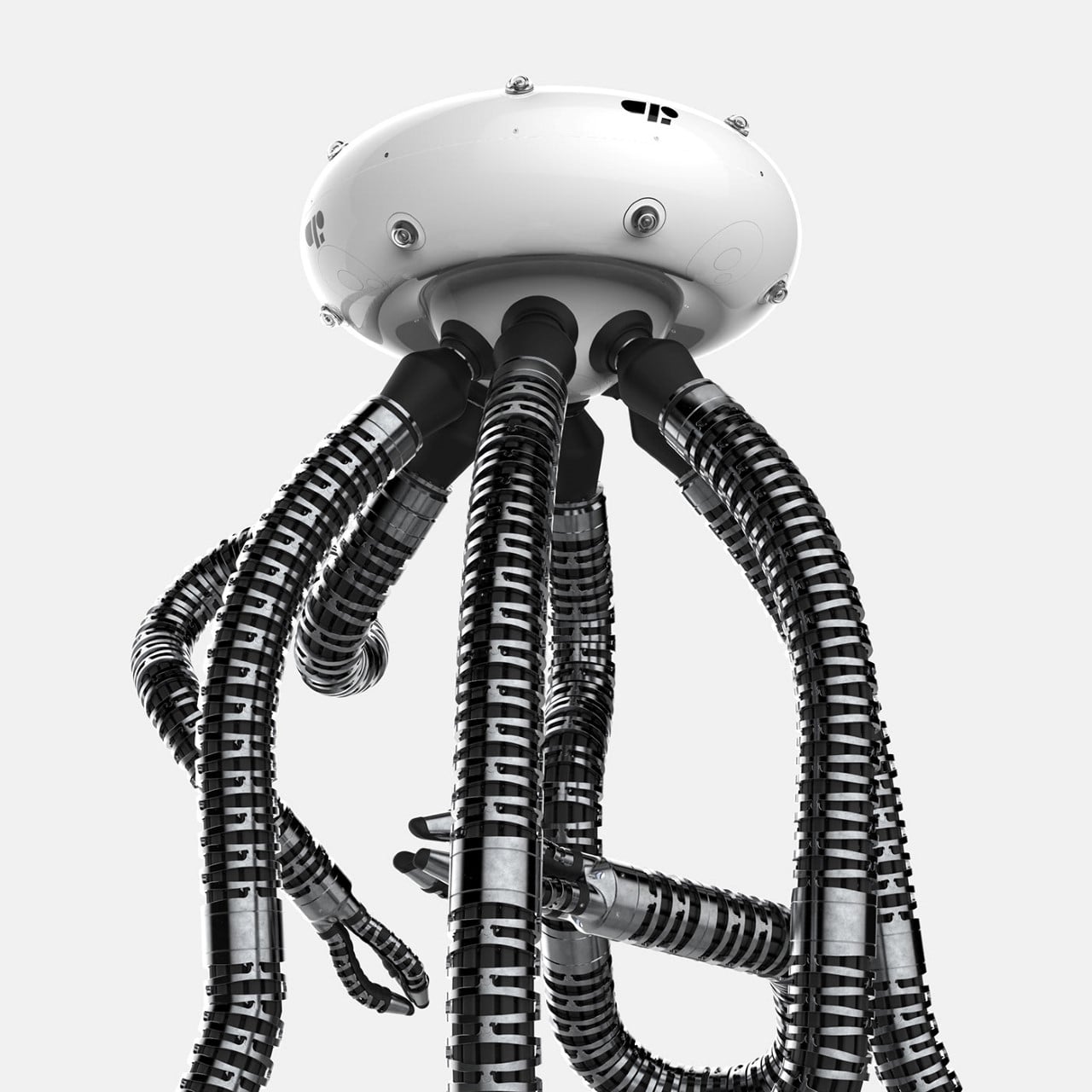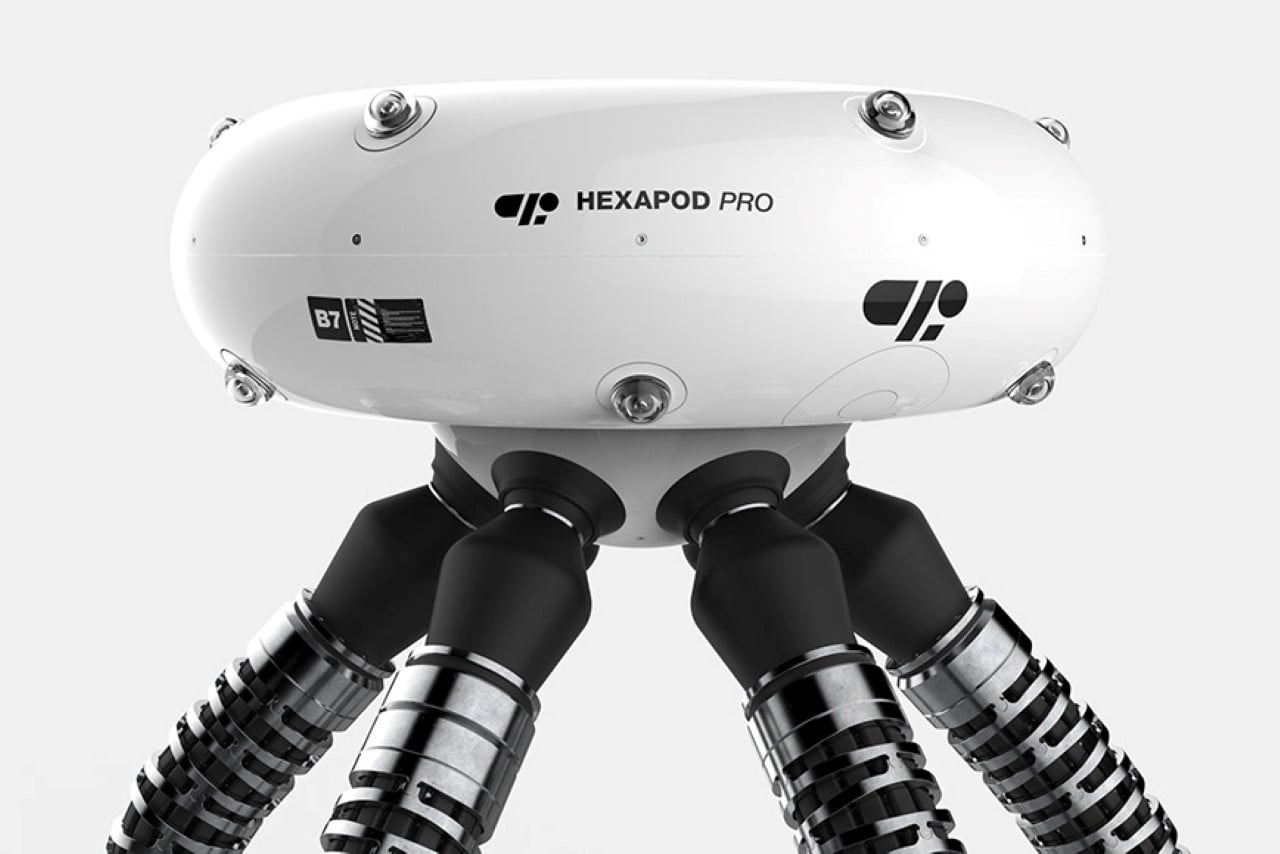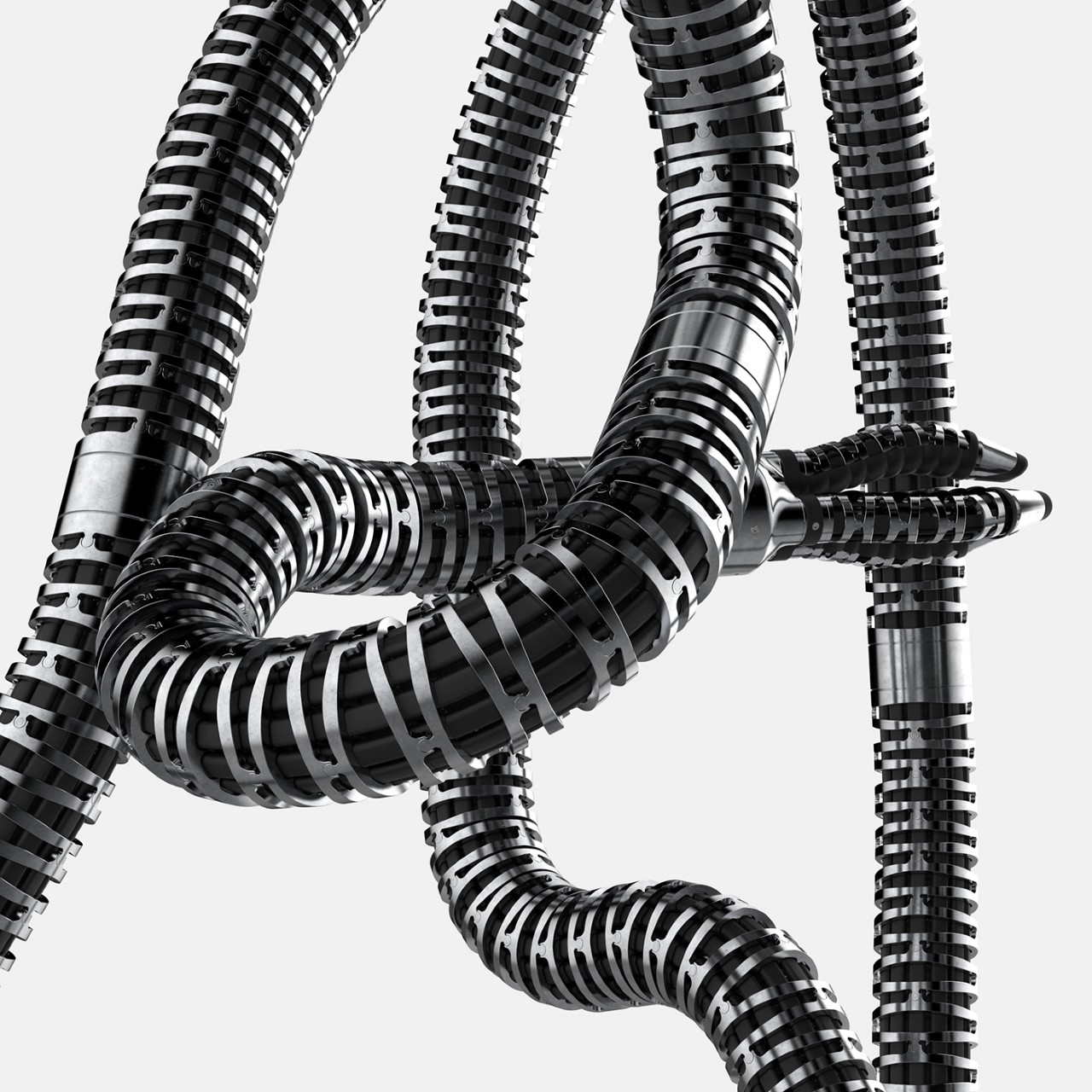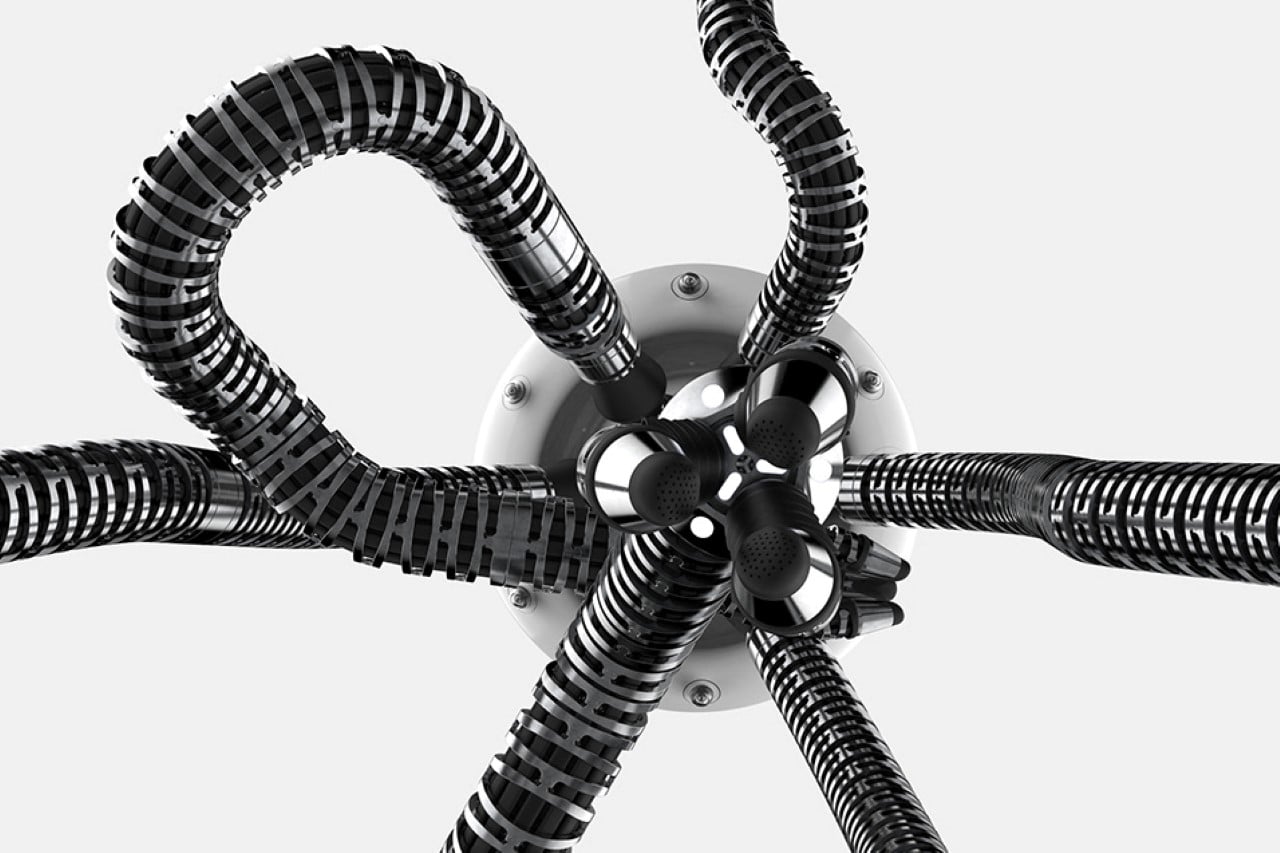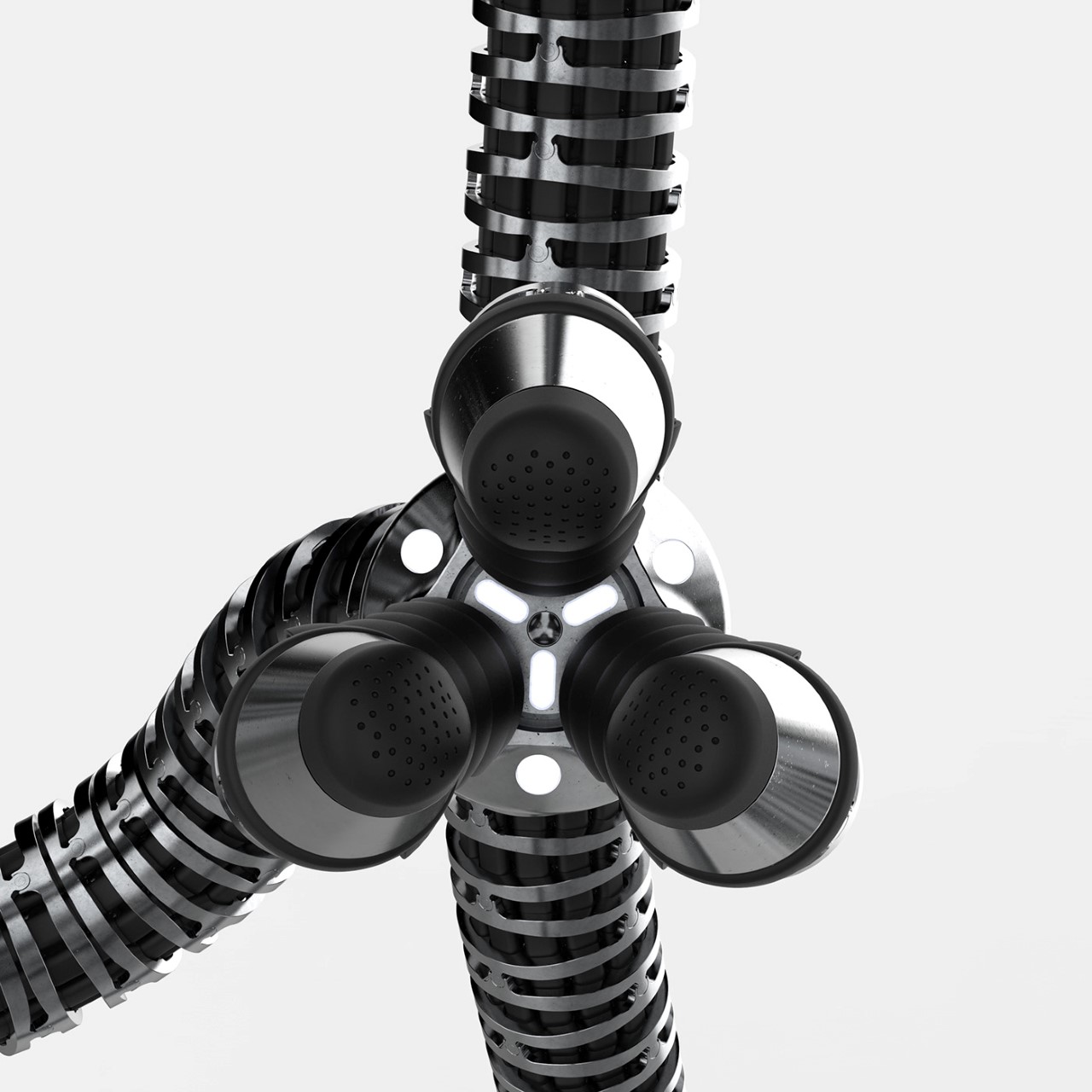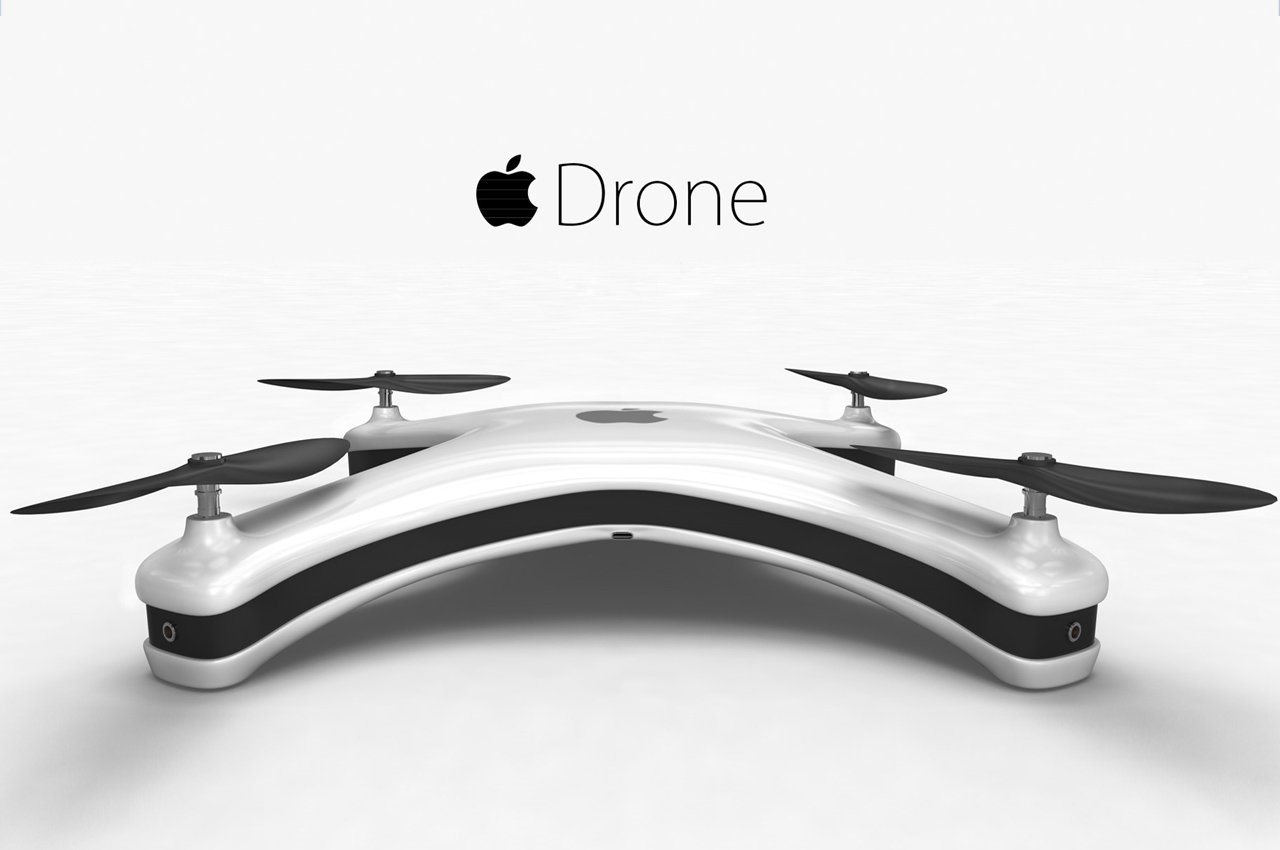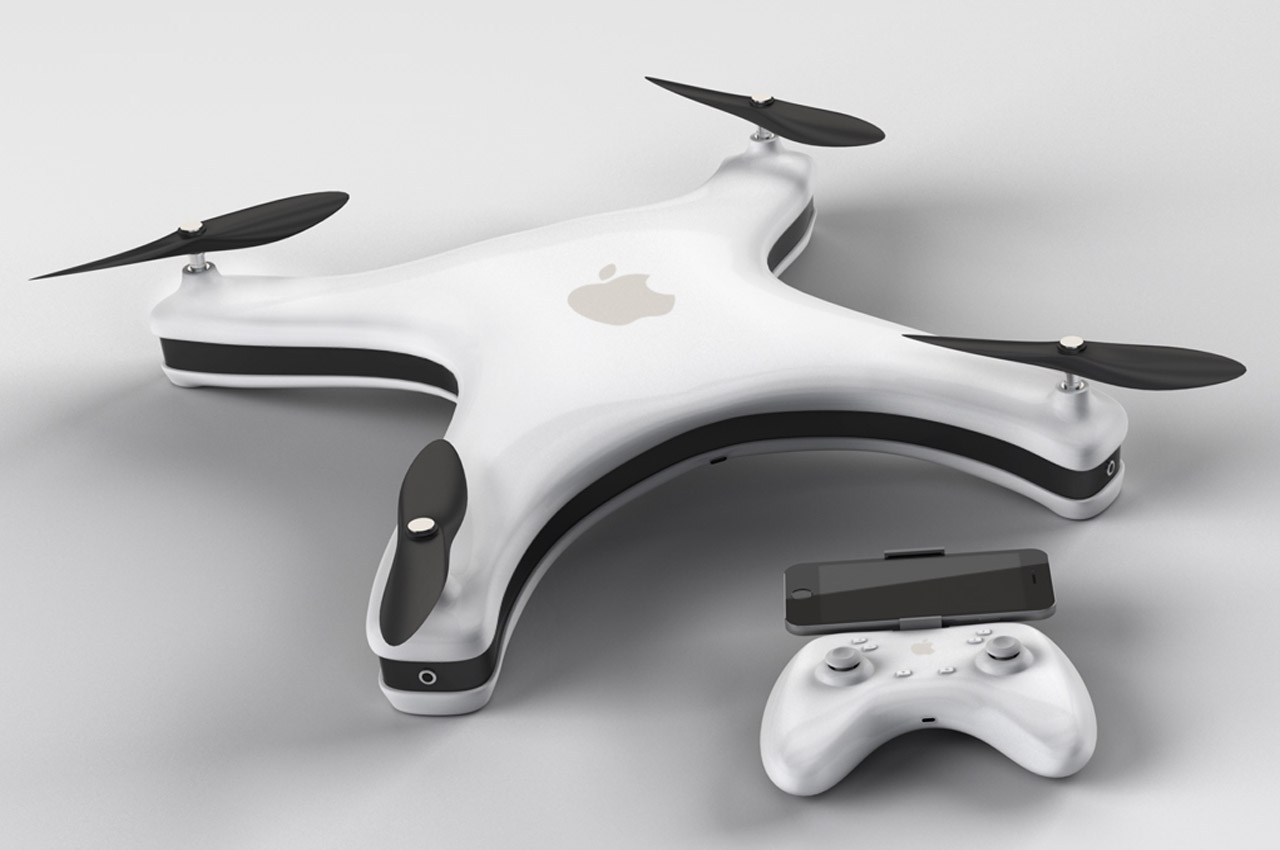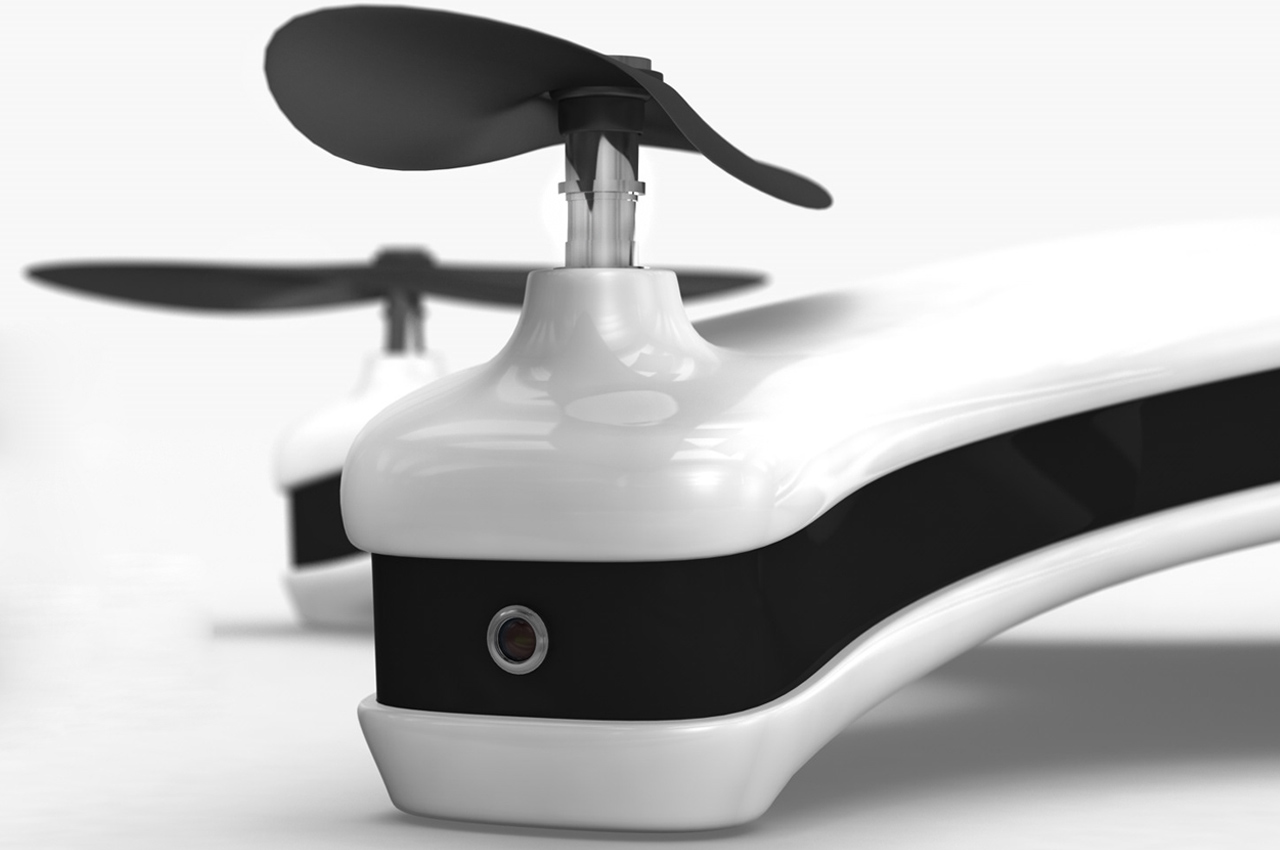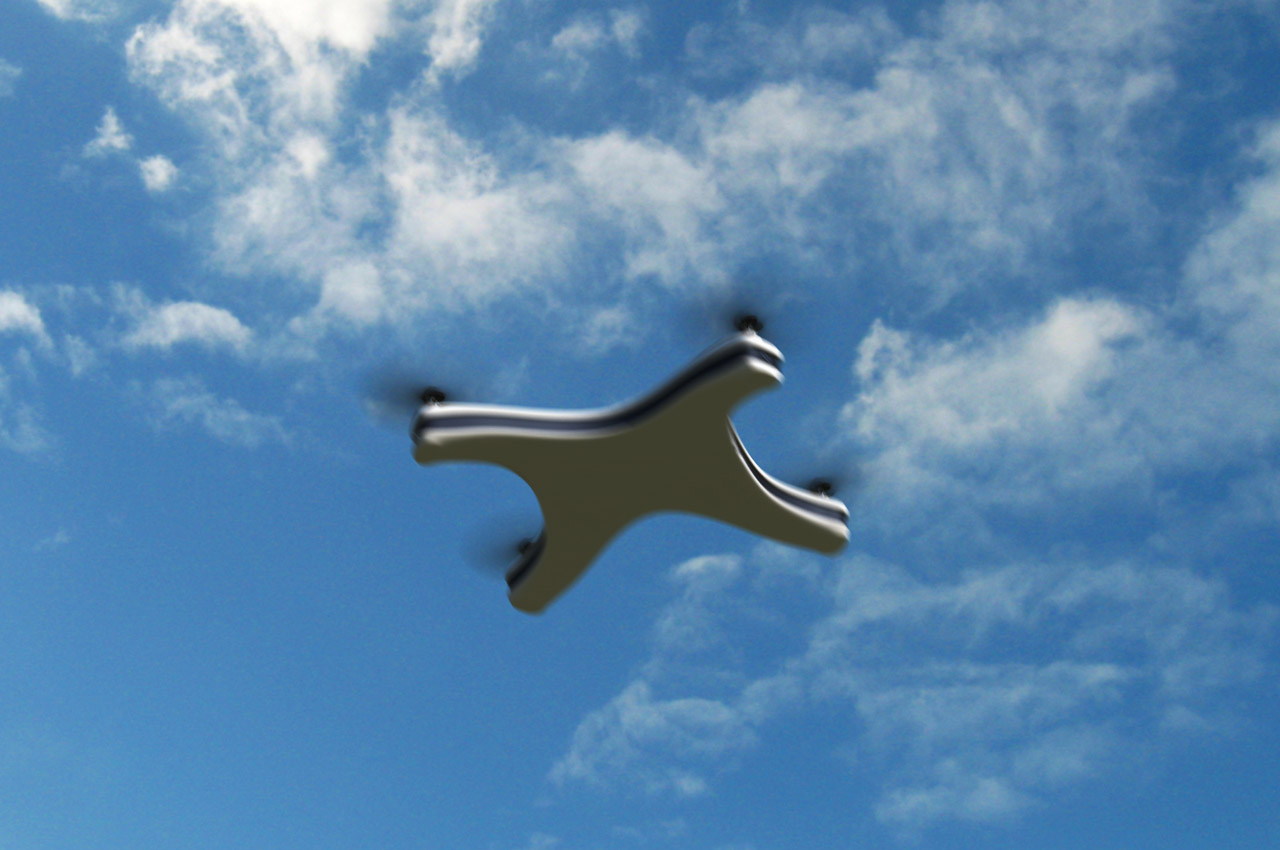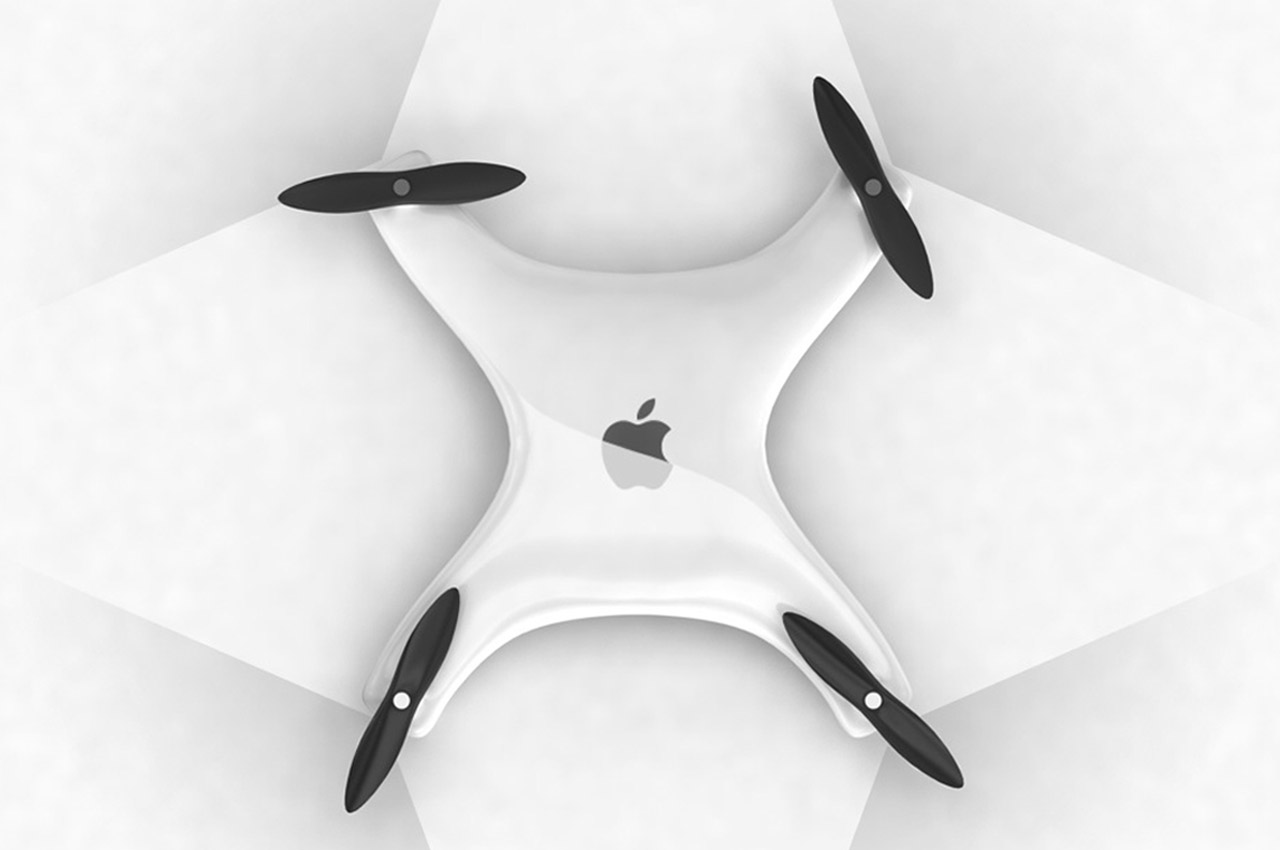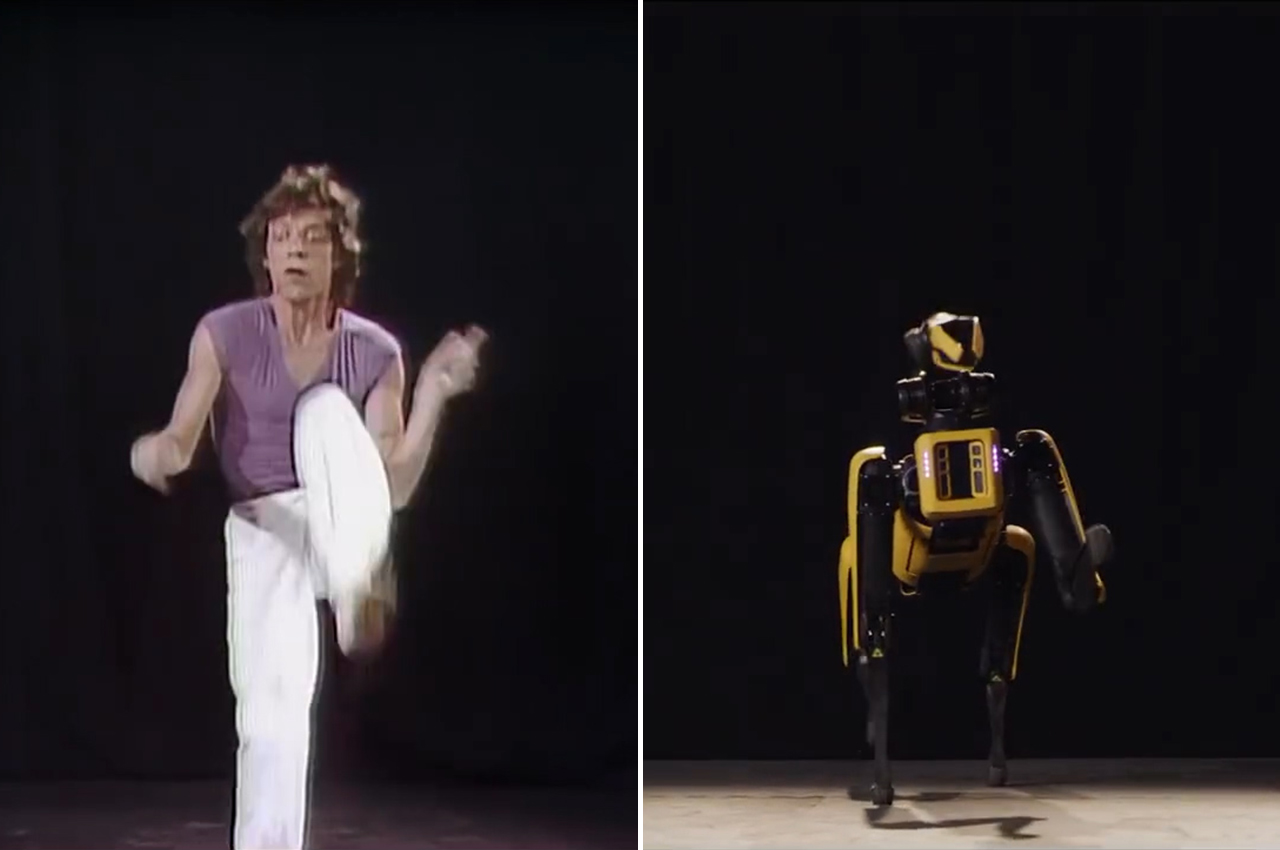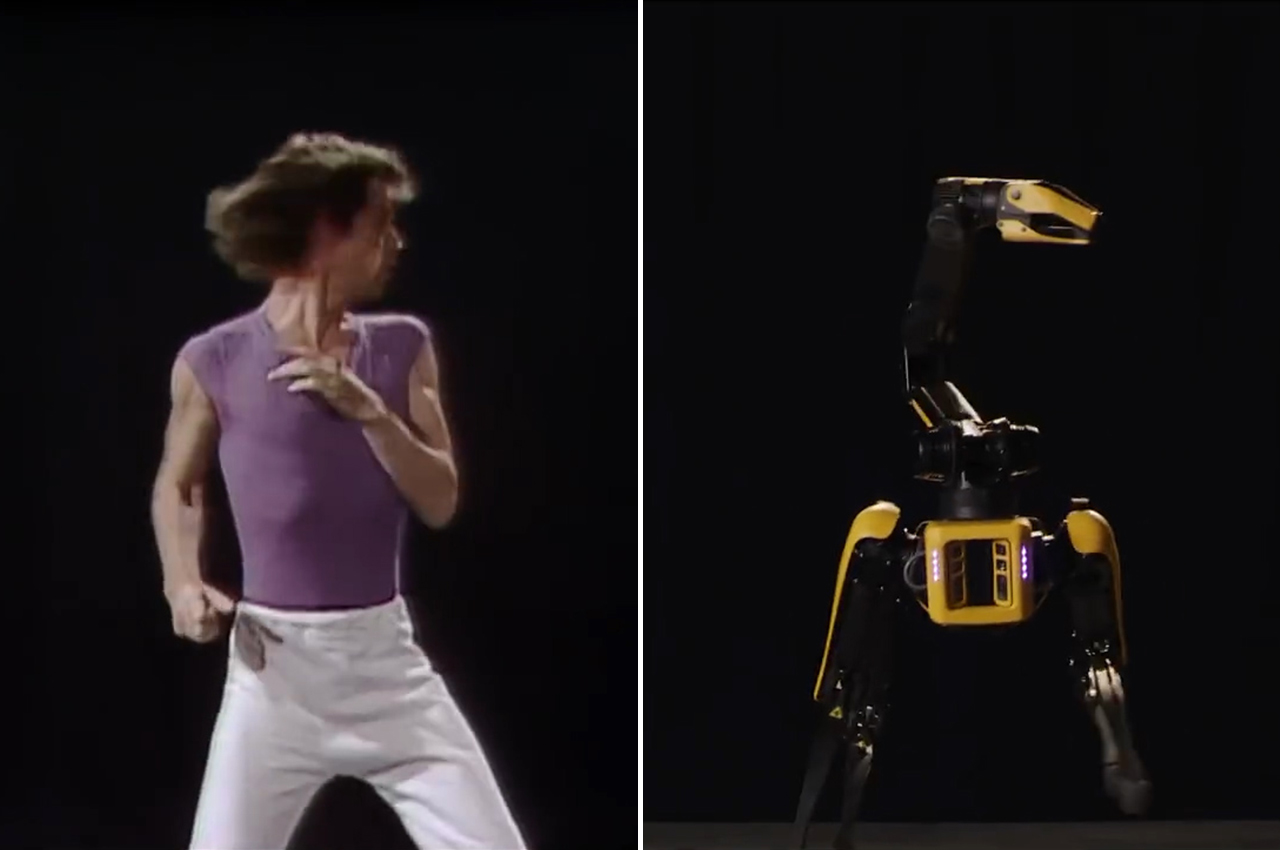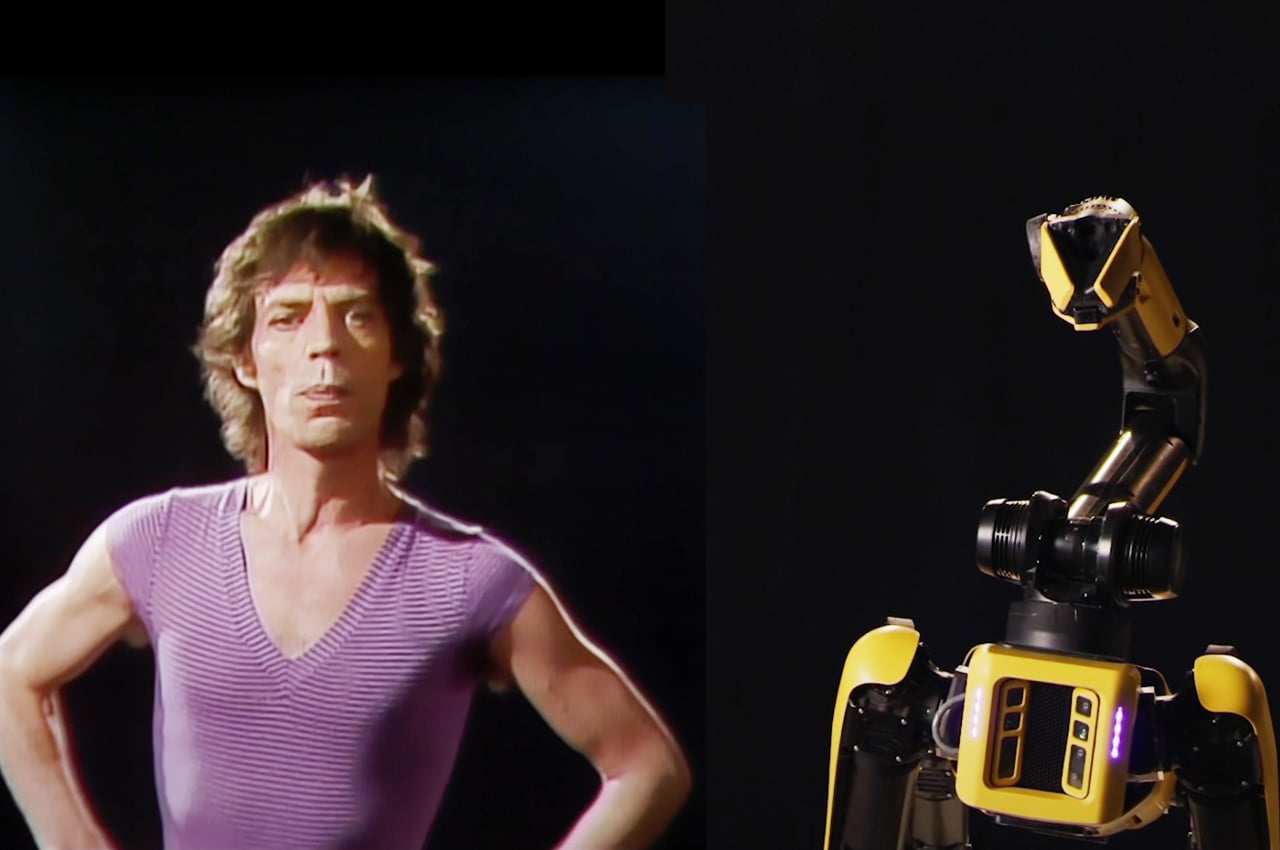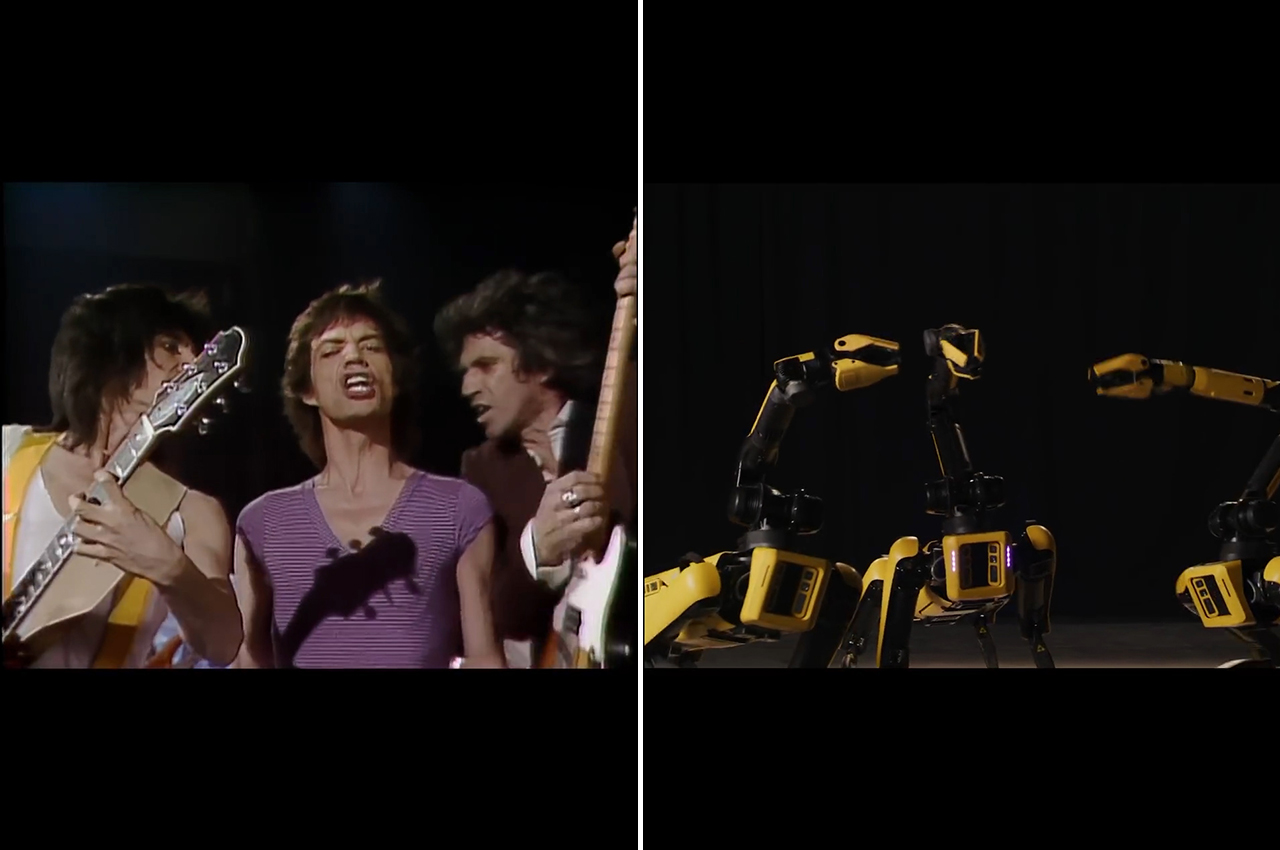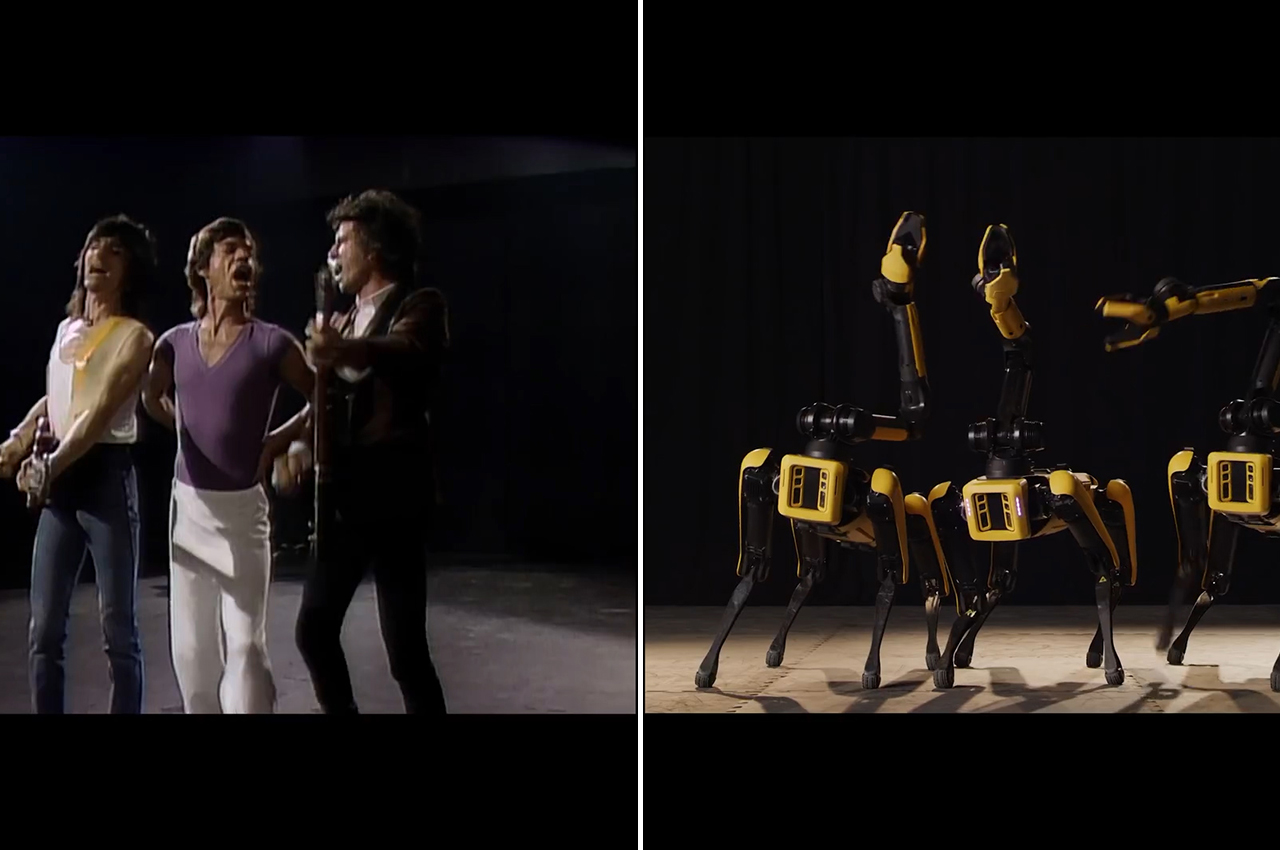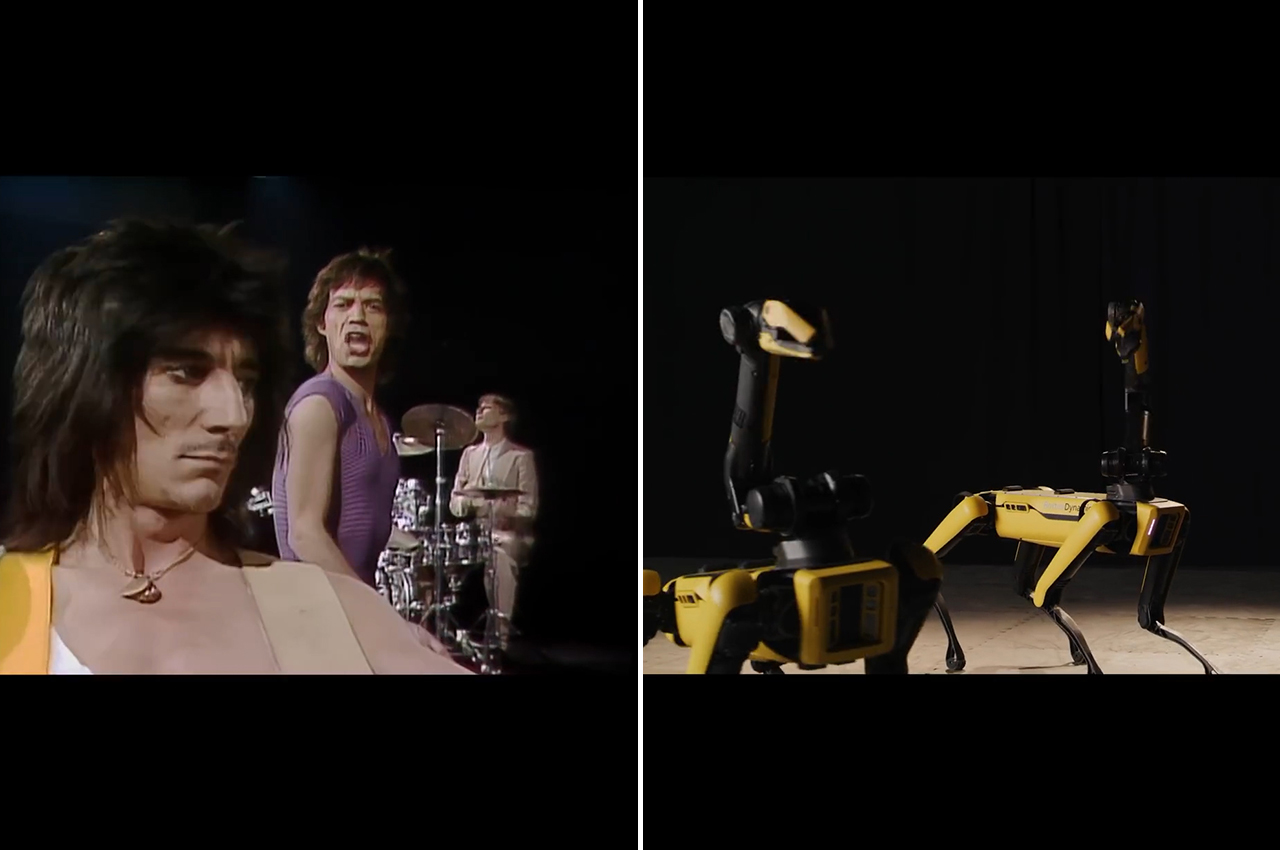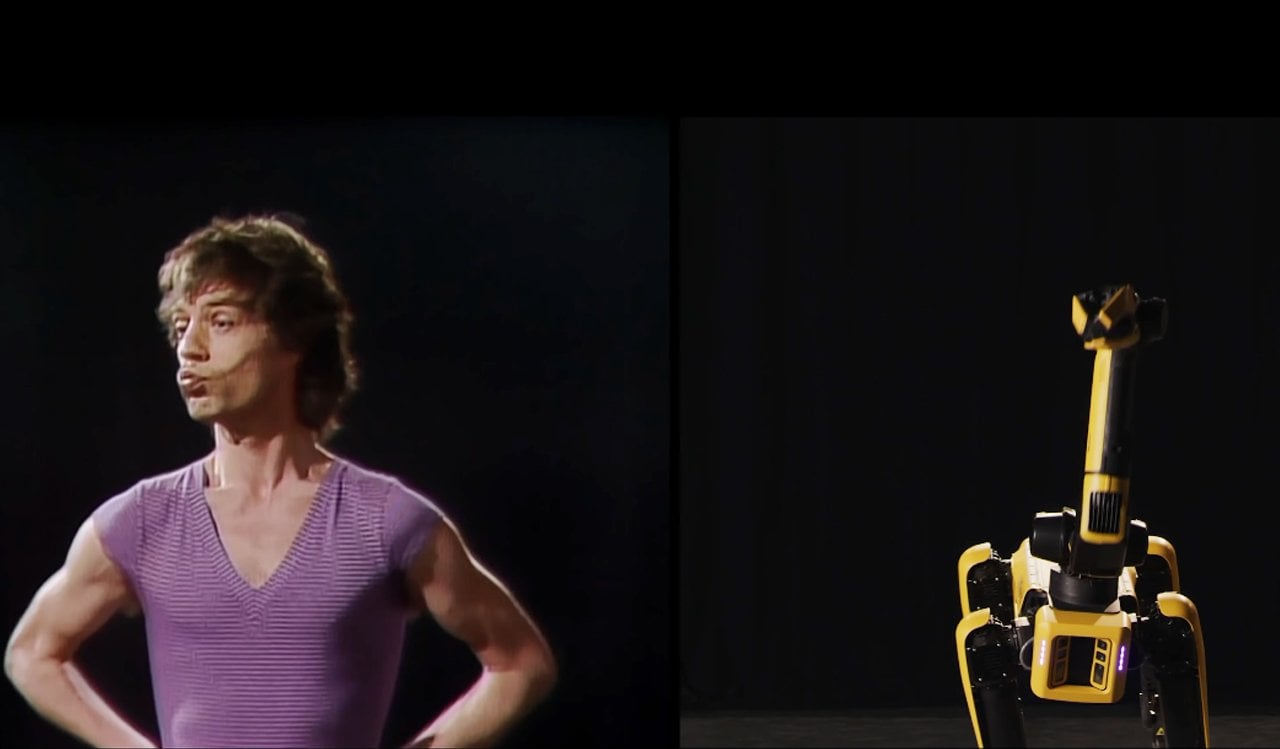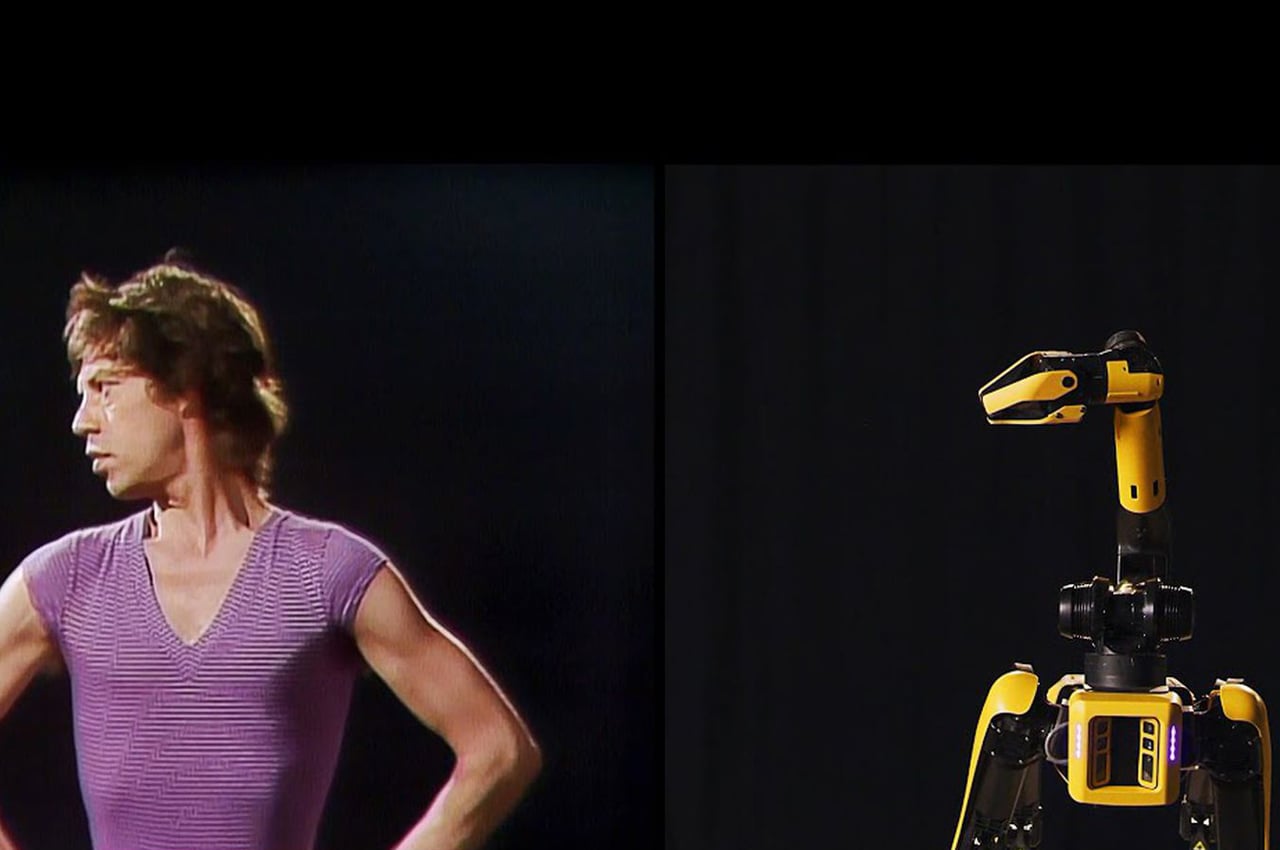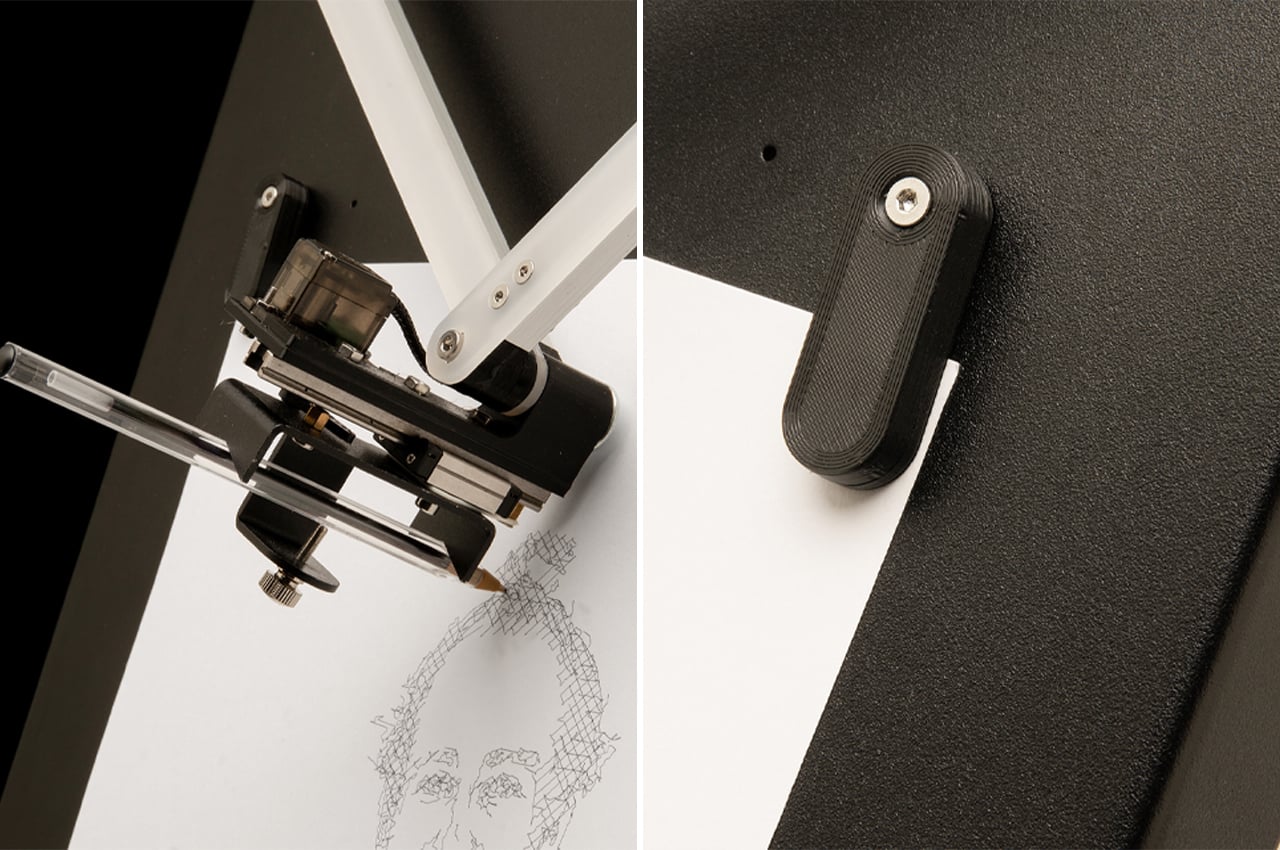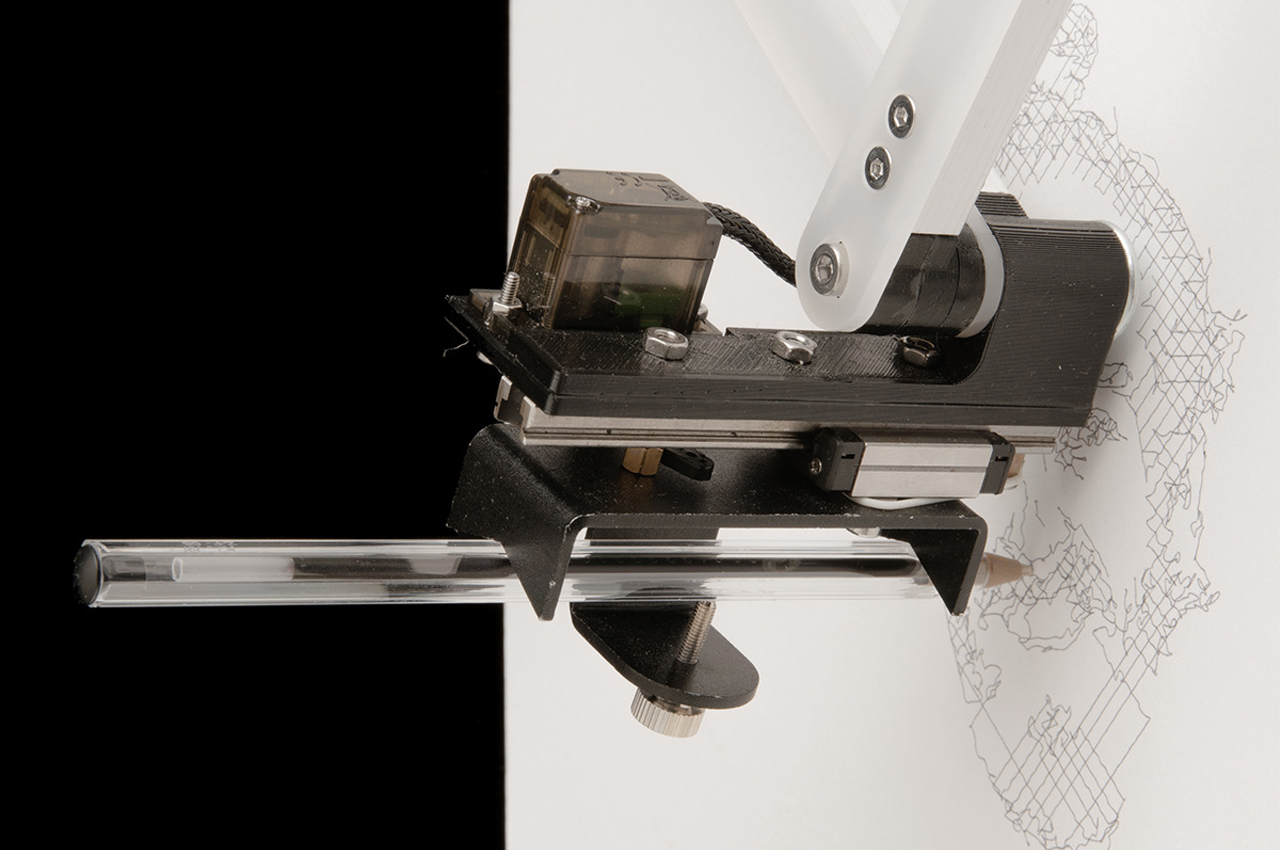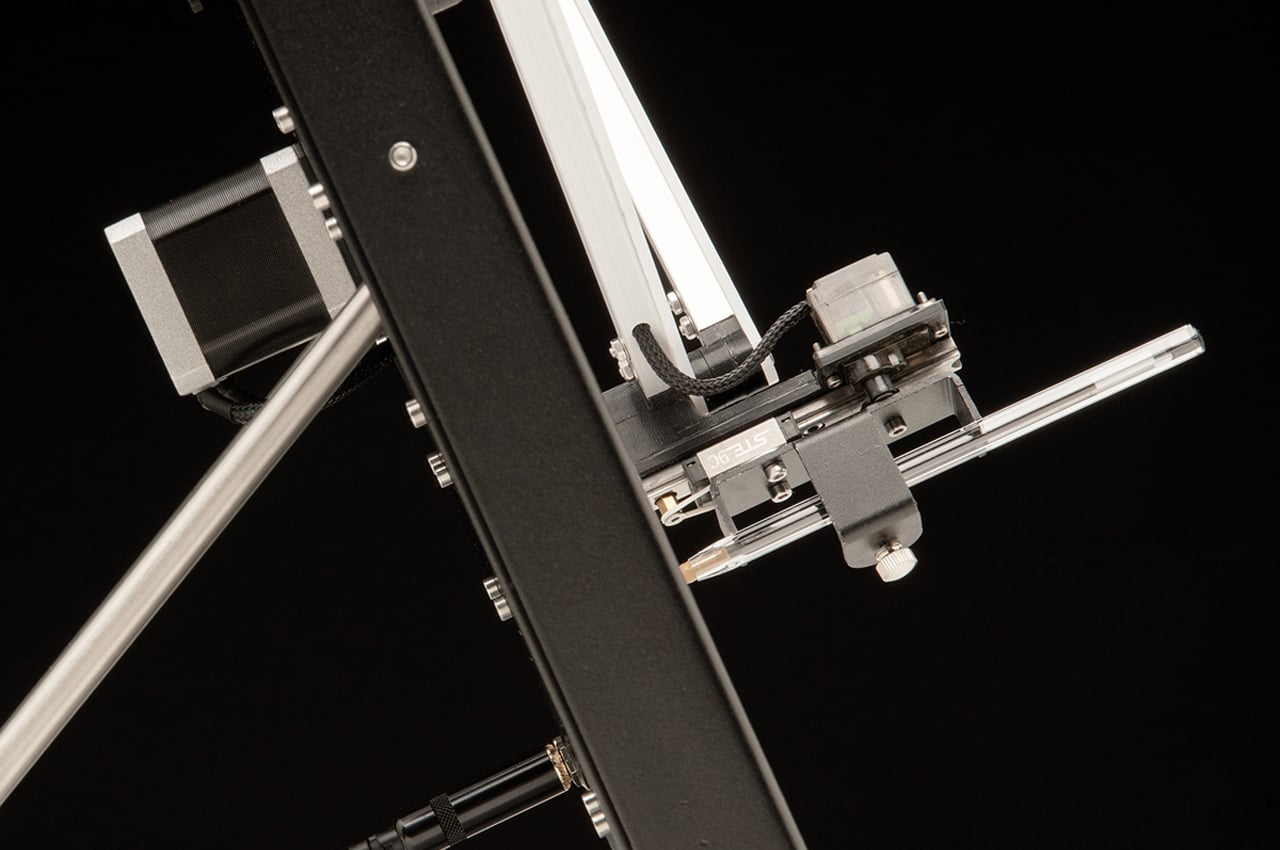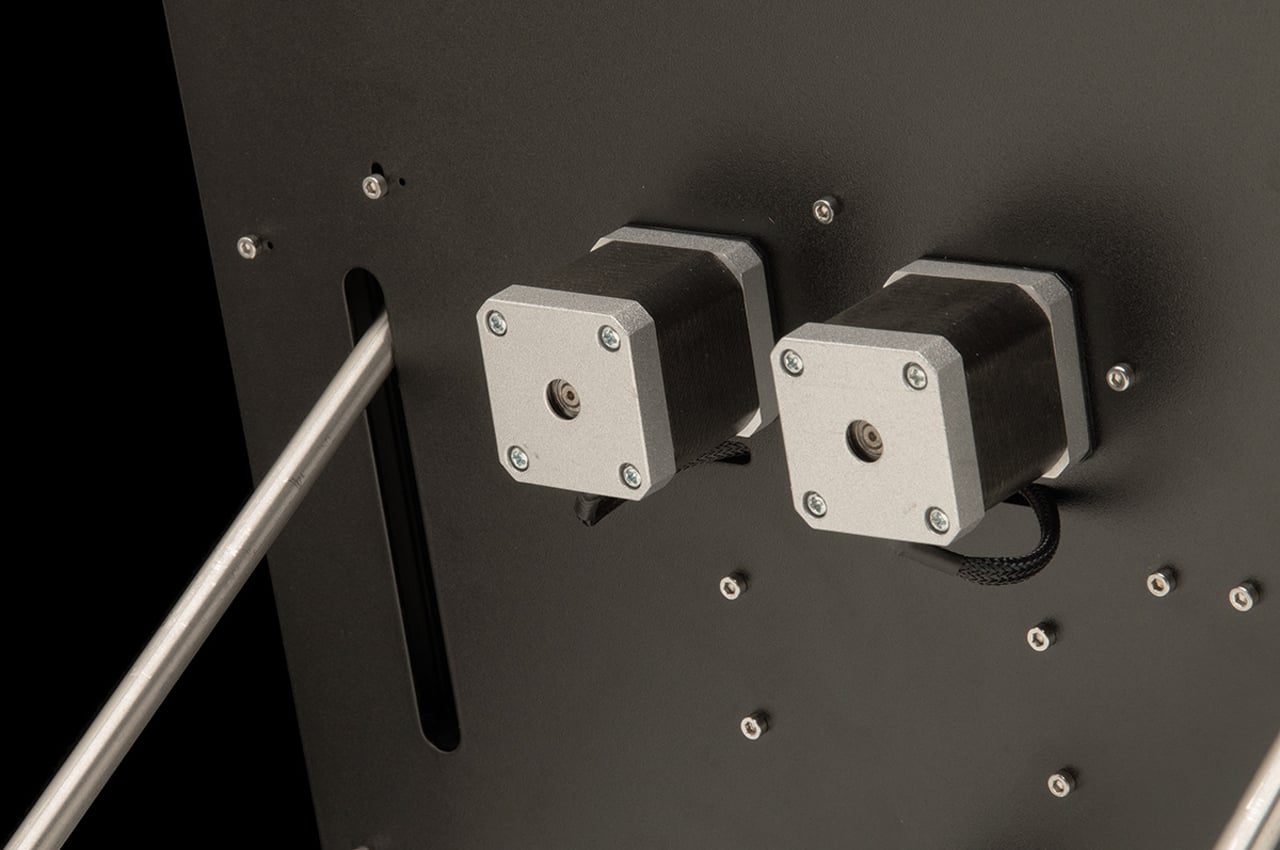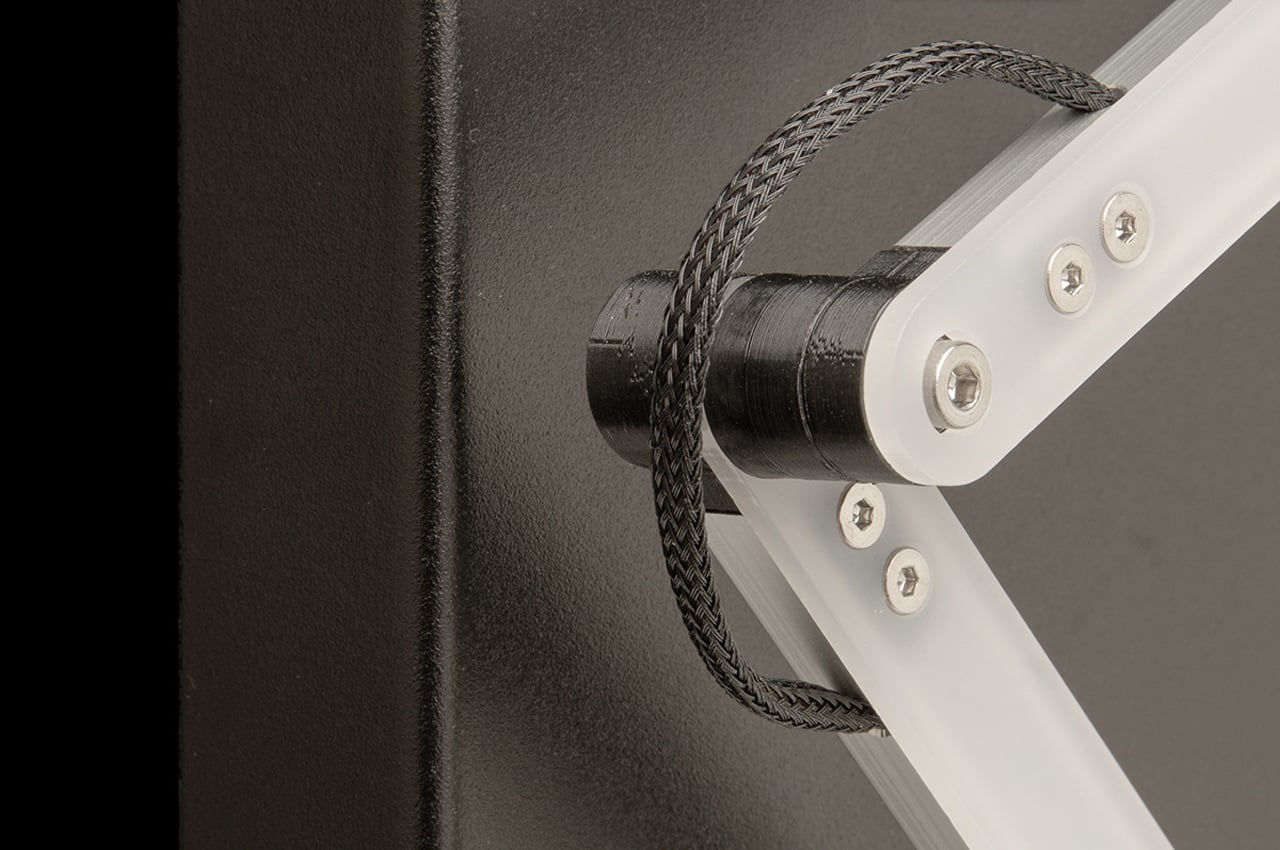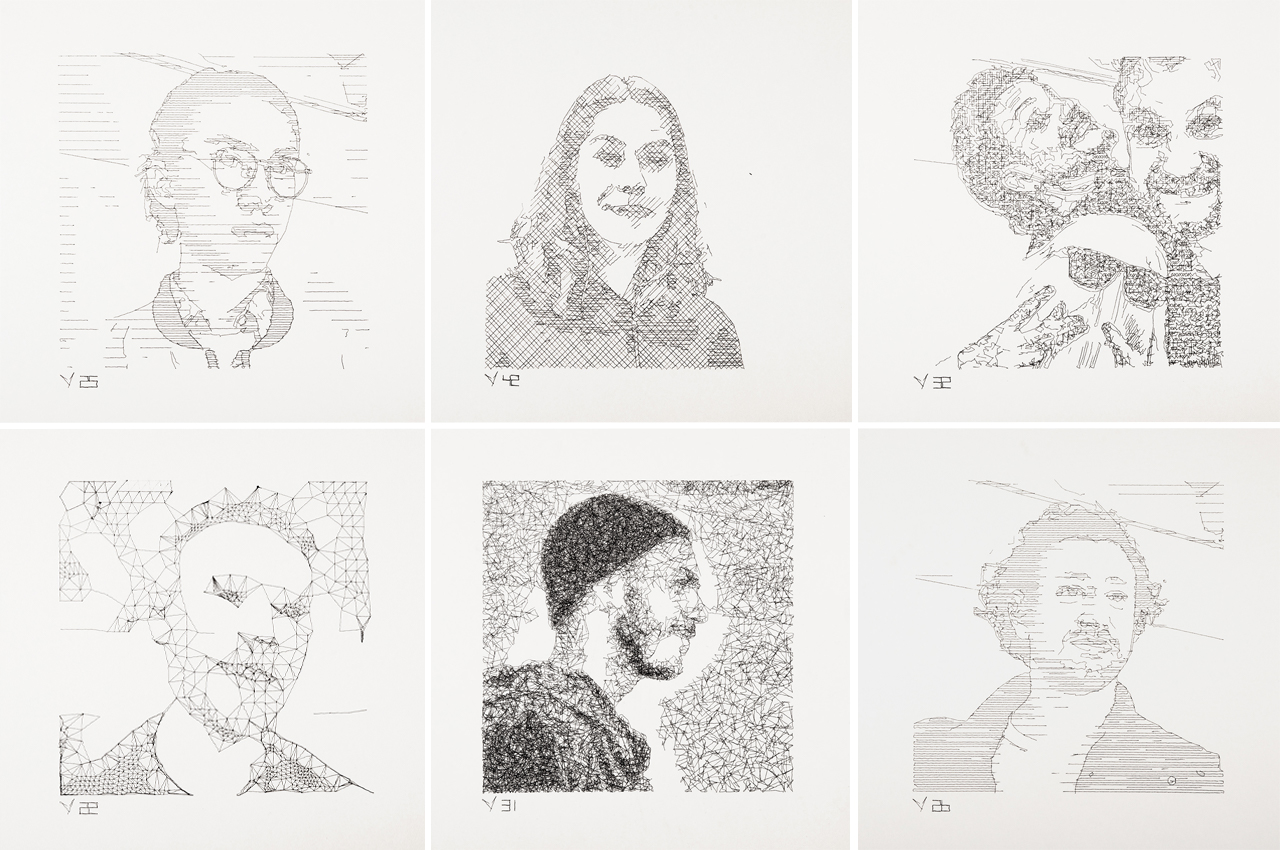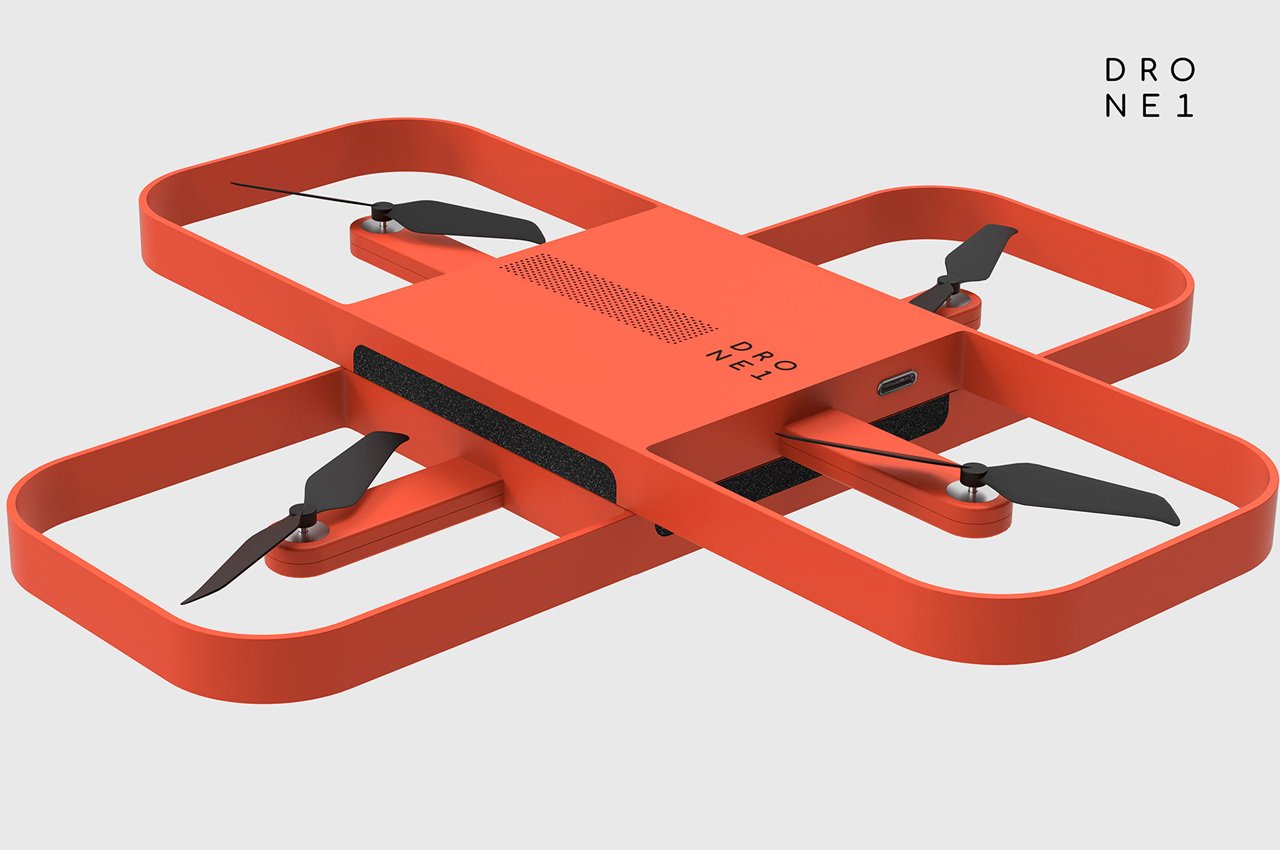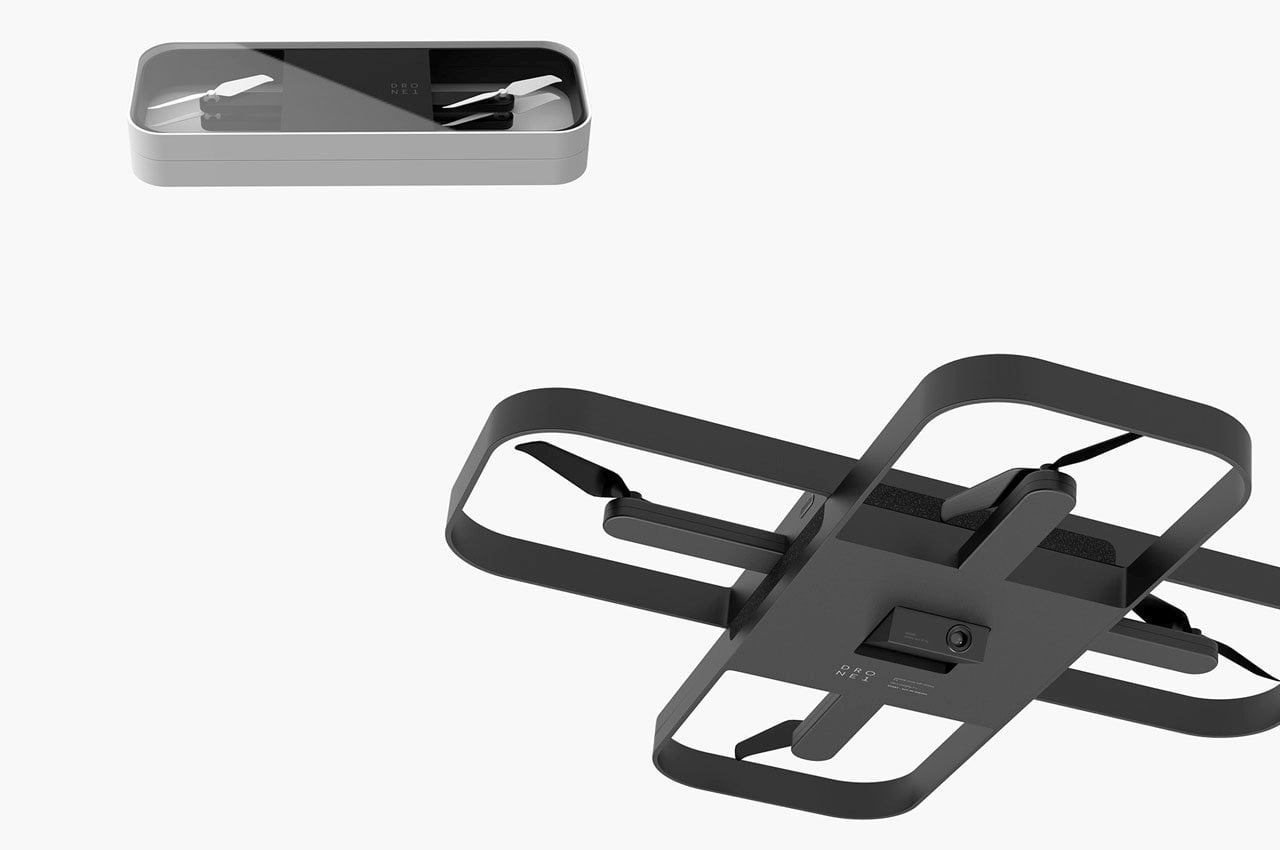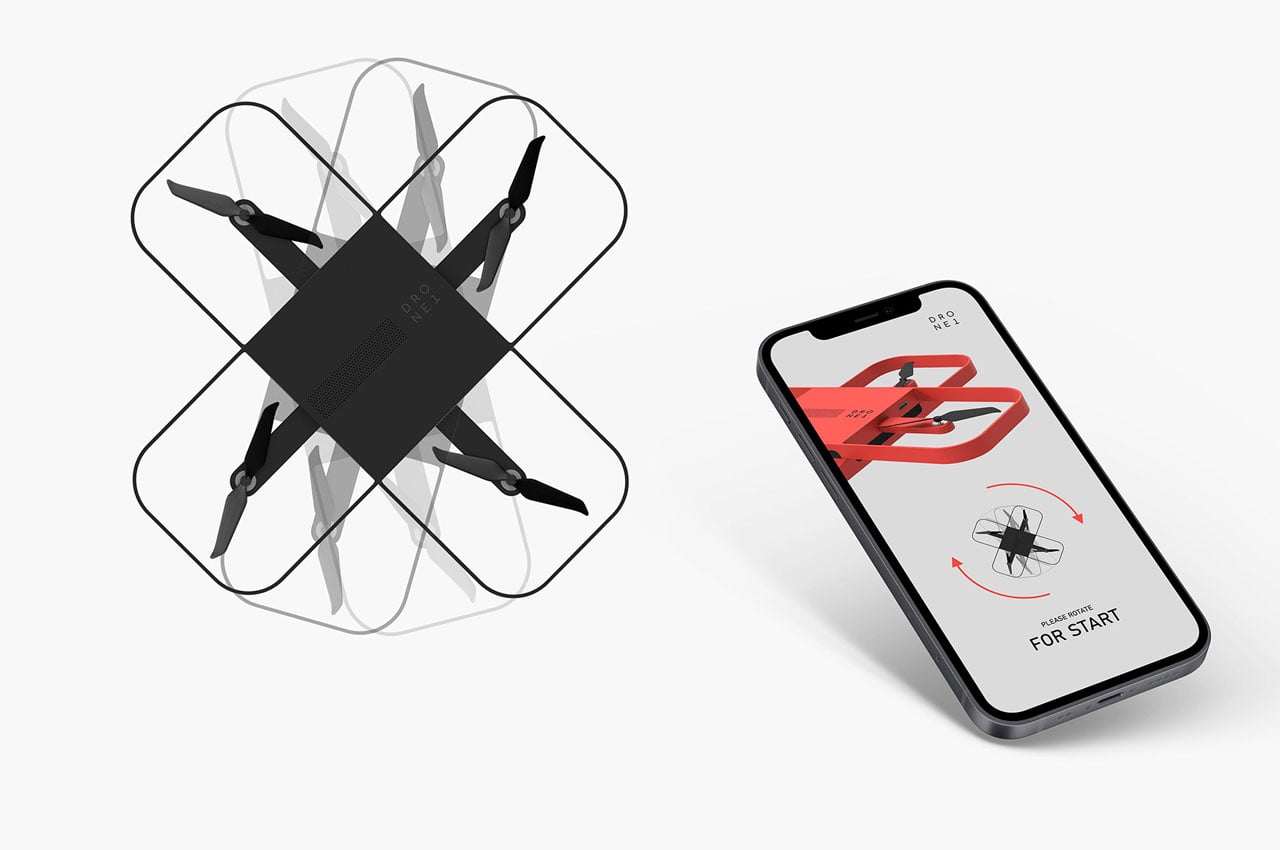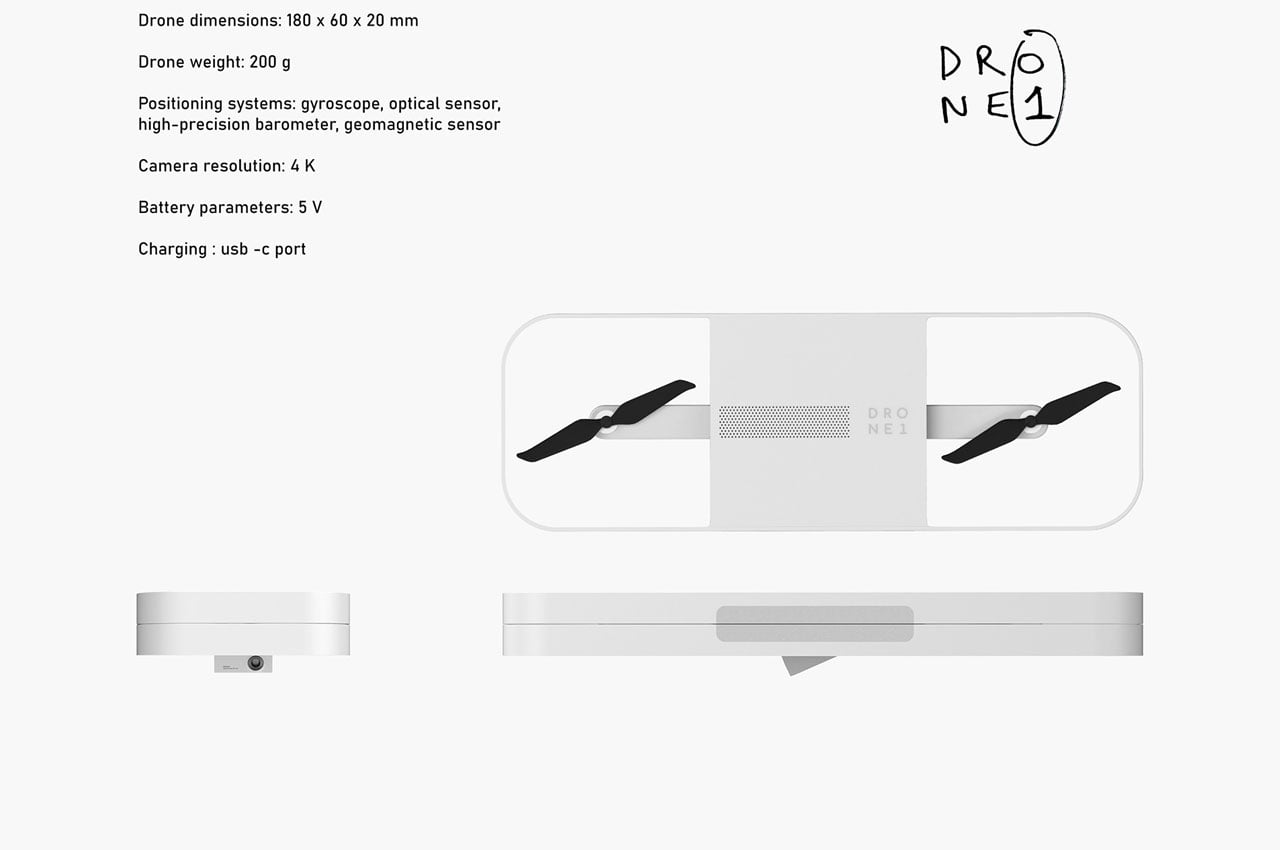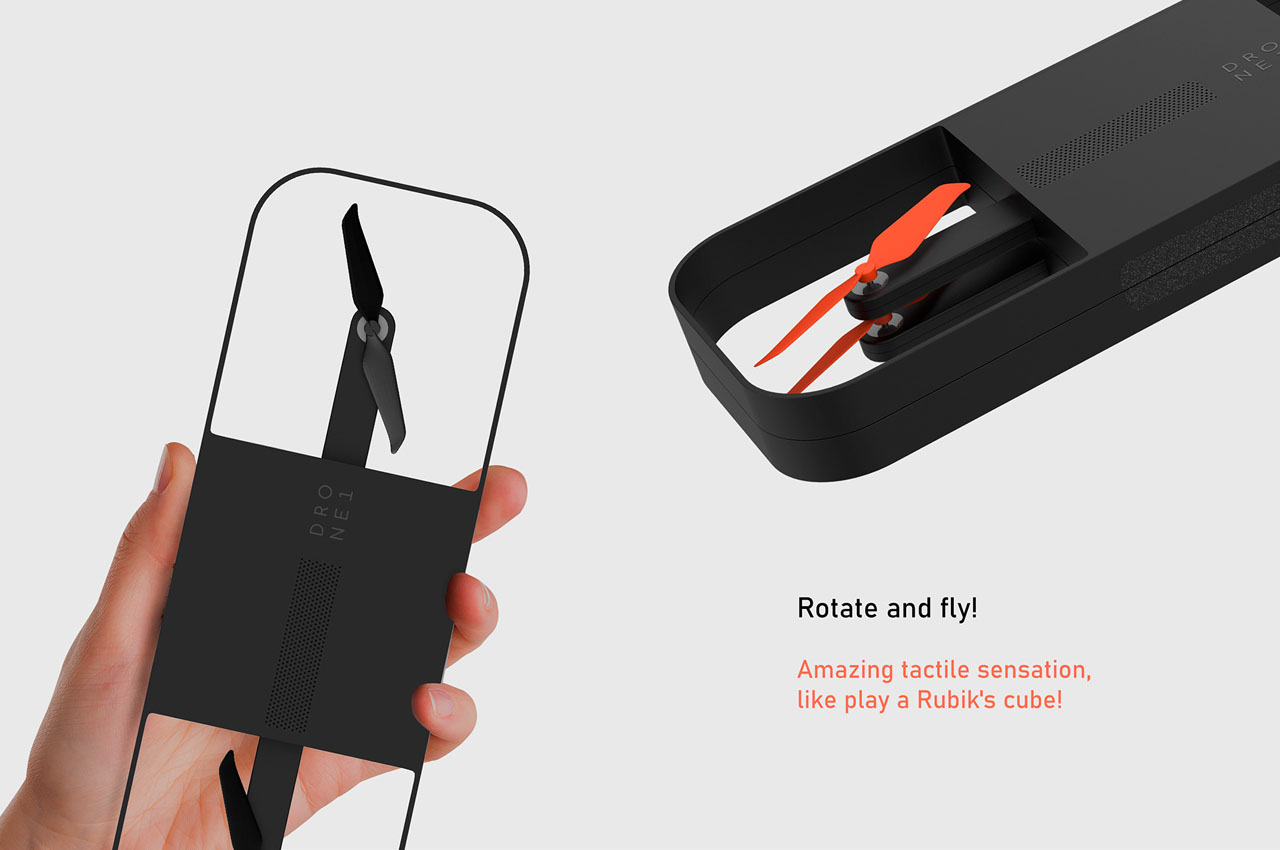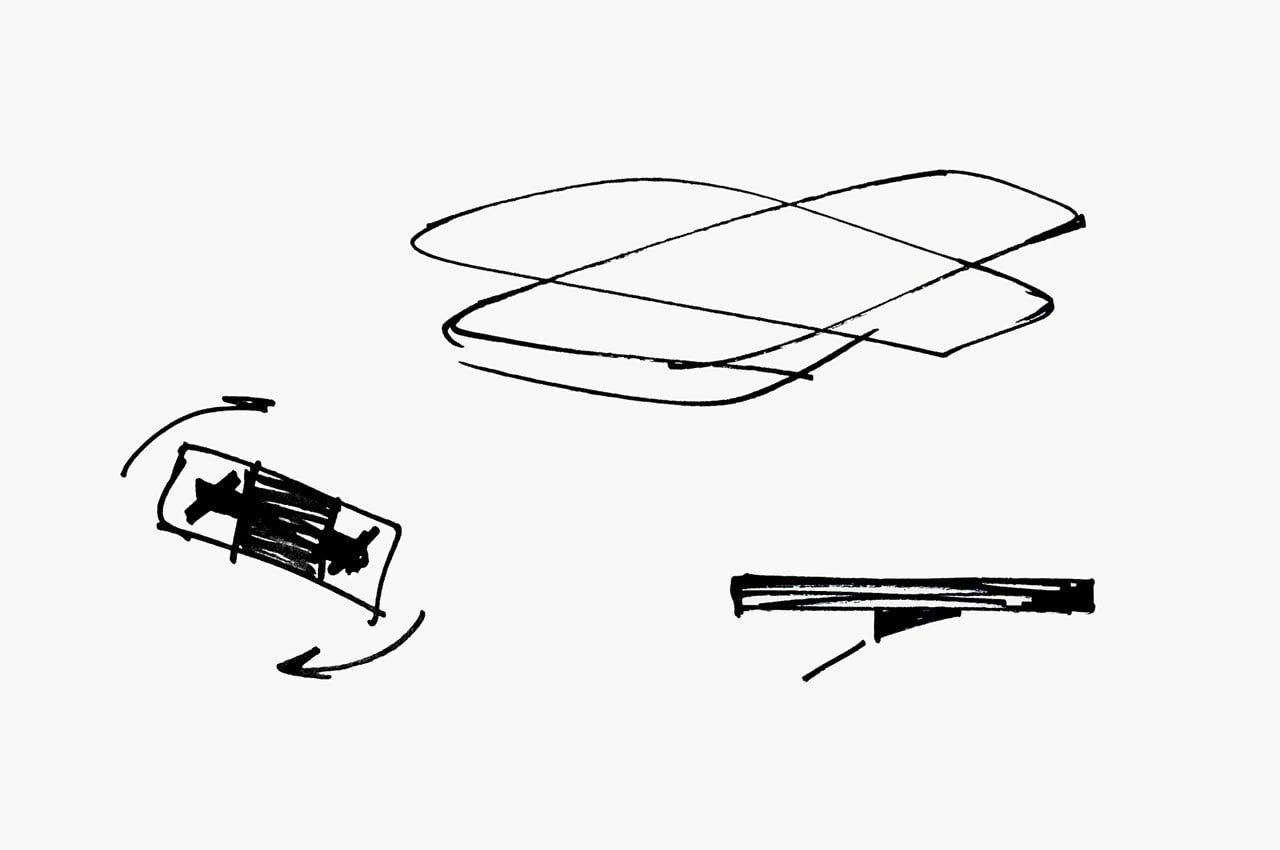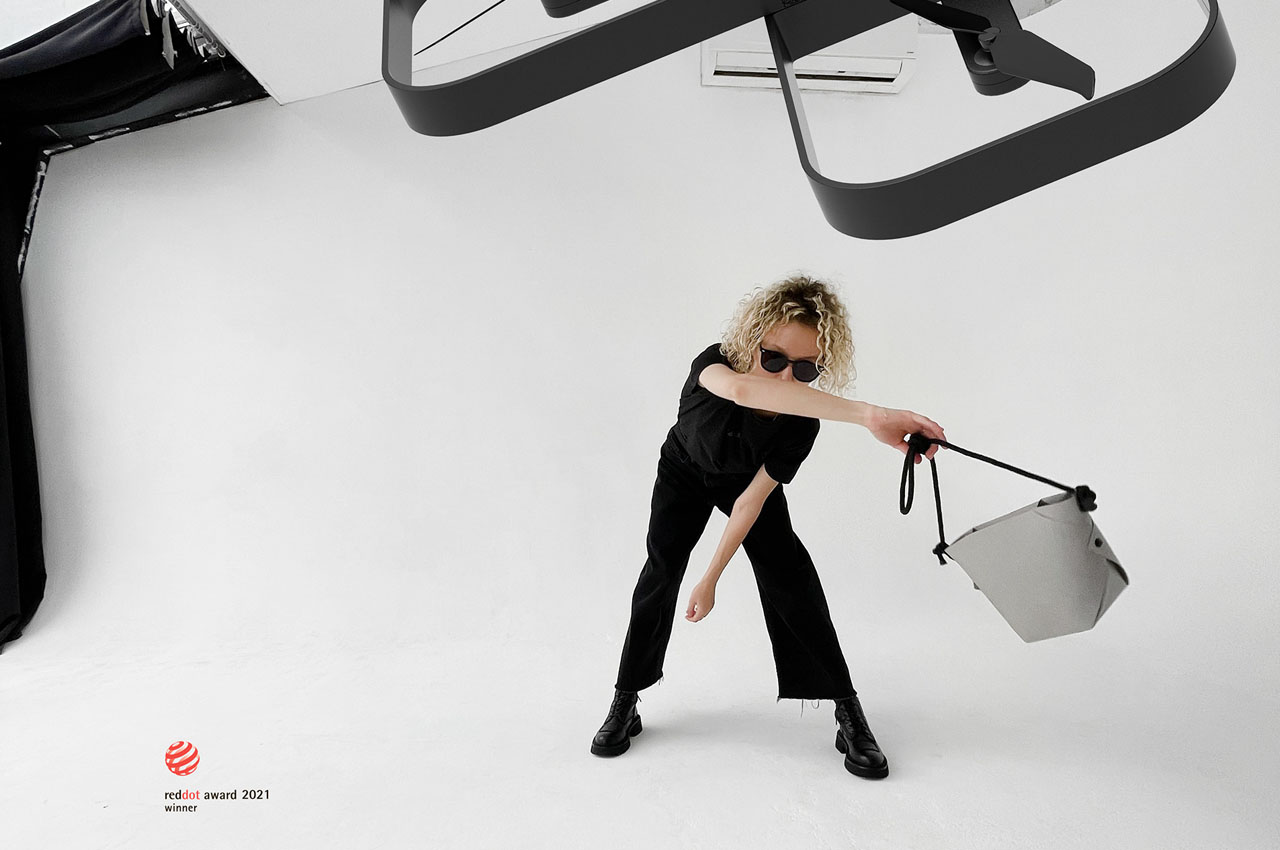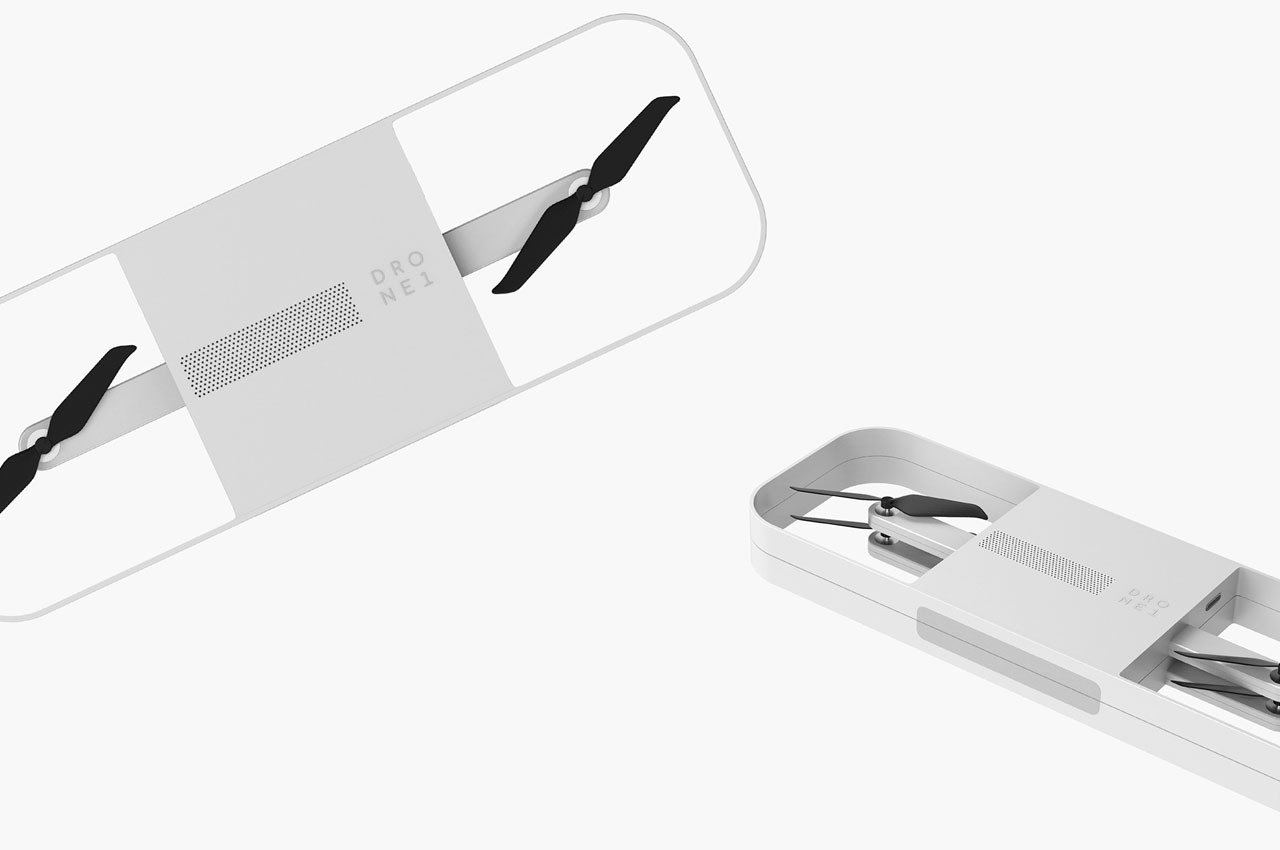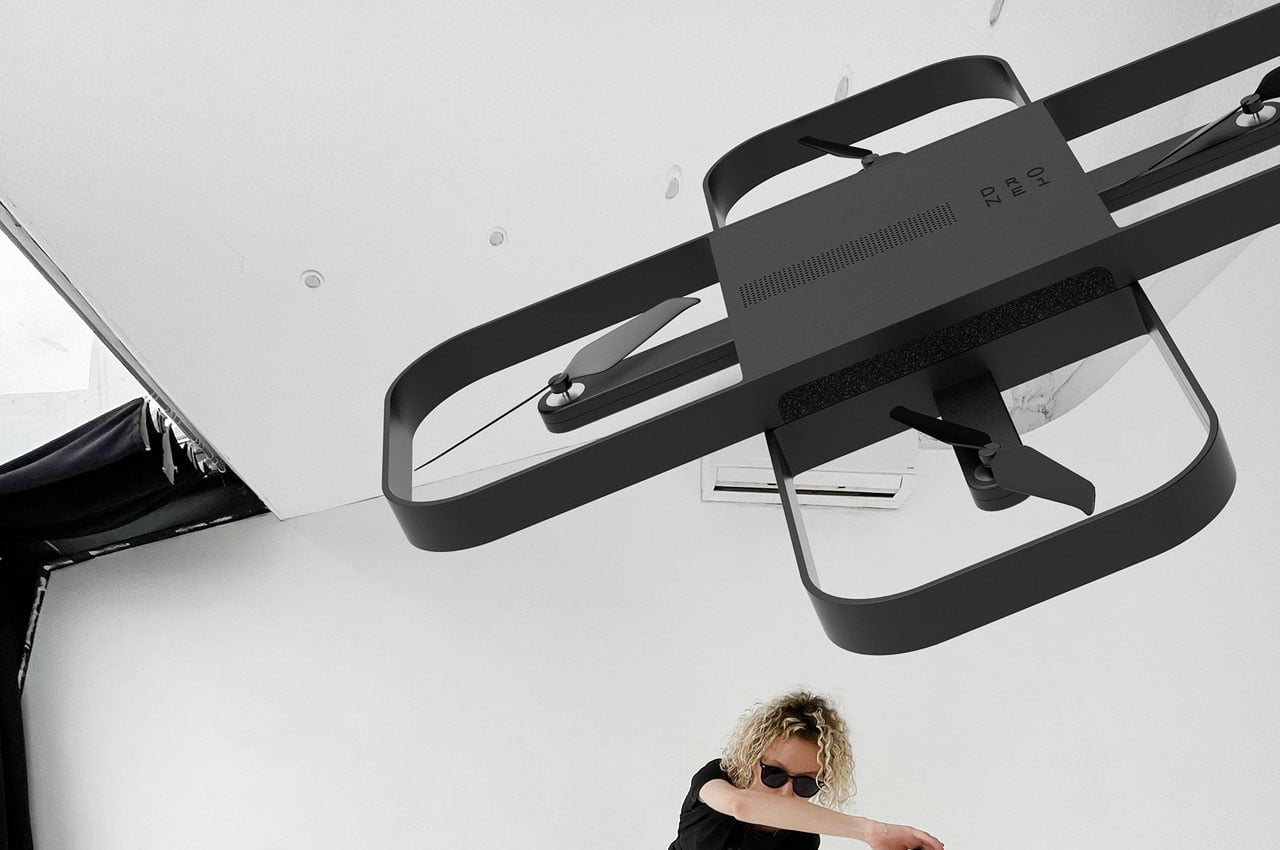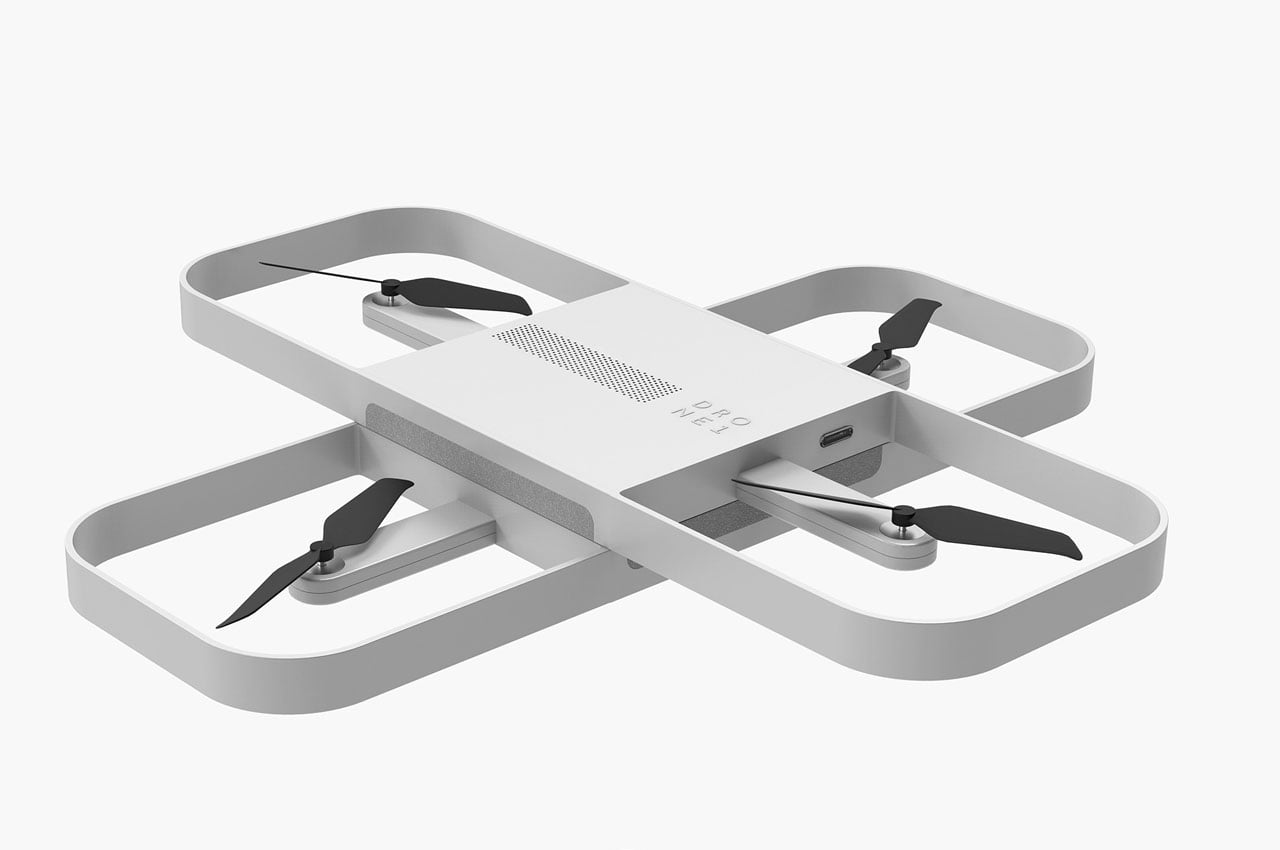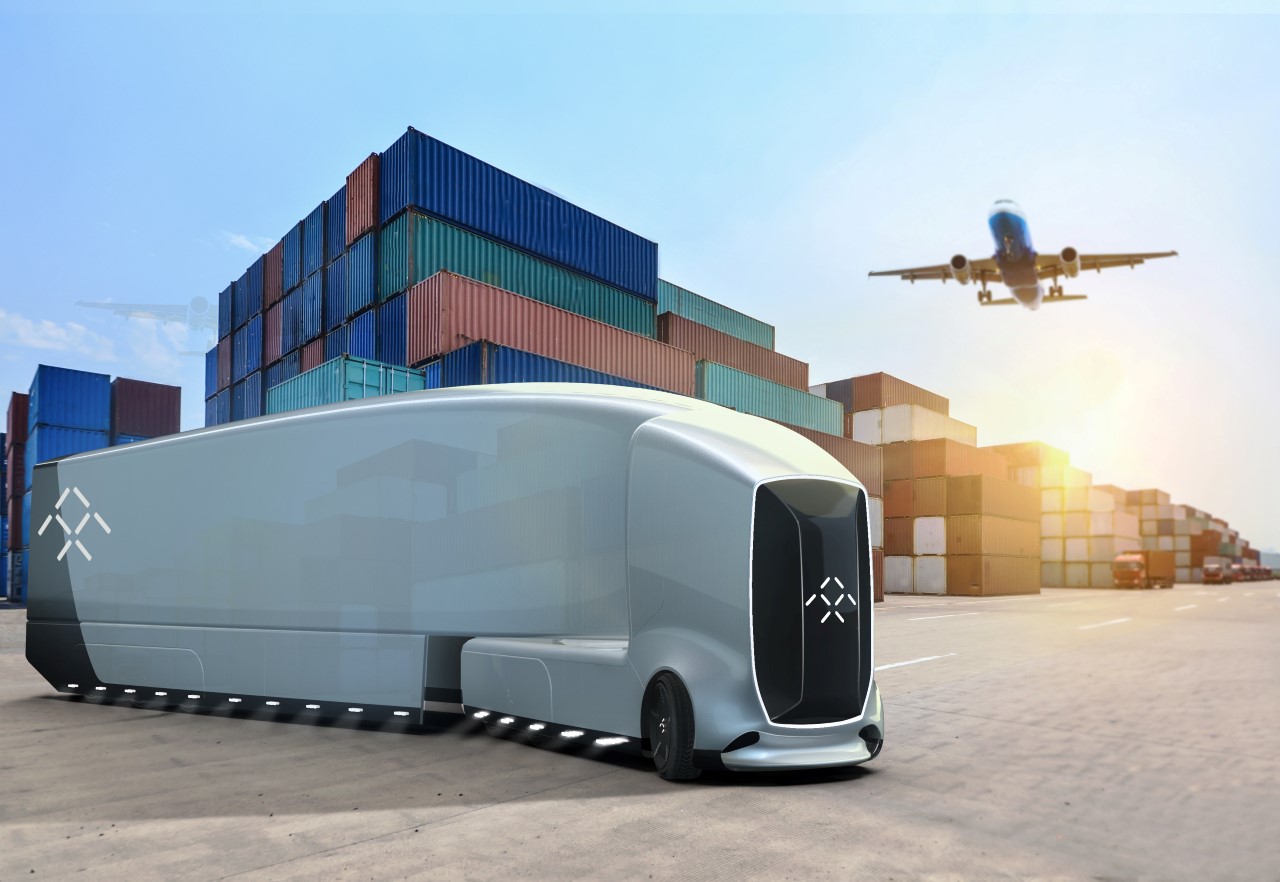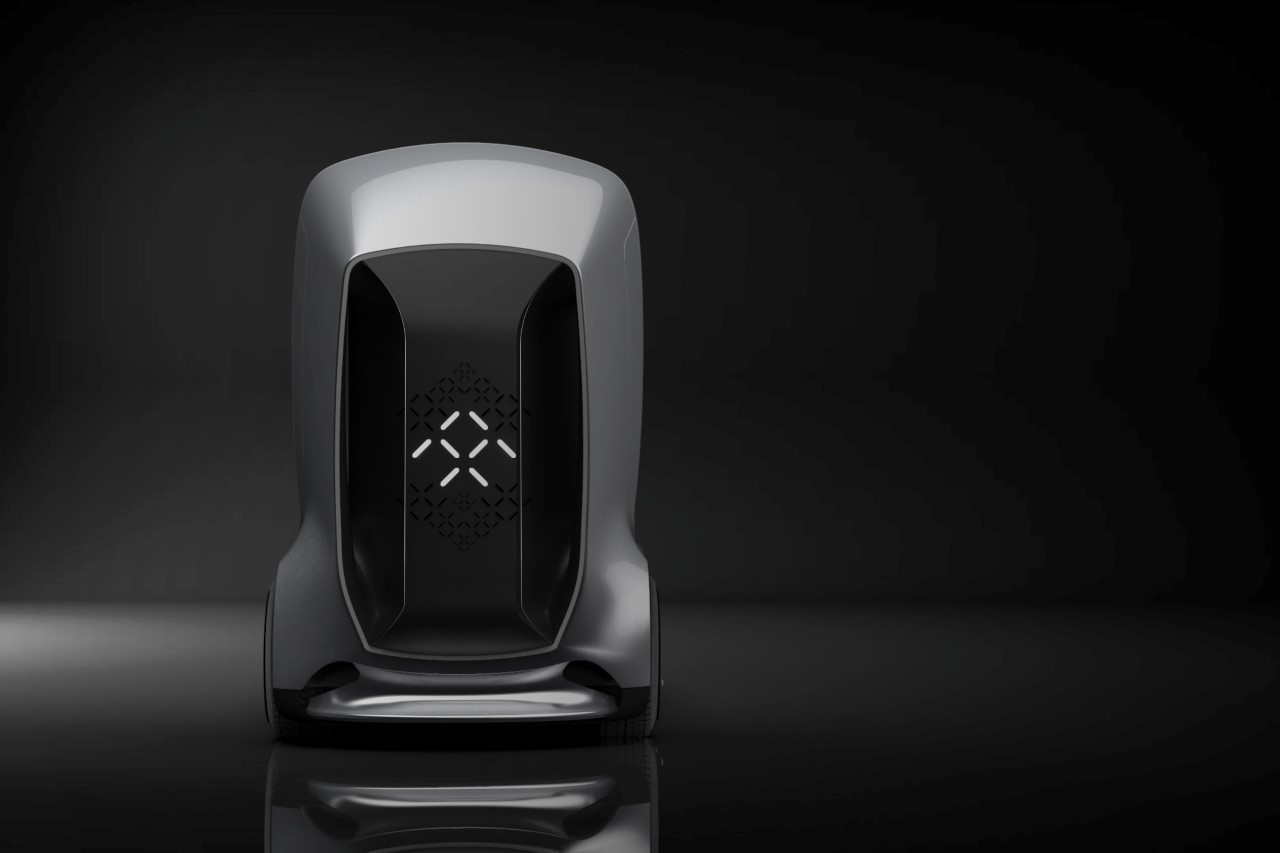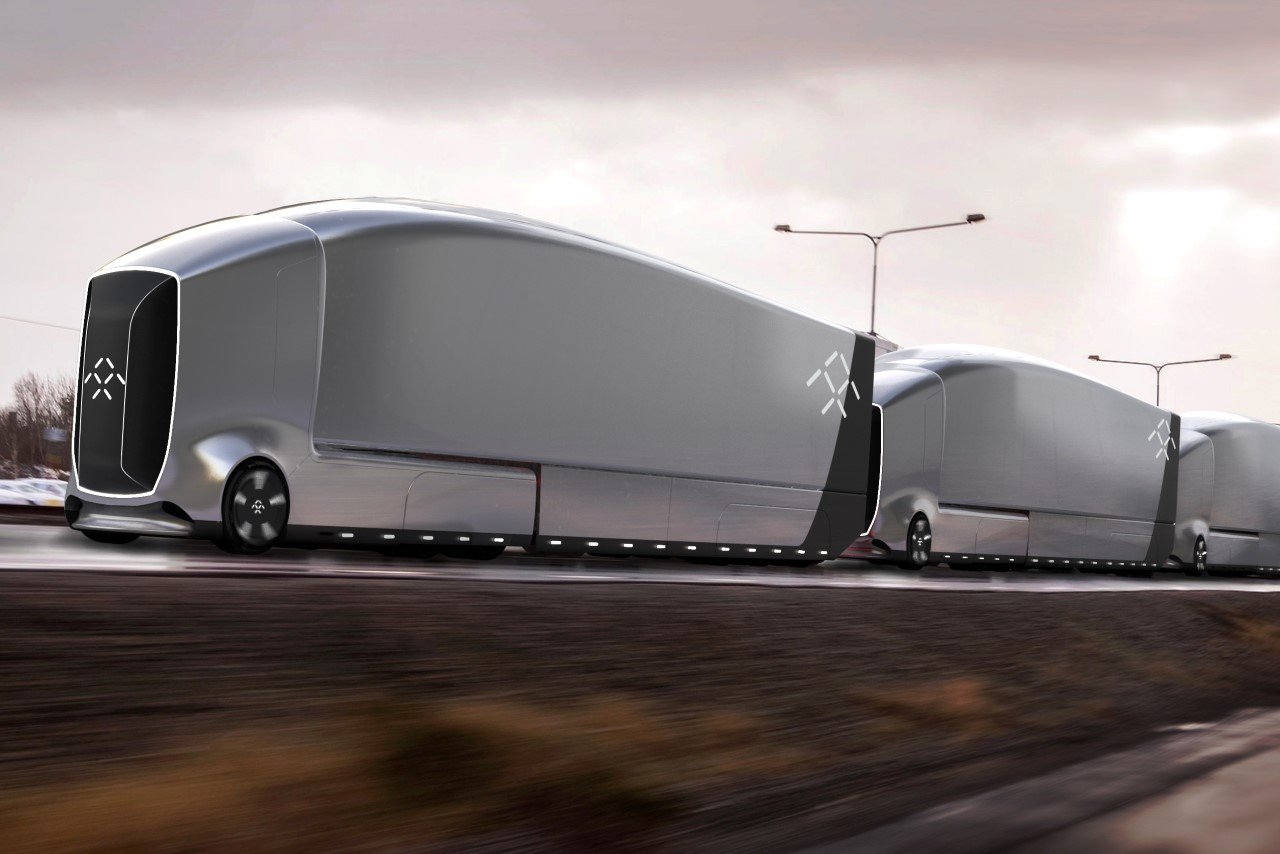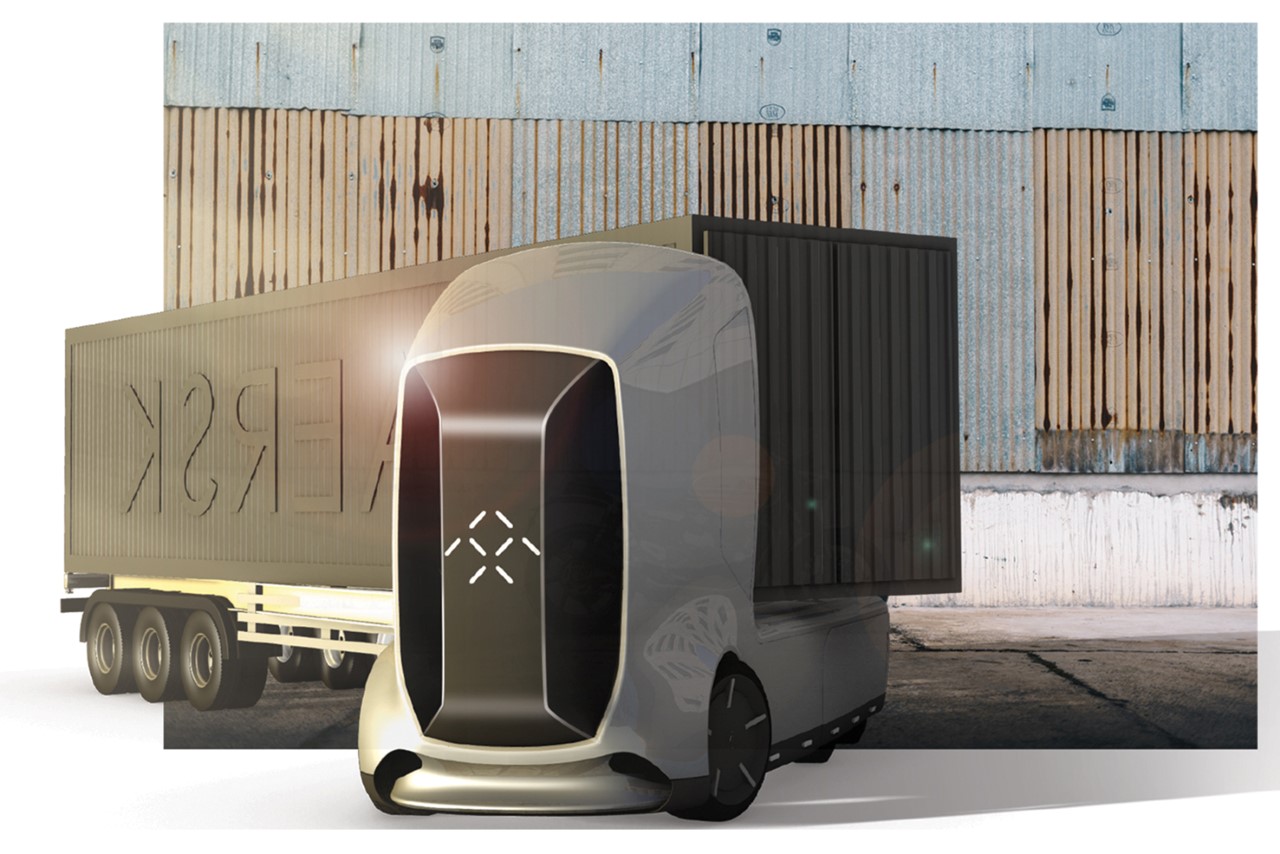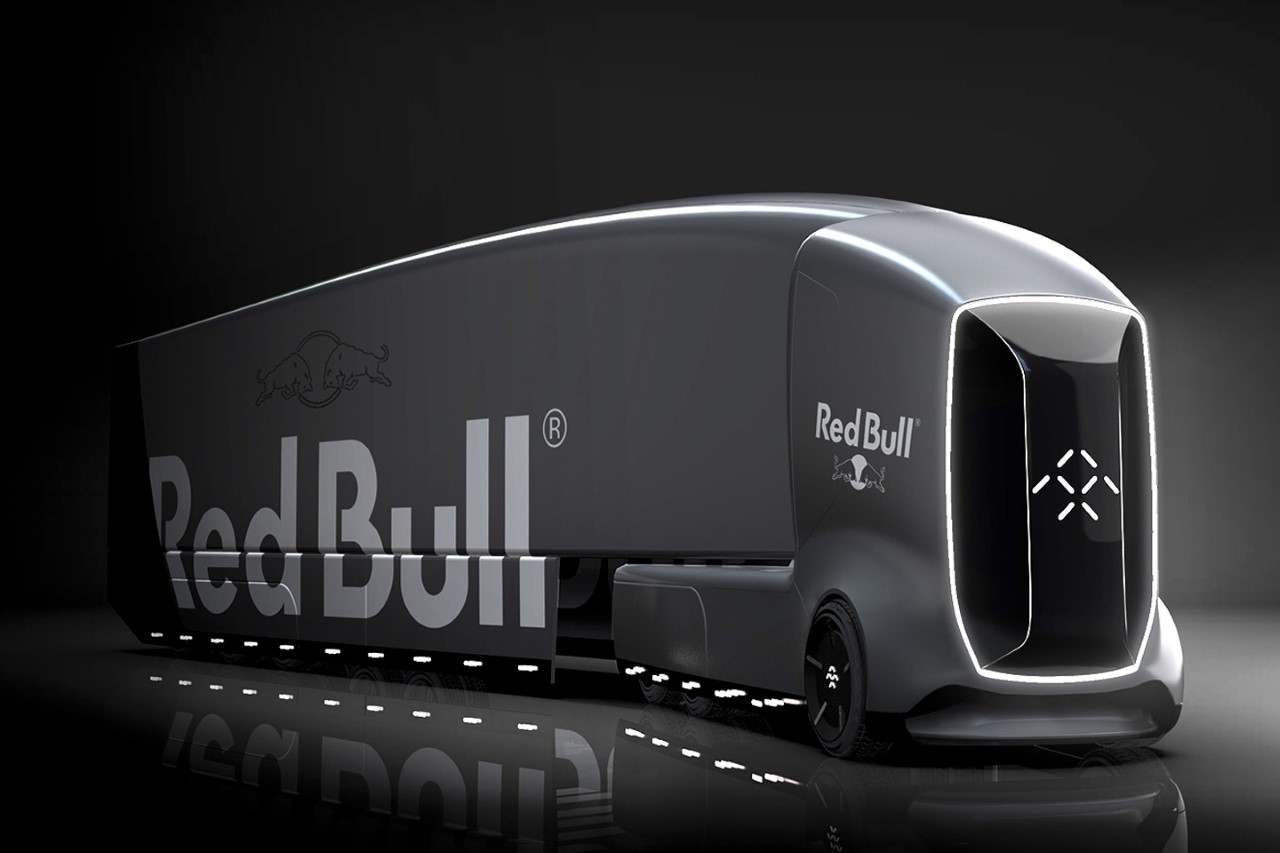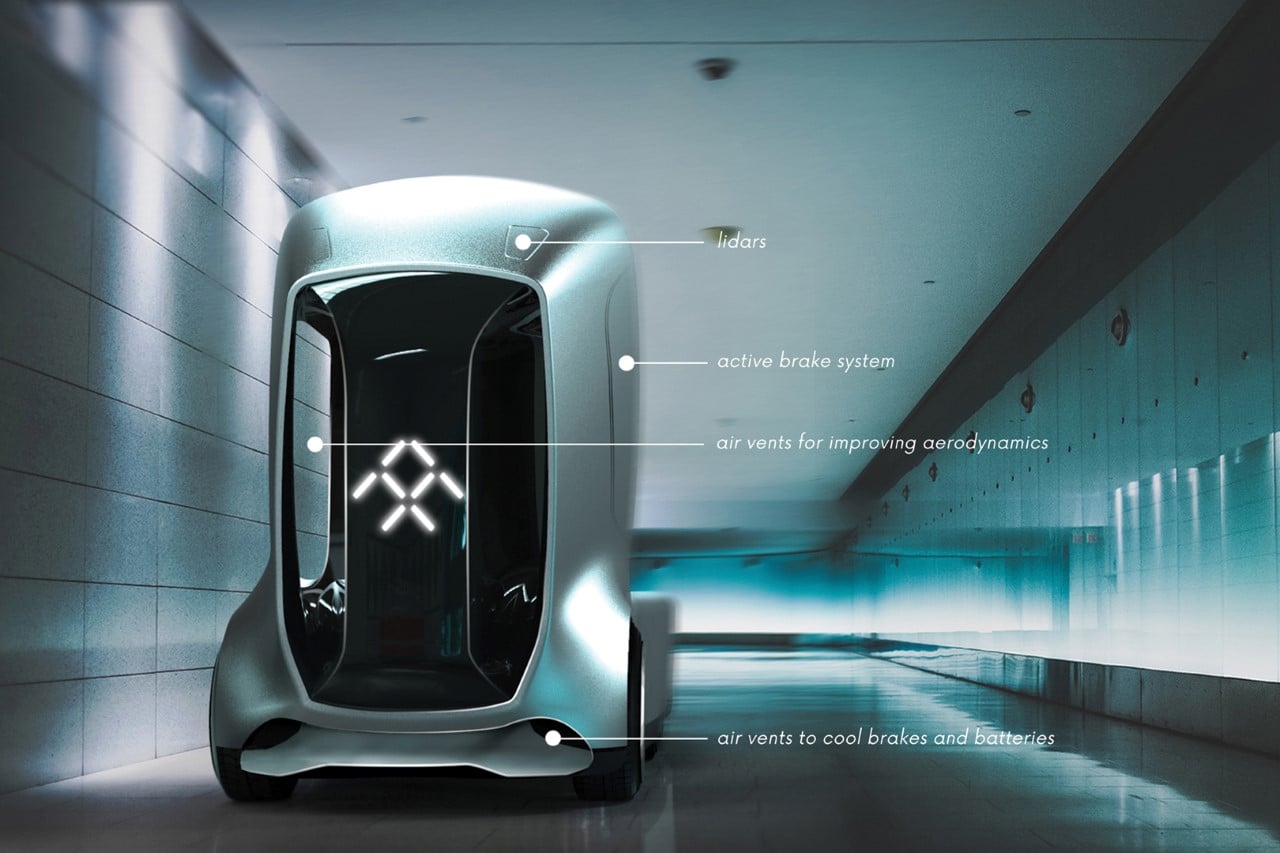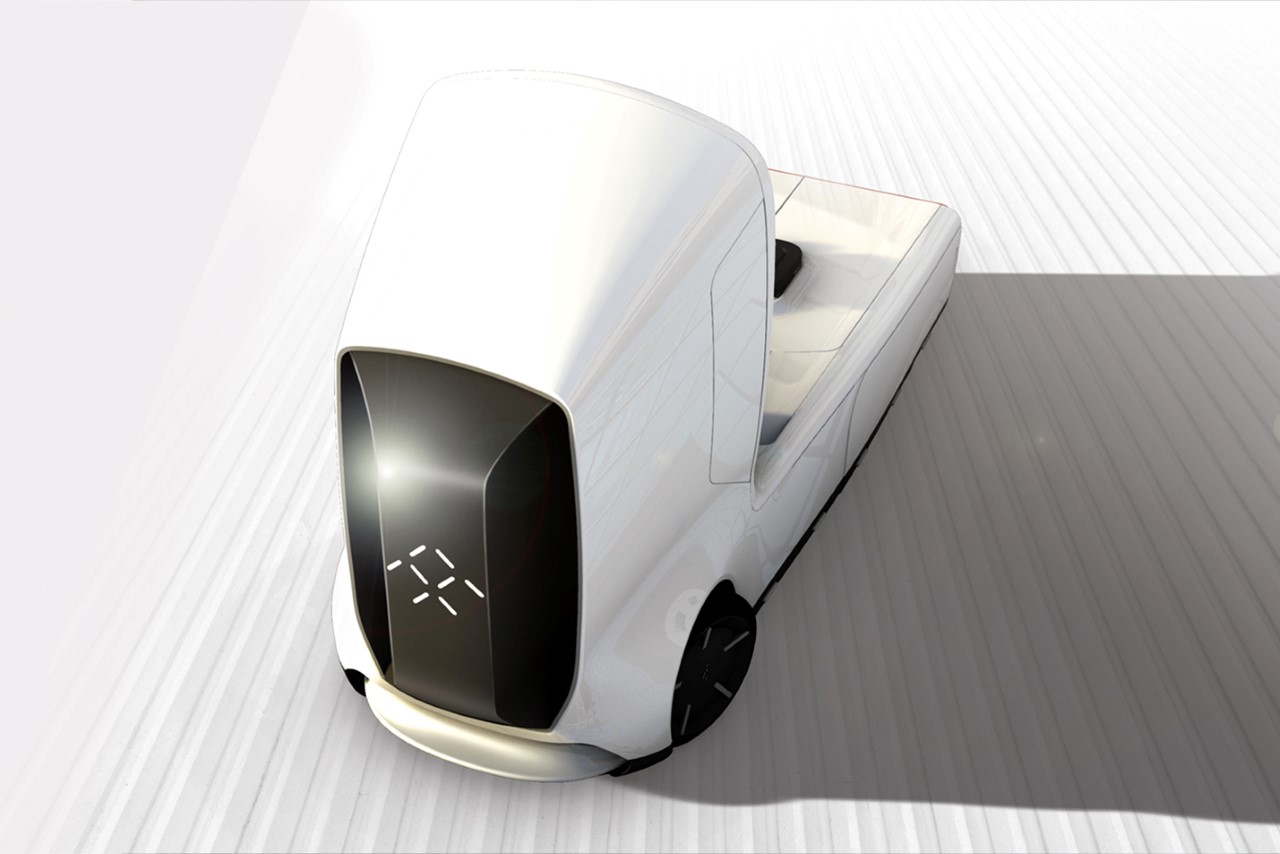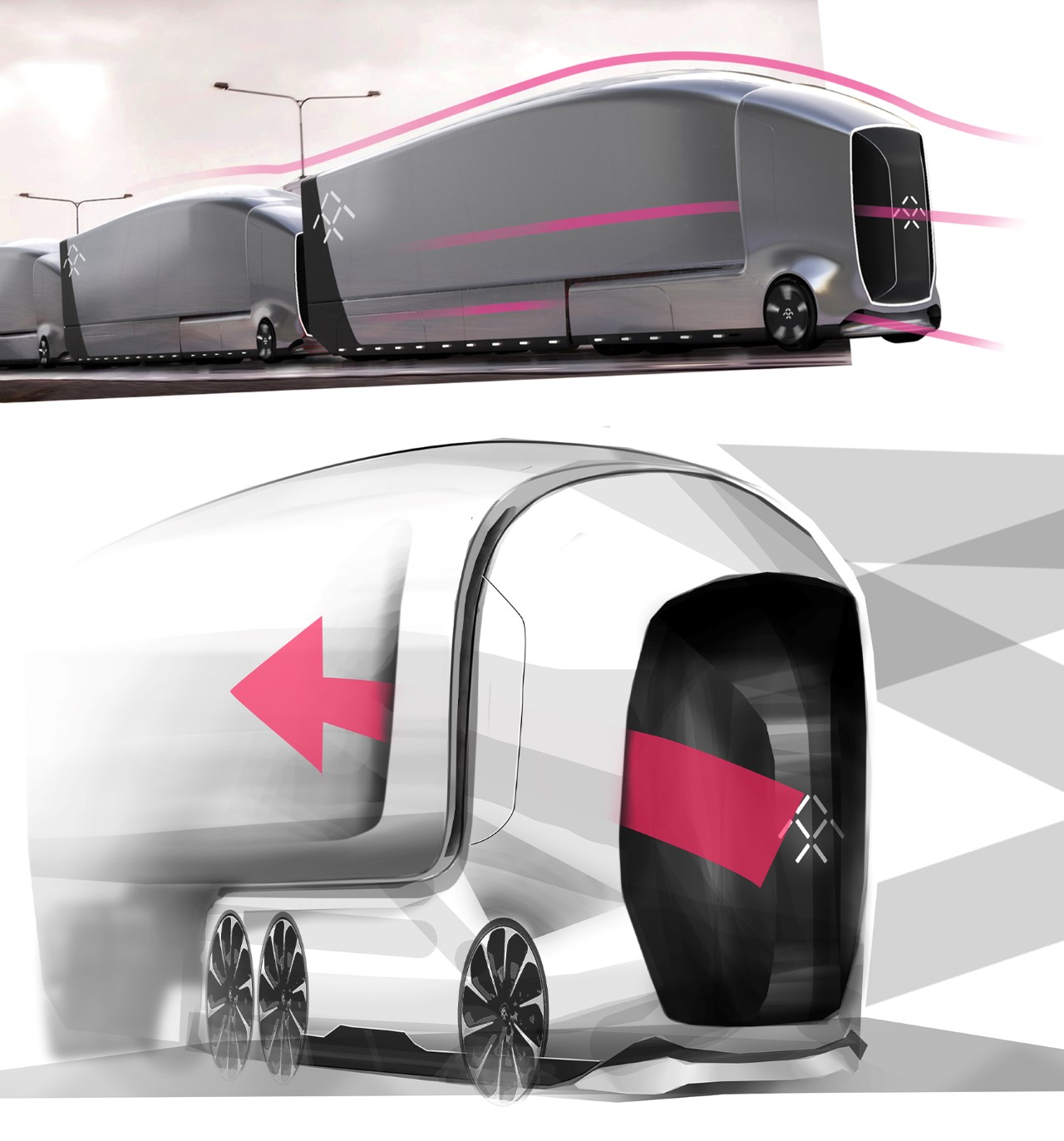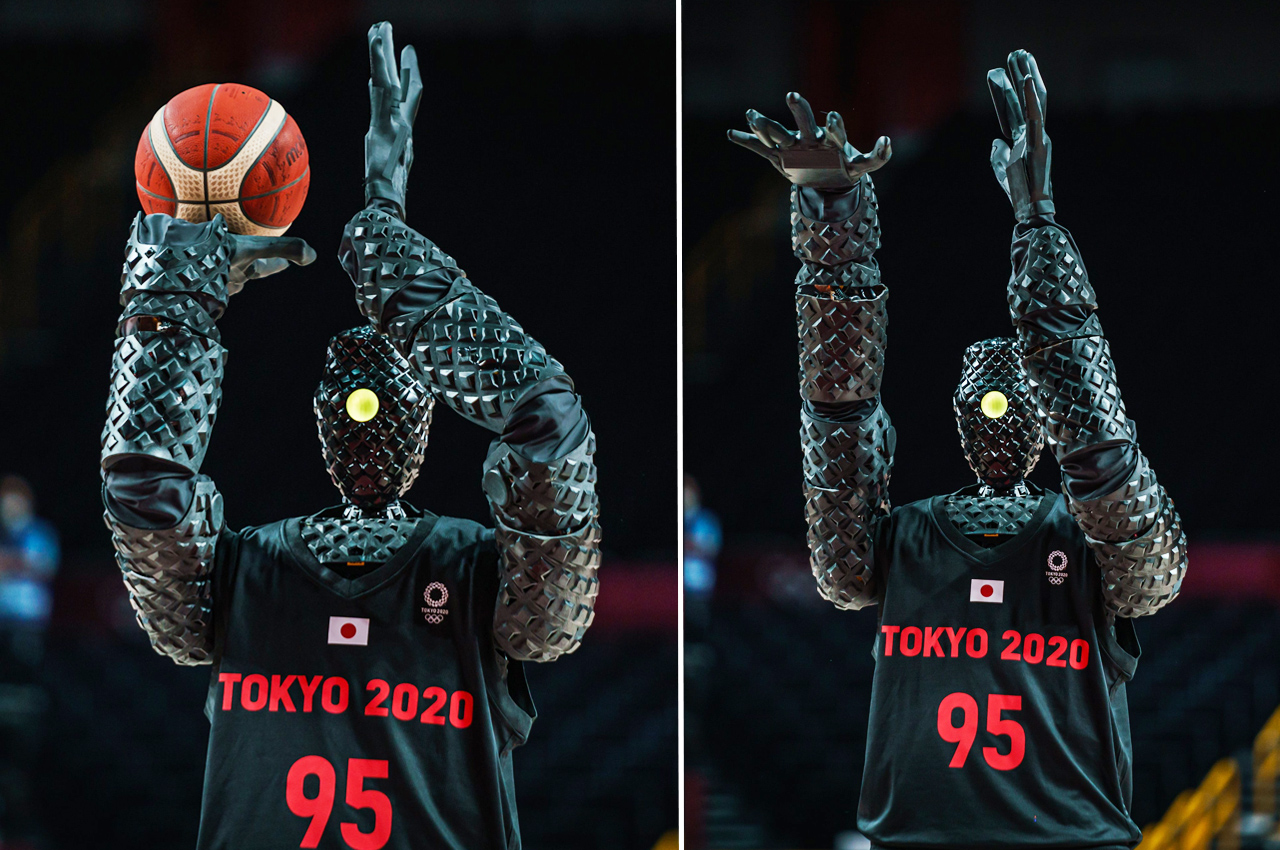
Artificial Intelligence has catapulted in recent years, and the advancements being made in this field make me feel as if it won’t be long before we have robots walking amongst us all the time! There was a point in time when the only forms of robots that we could see were toys or vacuum cleaners, or if we were lucky an AI-enabled lawnmower in some tech-trendy individual’s backyard! But we have come a long long way since then. From a basketball-playing Japanese robot at the Tokyo 2021 Olympics to a Doctor Octopus-inspired robot that harvests fruits – the potential and scope of robots grow exponentially day by day. The world at large is slowly moving away from the perception of robots as evil beings who want to take over the Earth, and accepting that they may have vast and undeniable utility in our day-to-day lives. Whether programmed for fun or functionality, robots are always intriguing to watch and examine! And, we’ve curated some really innovative ones that completely blew our minds away!
1. Tokyo 2021 Olympics Robot
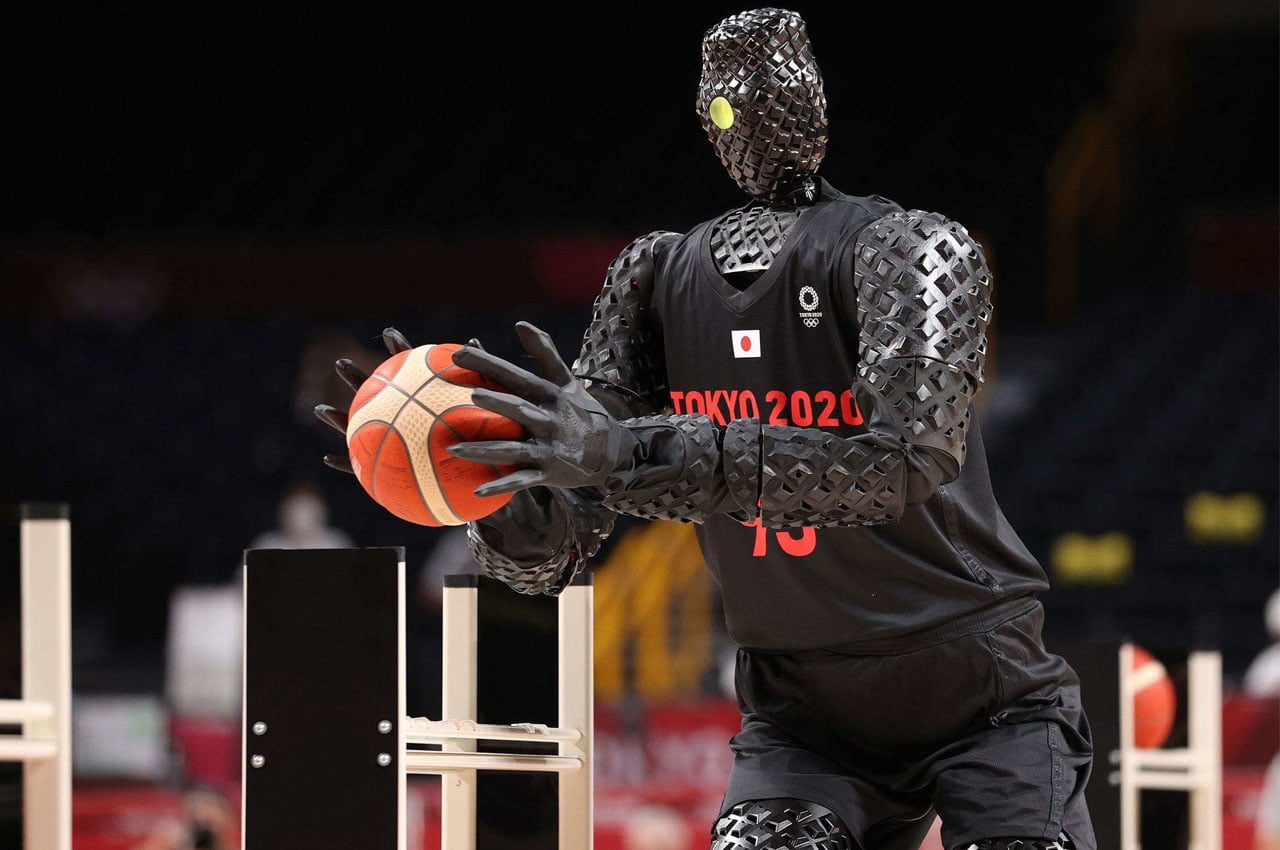
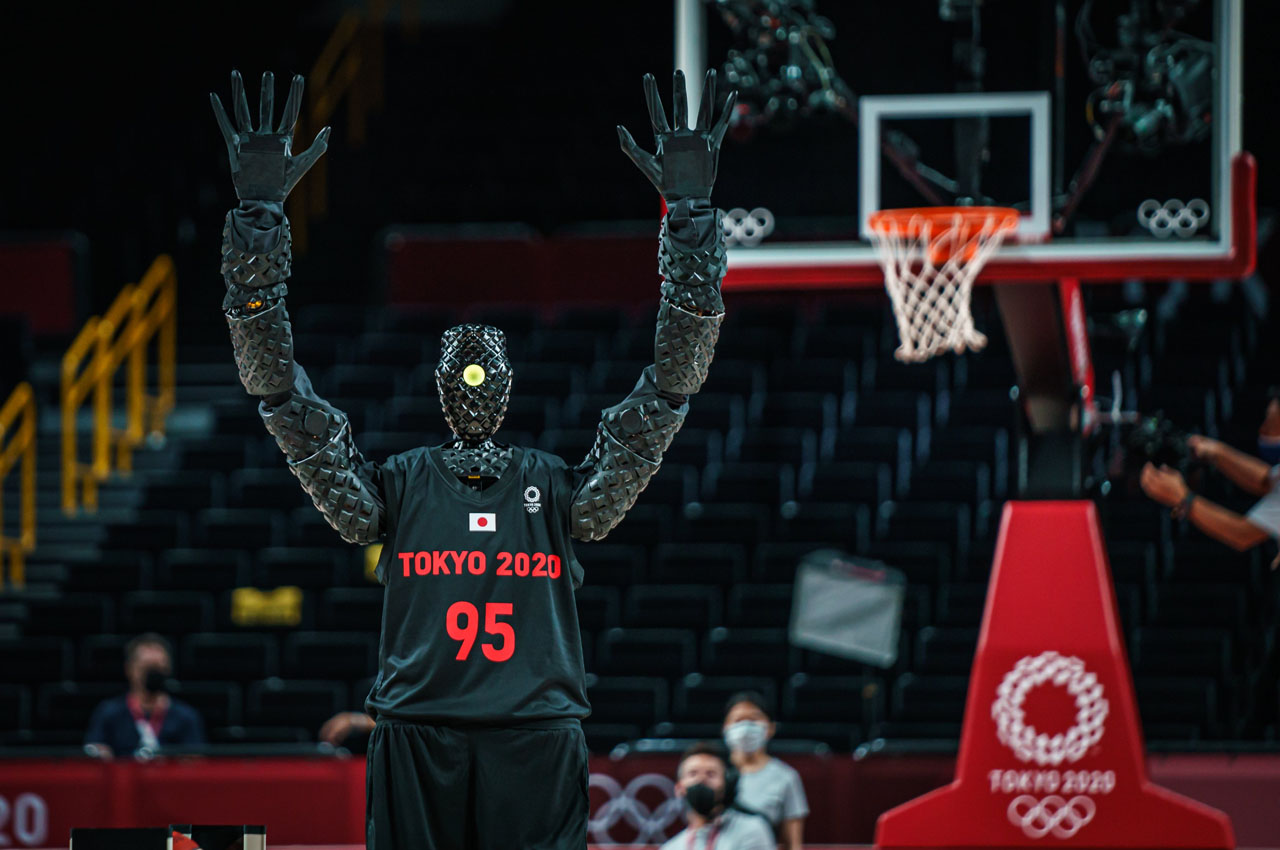
At the Tokyo 2021 Olympics, world-class athletes were showcasing their talent, but a robot stole all the limelight during a basketball game between the U.S. and France. Demonstrating the early stages of the machine-dominated dystopian future, the seven-foot robot developed by Toyota engineers scored a perfect three-pointer and half-court shot. The eerily designed robot took to the center stage at halftime break during a showdown game. The Toyota engineers created this free throw shooting robot in their free time over the last couple of years – and at the game – the smart machine beat human players shot for shot. It perfectly landed an easy free throw, a three-pointer, and a flawless half-court shot (just like Stephen Curry) in tandem to wow the crowd!
2. Nybble

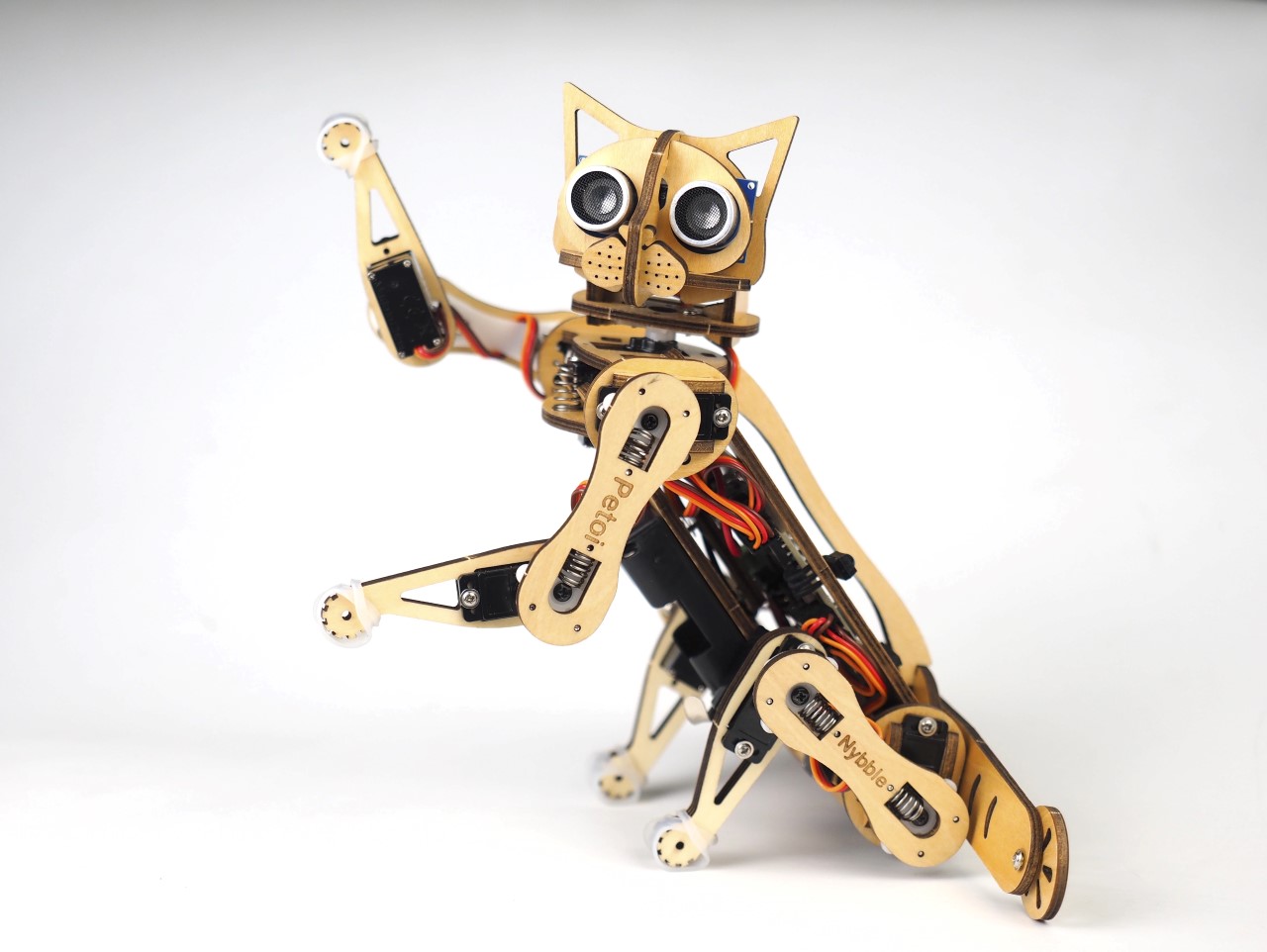
Named Nybble, the toy comes from the folks at Petoi (who even built a scaled-down consumer version of the Boston Dynamics dog called Bittle). Nybble, however, has a body made from laser-cut MDF sheets and runs on its proprietary NyBoard processor, developed specifically for the robotic cat. The robot cat comes outfitted with two ultrasonic sensors on its front that act as the robot’s ‘eyes’. It sports a USB input that lets you connect it to a device to tinker around with its open-source code and teach it new tricks (in Scratch, Python, or C++), and even comes with Bluetooth and WiFi dongles as well as an infrared remote controller.
3. The Hexapod Pro
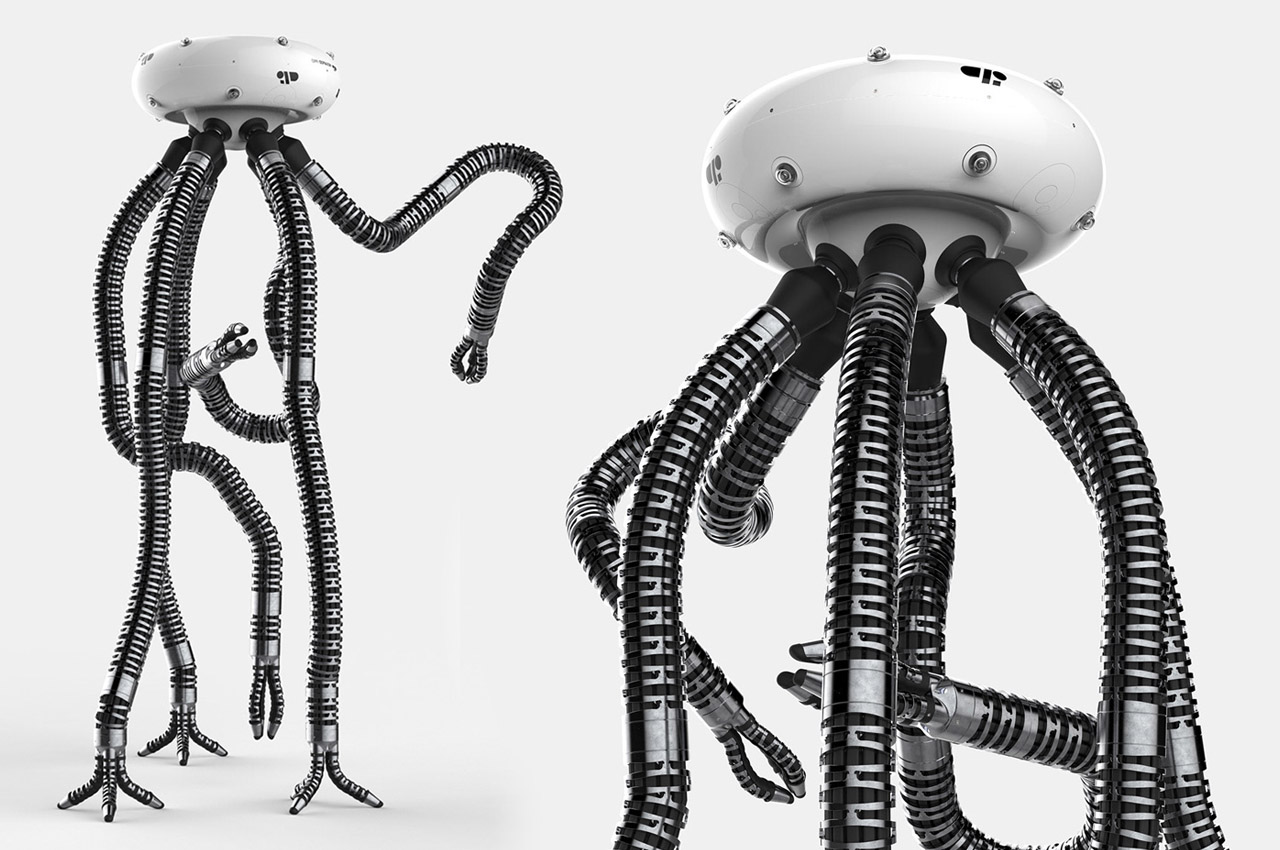
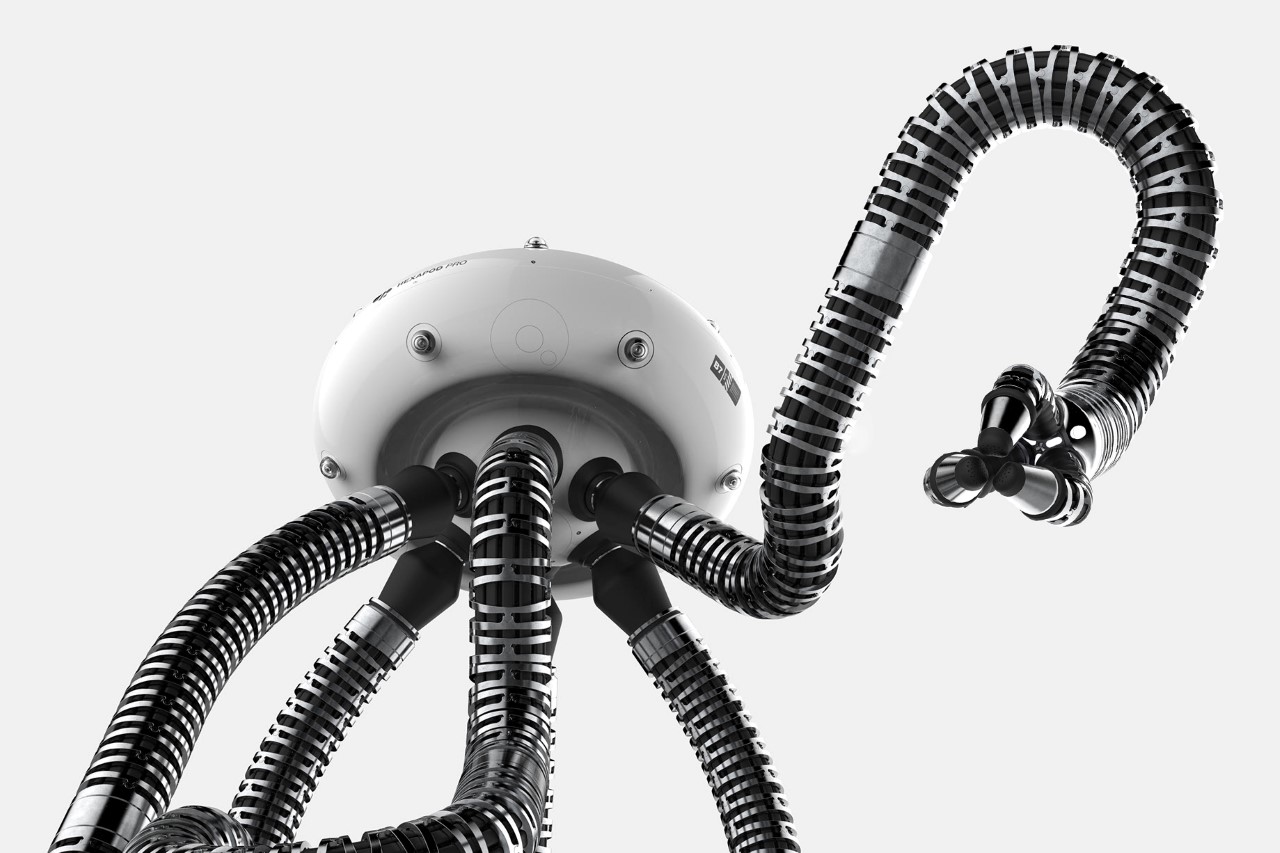
With its jellyfish-inspired aesthetic, the Hexapod Pro comes with a central processing hub with multiple fisheye cameras for 360° vision, and a set of 6 flexible arms with 3 fingers per arm for being able to pick up objects. Envisioned by Australian designer Chris Koch, the Hexapod Pro is best employed at doing duties that require basic skills of tracking and picking objects. Perfect for using on orchards to pick fruits and veggies, or on beaches and forests to clean up after humans (that’s a robot uprising story just waiting to happen), the Hexapod Pro’s arms come outfitted with a pair of soft robotic grippers that are perfect for being able to firmly pluck produce without damaging them, or lift up various objects off the floor effectively without dropping them.
4. The Novabot

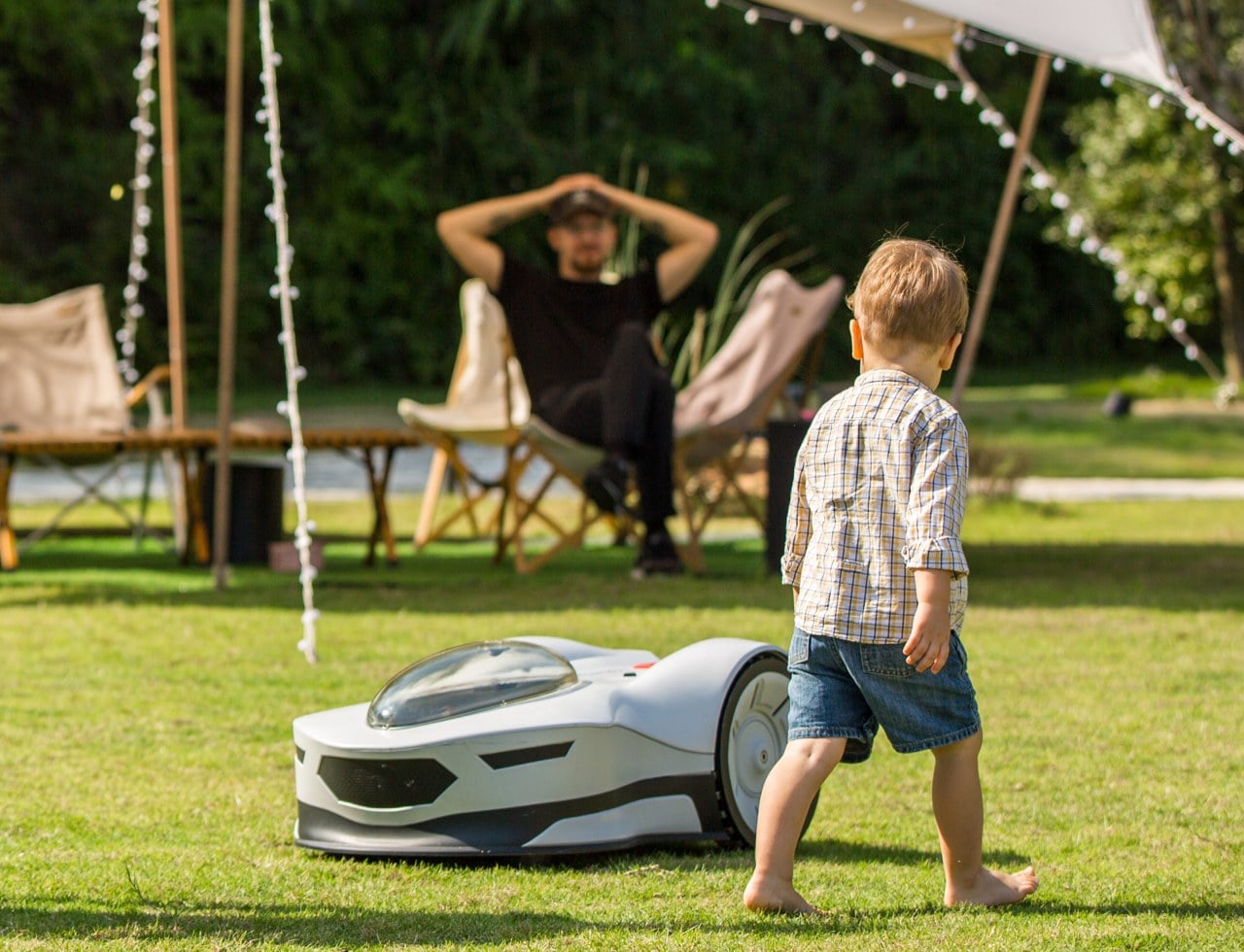
Lawnmowers present the perfect opportunity to develop, test, and refine AI-based driving systems, and that’s precisely what Novabot does, in a car-shaped design no less! The lawnmower comes with a whole slew of sensors on the front and a 360° HD camera on the ‘windshield’ of the appliance, allowing it to self-navigate on your lawn or outdoor premises. The bot’s homegrown NovaVision system allows it to detect and recognize its location, the surface it’s operating on, and objects around it. Without the need for perimeter cables or guides, Novabot can drive around the premises, alternating between grass and land (large offroad tires allow it to work on concrete, brick, pebbles, and even cobblestone paths) and even working on uneven surfaces and inclines, while intelligently avoiding humans, pets, obstacles, fences, and vehicles… and yes, even dog poop.
system allows it to detect and recognize its location, the surface it’s operating on, and objects around it. Without the need for perimeter cables or guides, Novabot can drive around the premises, alternating between grass and land (large offroad tires allow it to work on concrete, brick, pebbles, and even cobblestone paths) and even working on uneven surfaces and inclines, while intelligently avoiding humans, pets, obstacles, fences, and vehicles… and yes, even dog poop.
5. The Pankraz Piktograph
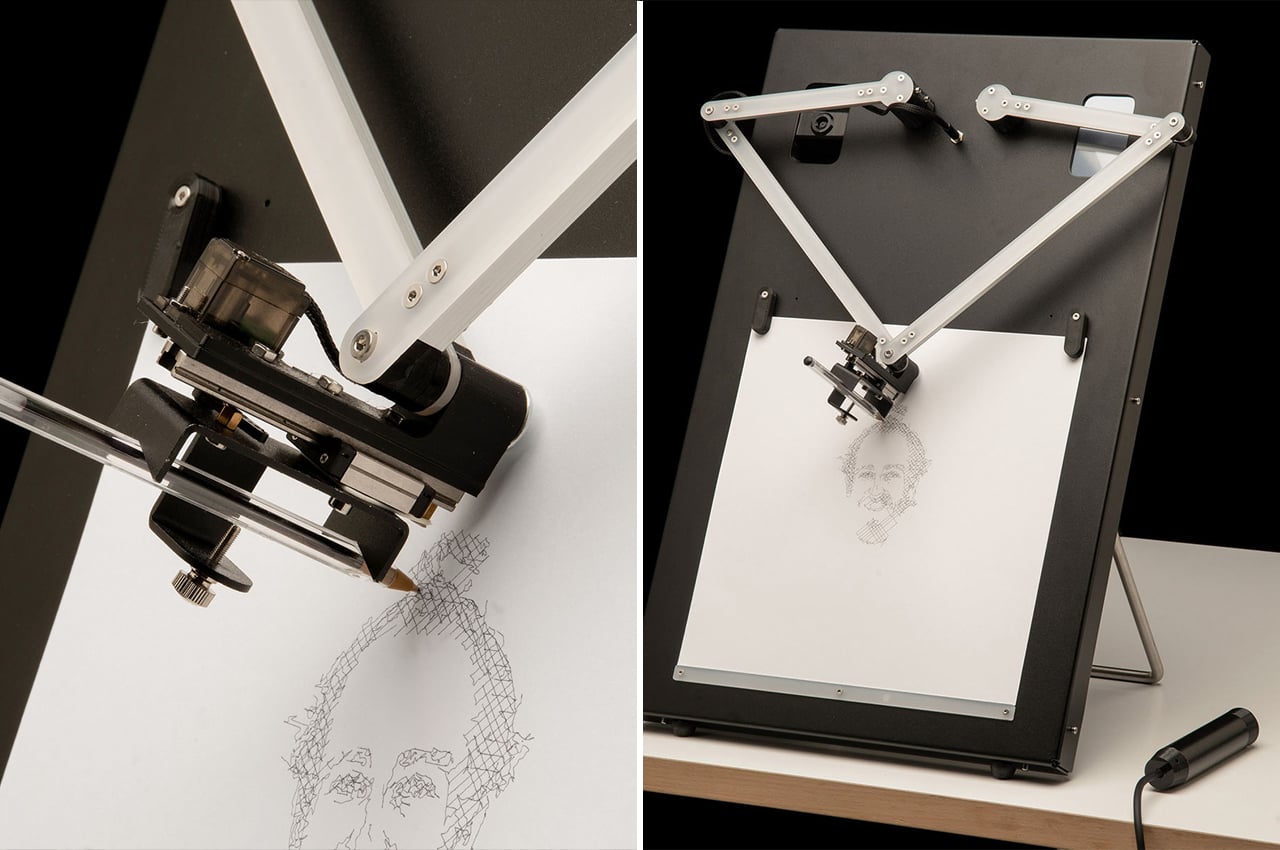
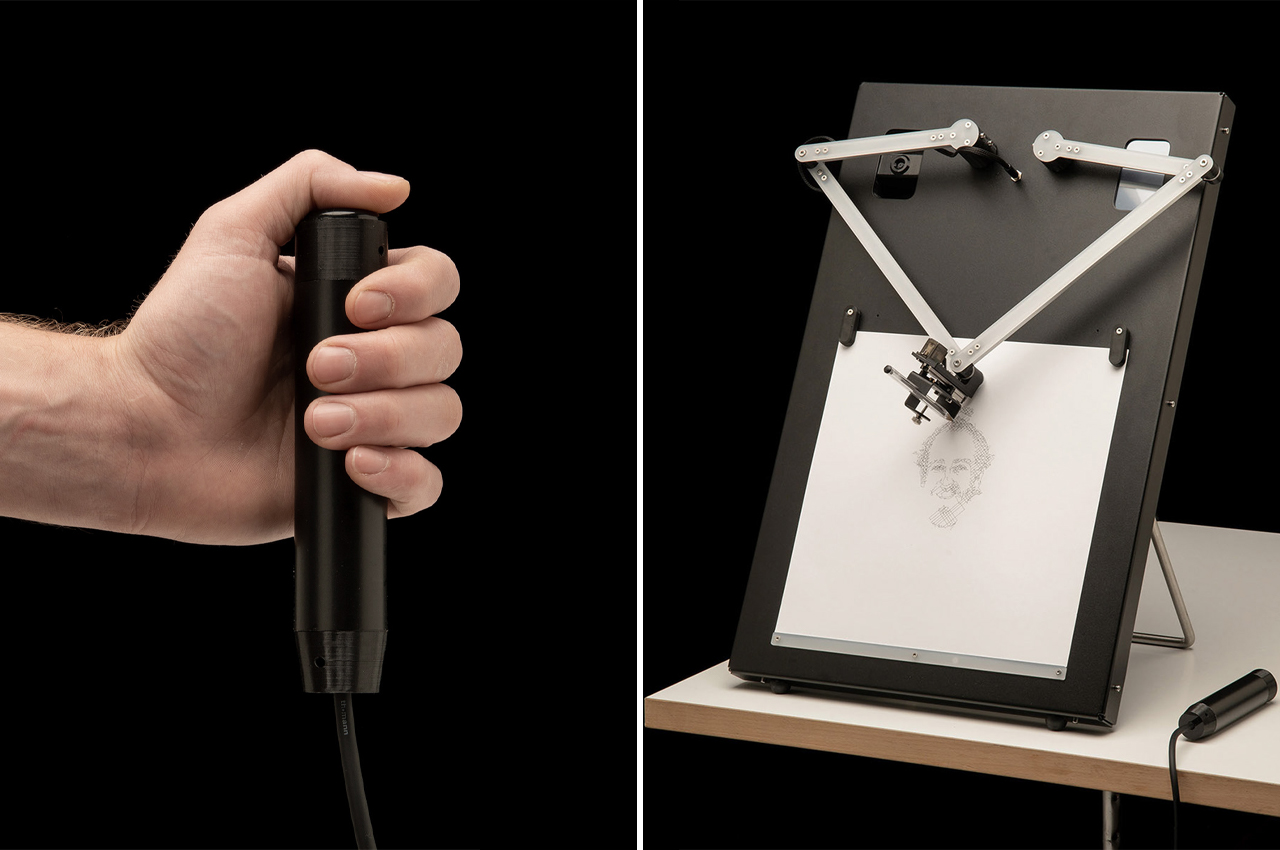
Turning the act of getting your very own portrait into the event itself, Wegner created their Pankraz Piktograph to draw portraits of bystanders at events like science exhibits, trade fairs, and museums for them to bring home. With the press of a button on a handheld remote, the Pankraz Piktograph snaps photographic portraits of its users to then transform into a delicate pencil sketch. Once the photograph has been taken, it’s translated into a vector representation, which can then be drawn by the automated robot styluses. Equipping the Pankraz Piktograph with the technical makeup to master various drawing styles, users can choose to have their photograph drawn from fast minimalist styles to more intricate, or abstract renderings.
6. The Miso Robotics Flippy Robot
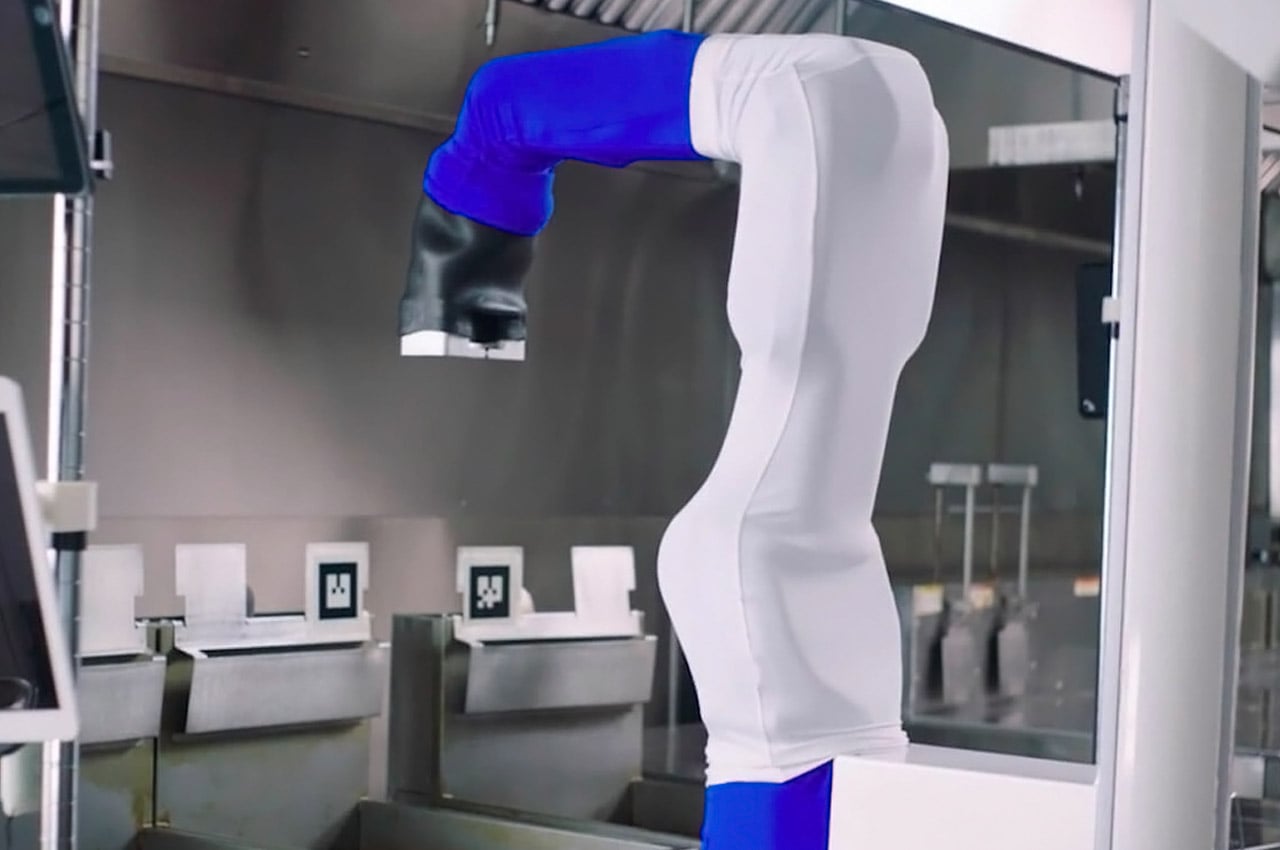
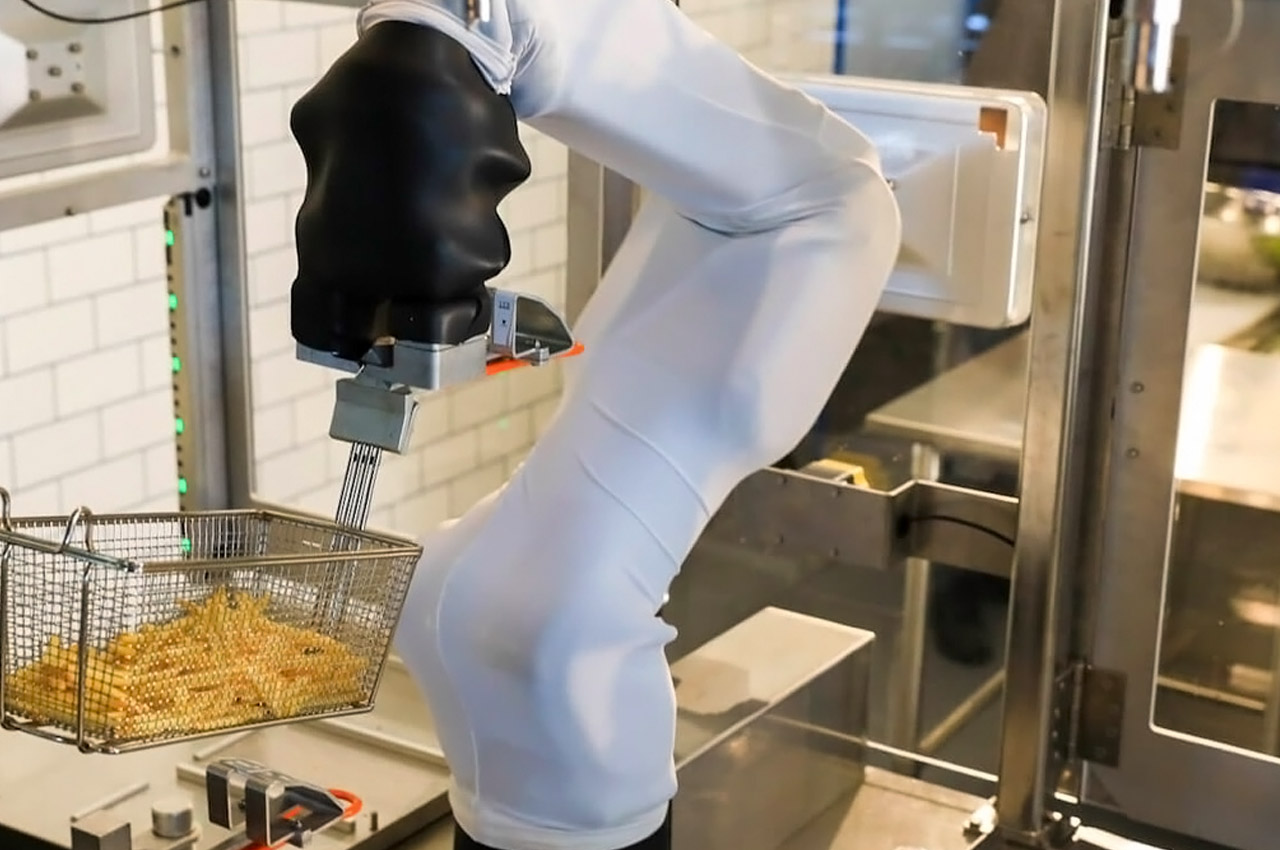
The Miso Robotics Flippy Robot is the kitchen assistant we all need! It’s especially handy if you own a commercial kitchen, and need that extra help. The robot can work for 100,000 hours continuously. Once it has been programmed, the AI assistant works automatically by itself, without requiring any assistance or help from you. Although, you can always control the robot and customize its setting via its control screen. I, for one, would love to have a cooking assistant, but I do believe the Miso Robotics Flippy Robot would be more ideal for large-scale kitchens!
7. Robot Rangers
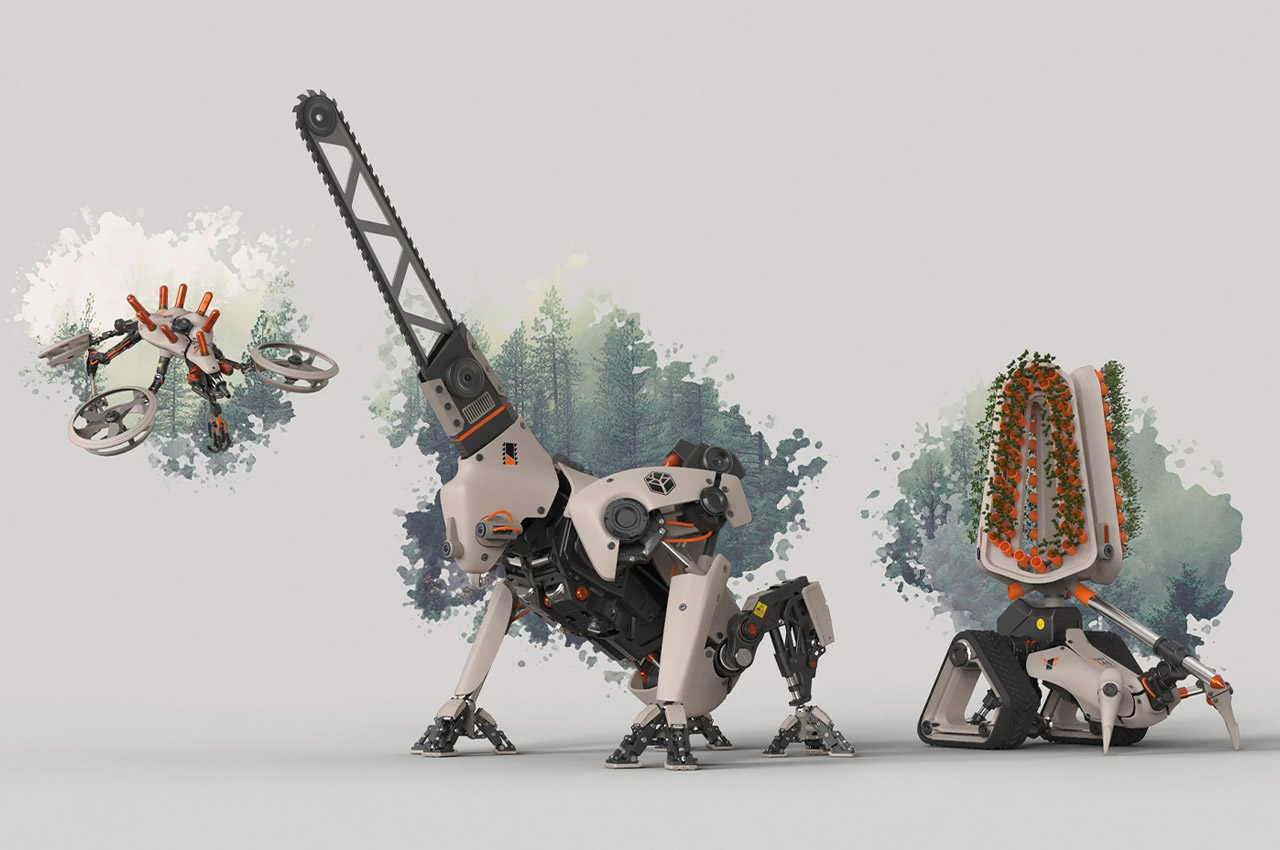
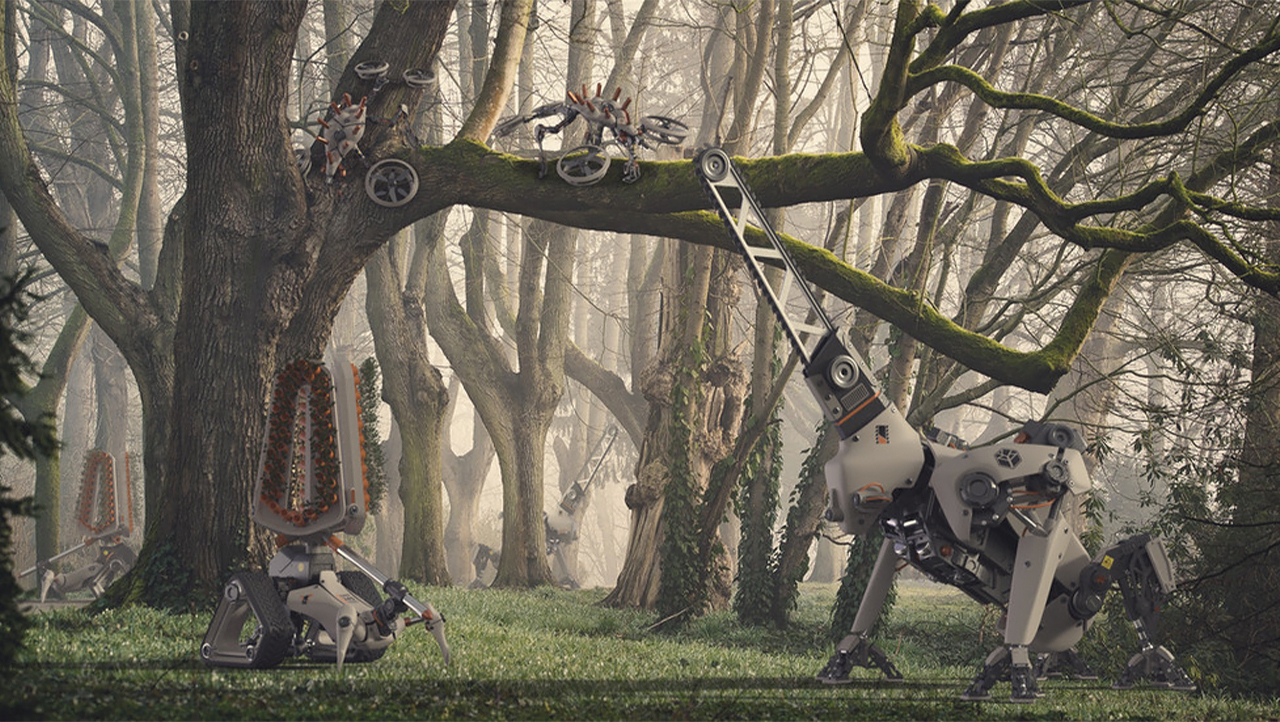
Industrial design student Segev Kaspi designed a conceptual crew of robotic forest druids that will each play a role in rehabilitating forests through seed planting, data analysis, and more. The futuristic and almost intimidating-looking robots are a team of three designed to support reforestation efforts and sustainable forest management. Called Rikko, Dixon, and Chunk, they will each have a specific role to play to make the process efficient. The robotic foresters operate in systems that change in accordance with the needs of the forest. They can work individually or in groups too depending on the situation. Each robot is assigned a role in managing and preserving the forest which reflects in their design language as well.
8. The Astro
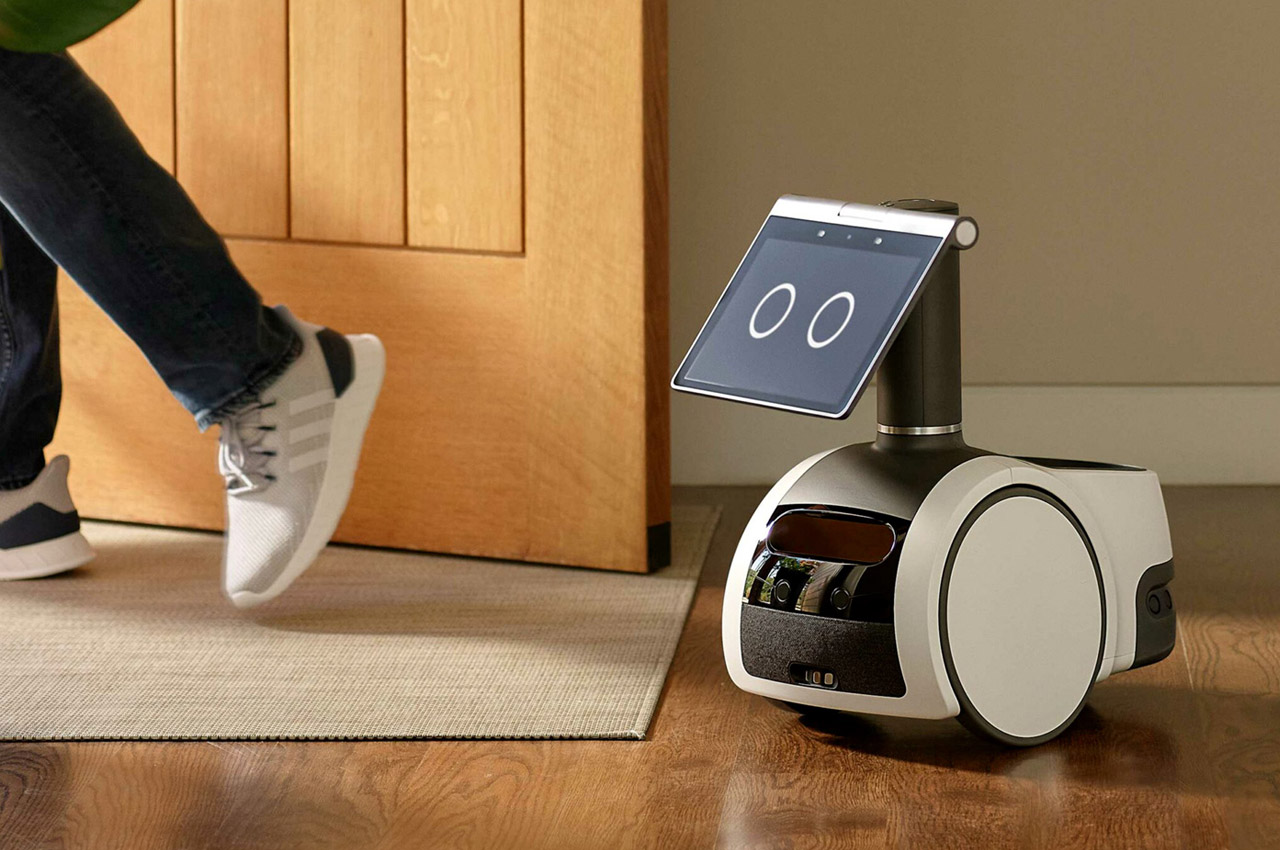
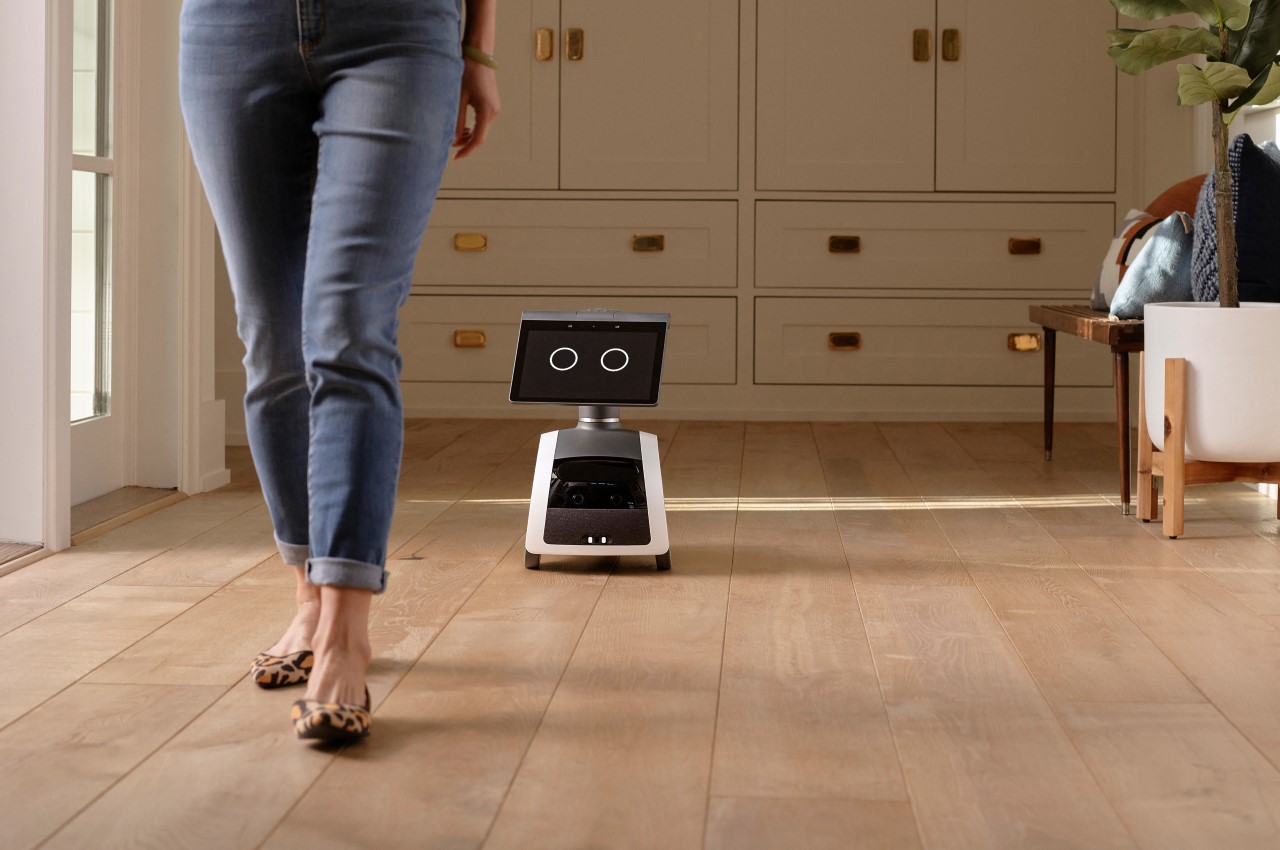
Modeled as a WALL-E-ish robot with dog-like proportions, the Astro can follow you around the house, respond to your voice commands, allow you to video-chat with friends and family, and even monitor your house while you’re asleep or away, tying in with their Ring video doorbell’s alert services. The robot sports a large screen for a face (with ring-shaped emotive eyes), runs on wheels (so it can’t climb stairs for now), and even comes with two nifty little cup-holders built into its rear so it can carry your water, coffee, soda, or beer around, being an attentive little butler-dog-sentinel that’s designed to be cute and approachable… unless you’re an intruder, of course.
9. The CLEANSE Robot
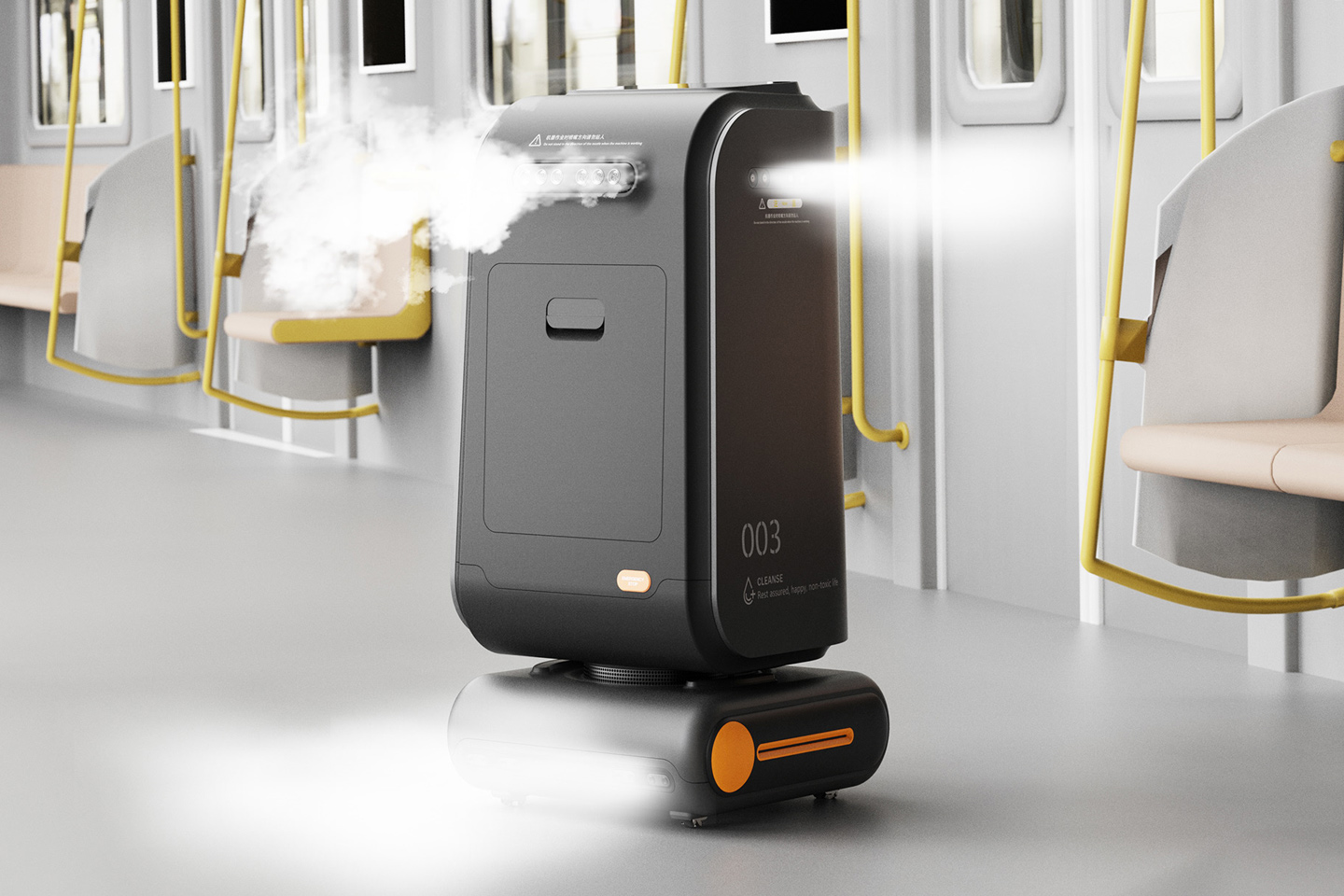
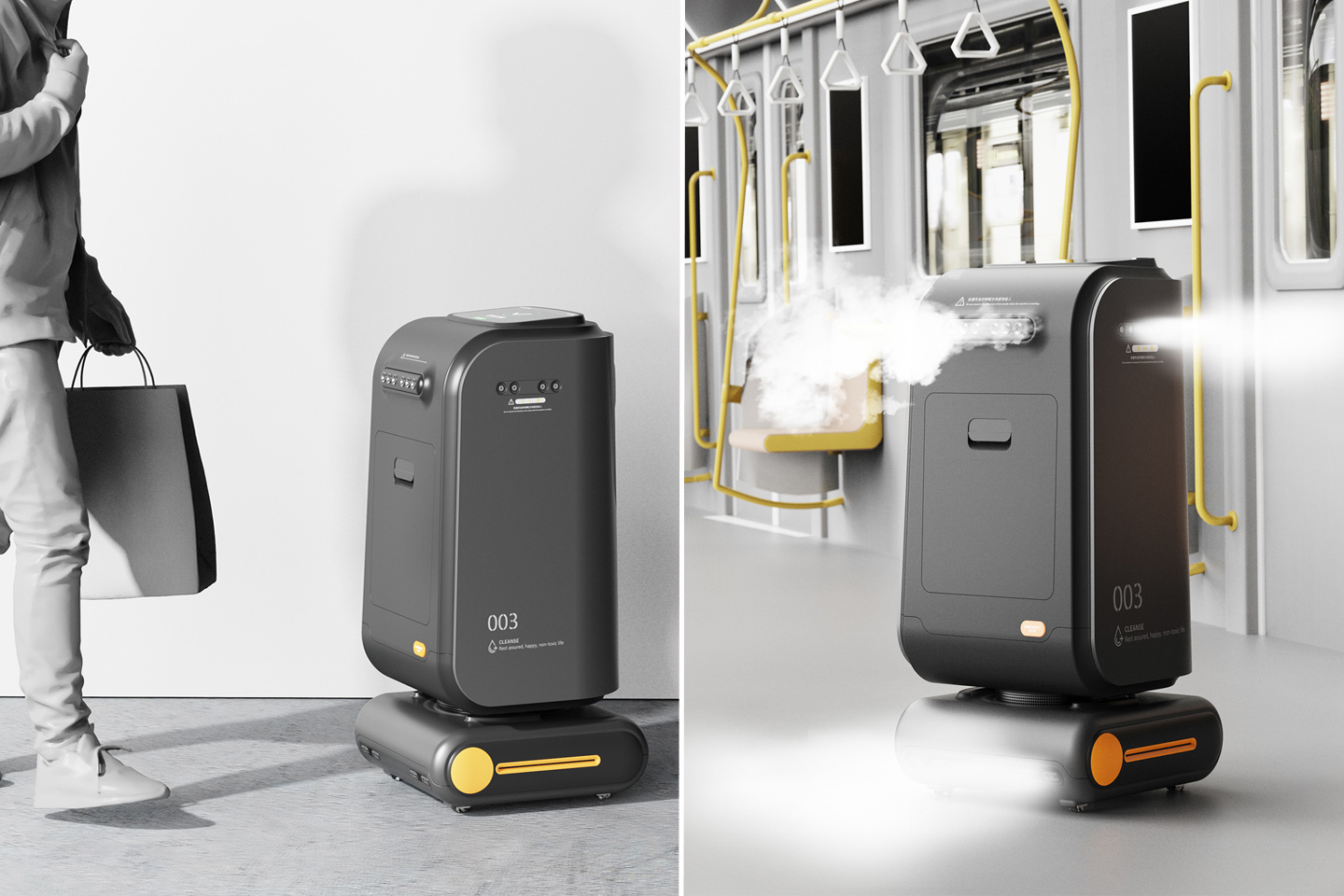
Meet the CLEANSE robot designed by Yifeeling Design for sanitizing public places such as metros or malls. This autonomous robotic rig moving on independent driven wheels greatly reduces the risk of air-borne diseases in public transportation – subways in particular. It sets into action as soon as the metro train arrives at the station by first guiding the passengers to the exit through the station by analyzing the least crowded locations and choosing the path accordingly.
10. MeowMate
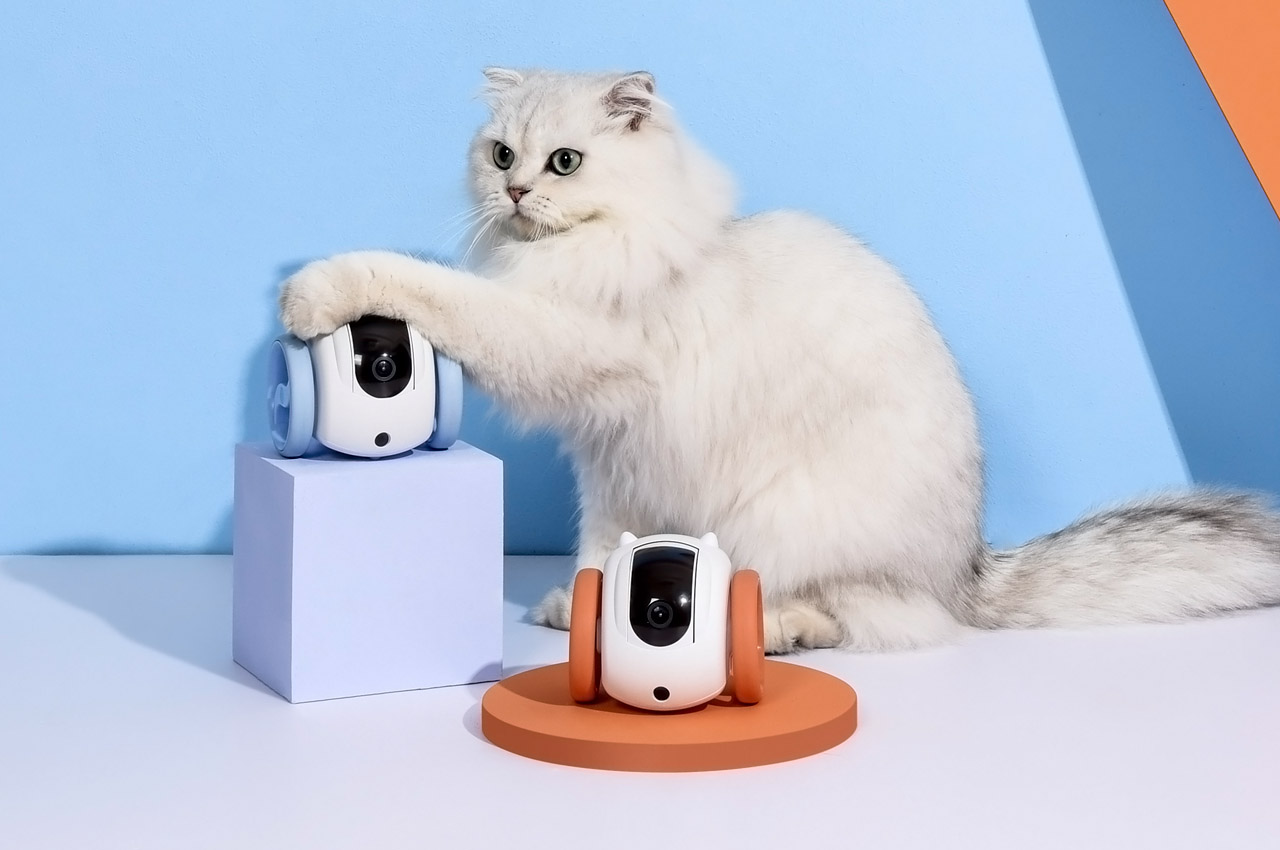
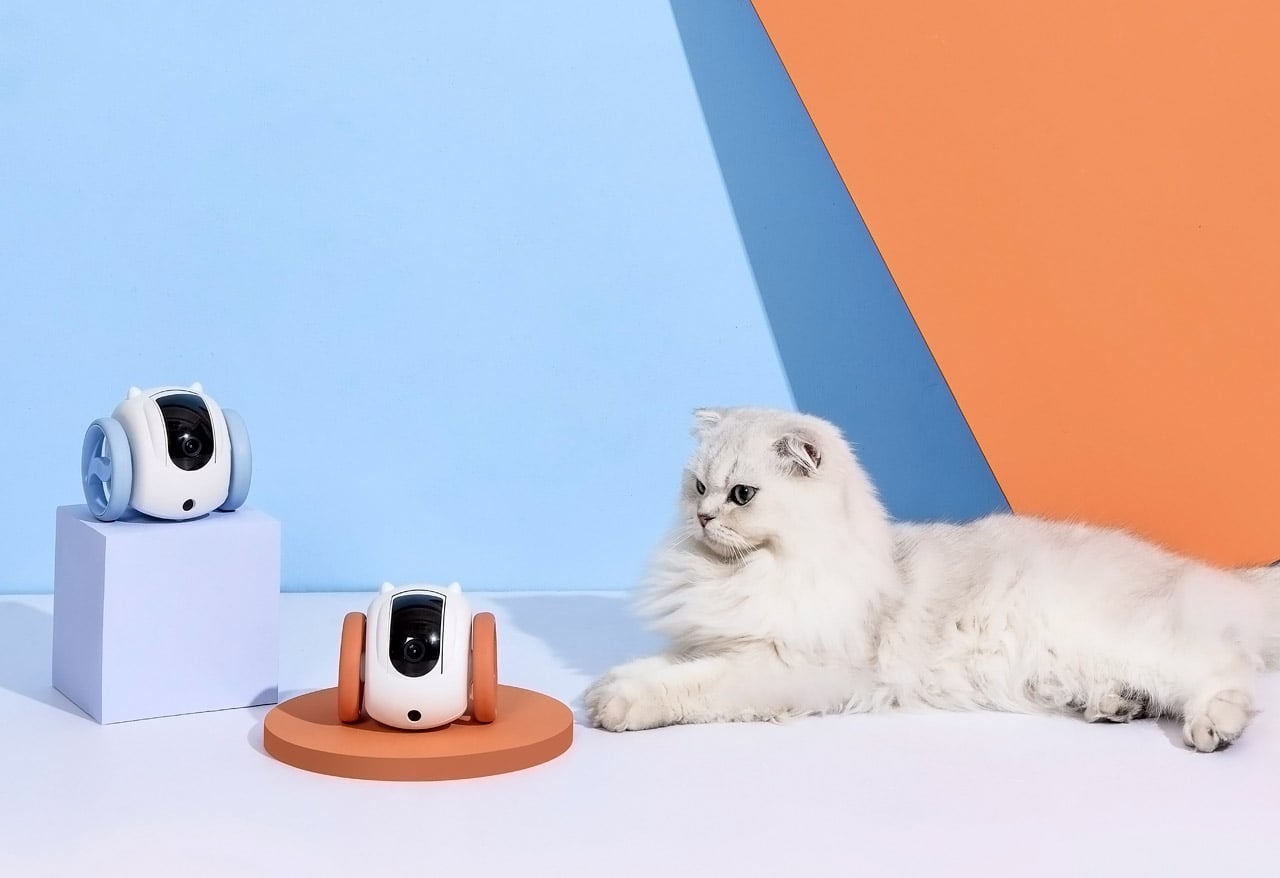
Designed by Joint Technology Co, MeowMate is the perfect companion for your cats when you’re away! The adorable little gadget basically follows your cat around all day (it simply replaces you), and helps you keep an eye on them! It features a 1080p ultra-clear video quality and HD voice intercom, allowing you to watch and hear your pet clearly and sharply. It also boasts real-time delay monitoring compensation to ensure a high synchronization between images and sounds. You simply have to download the MeowMate app on your smartphone, switch on the MeowMate device, and scan the QR code at the bottom of it, to connect it to the app on your phone. You can then control MeowMate on your smartphone, and move it about as you please. It allows you to remotely interact with your pets, and help stay connected with them.
The post Innovative Robot Designs that prove 2021 has been the year of AI advances! first appeared on Yanko Design.
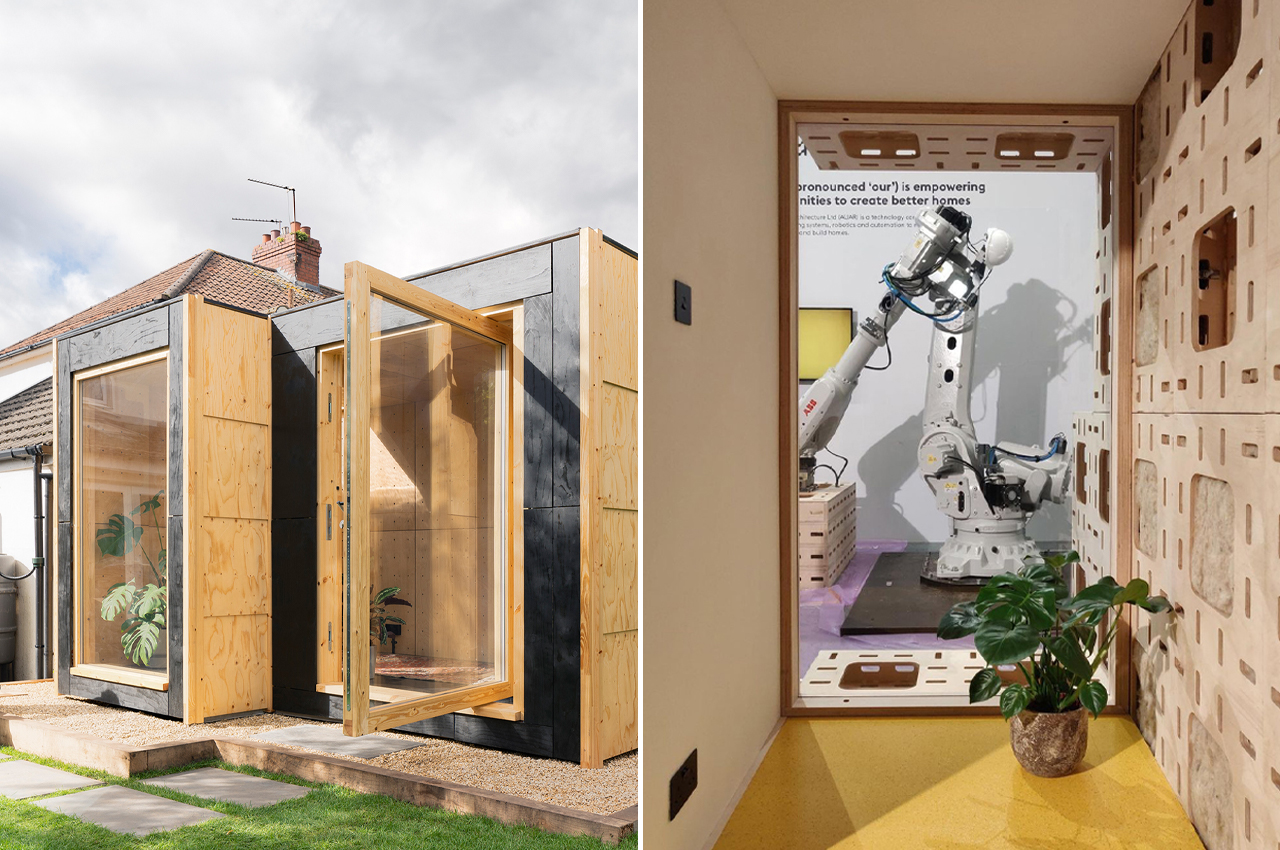
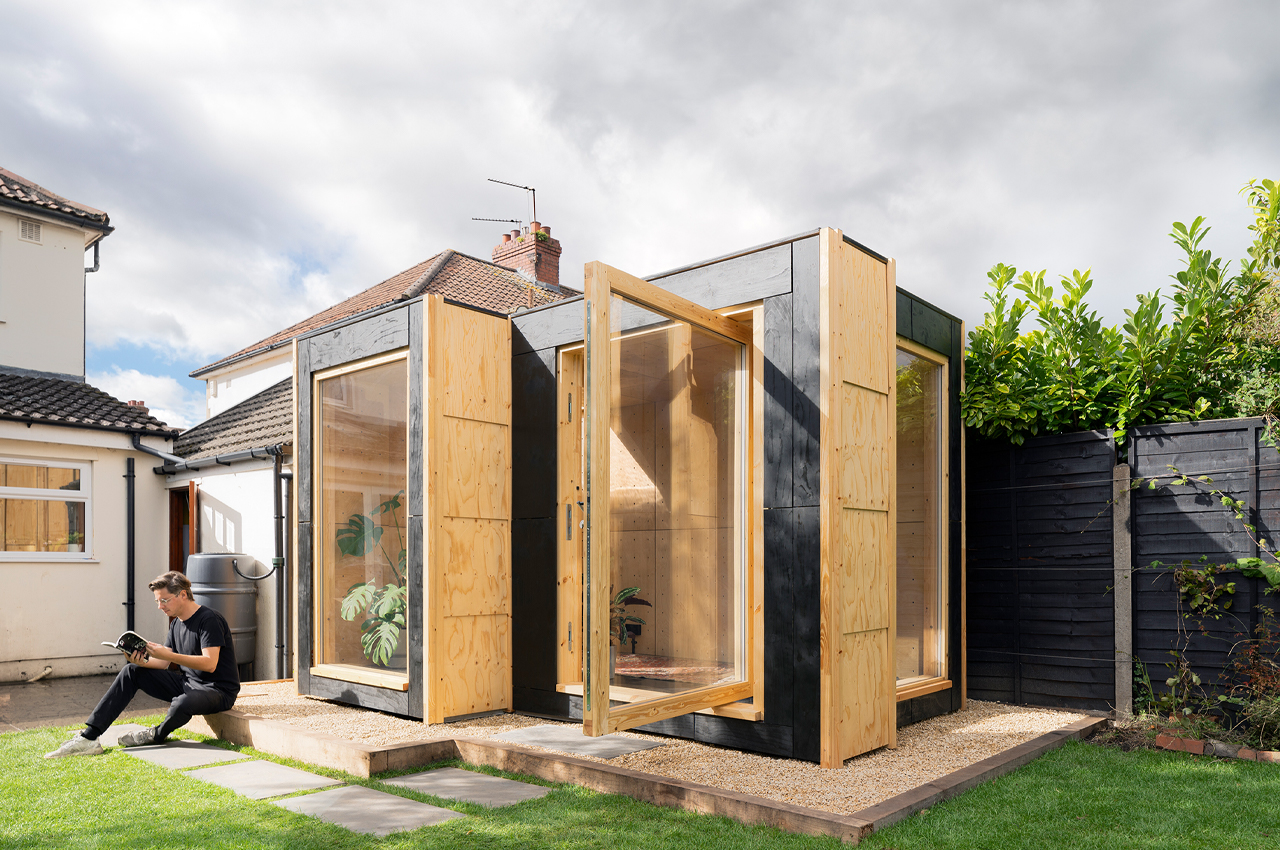
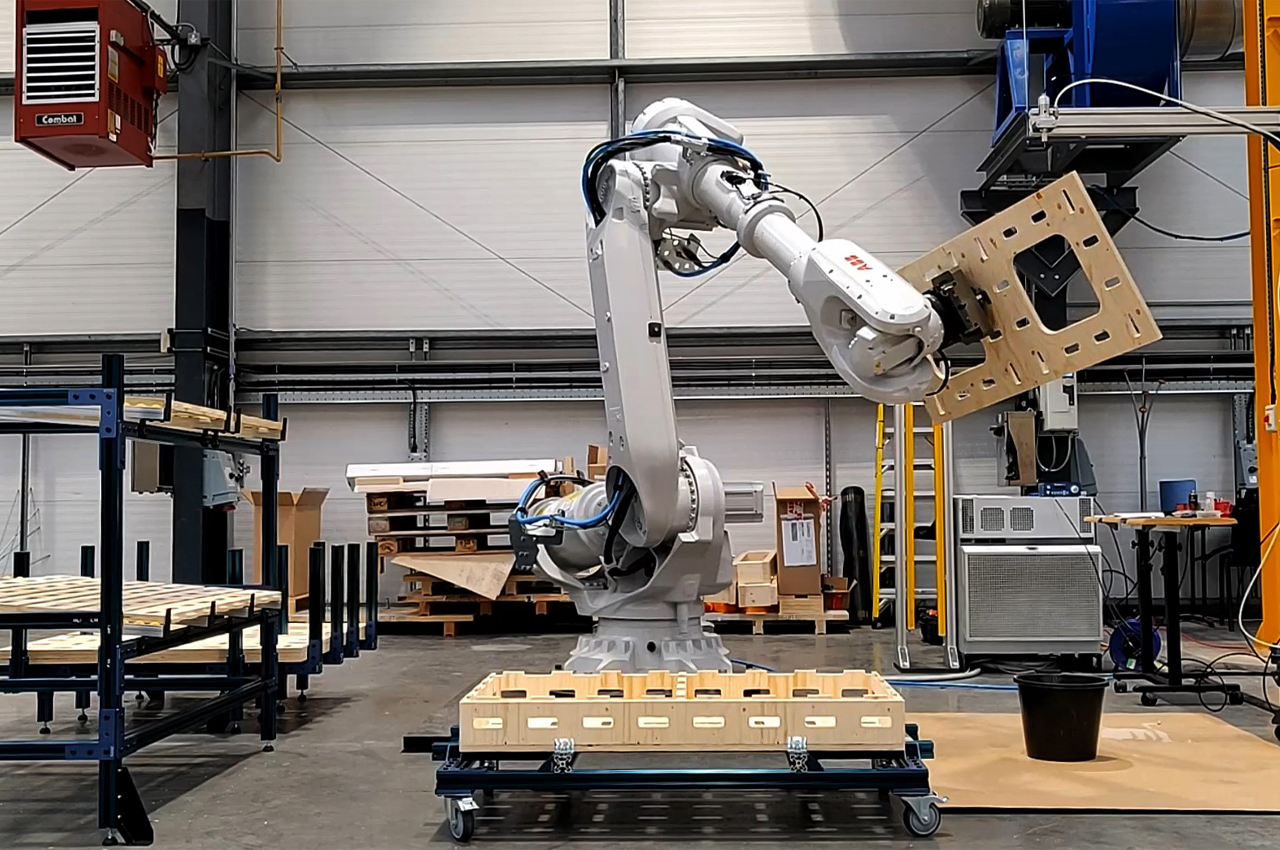
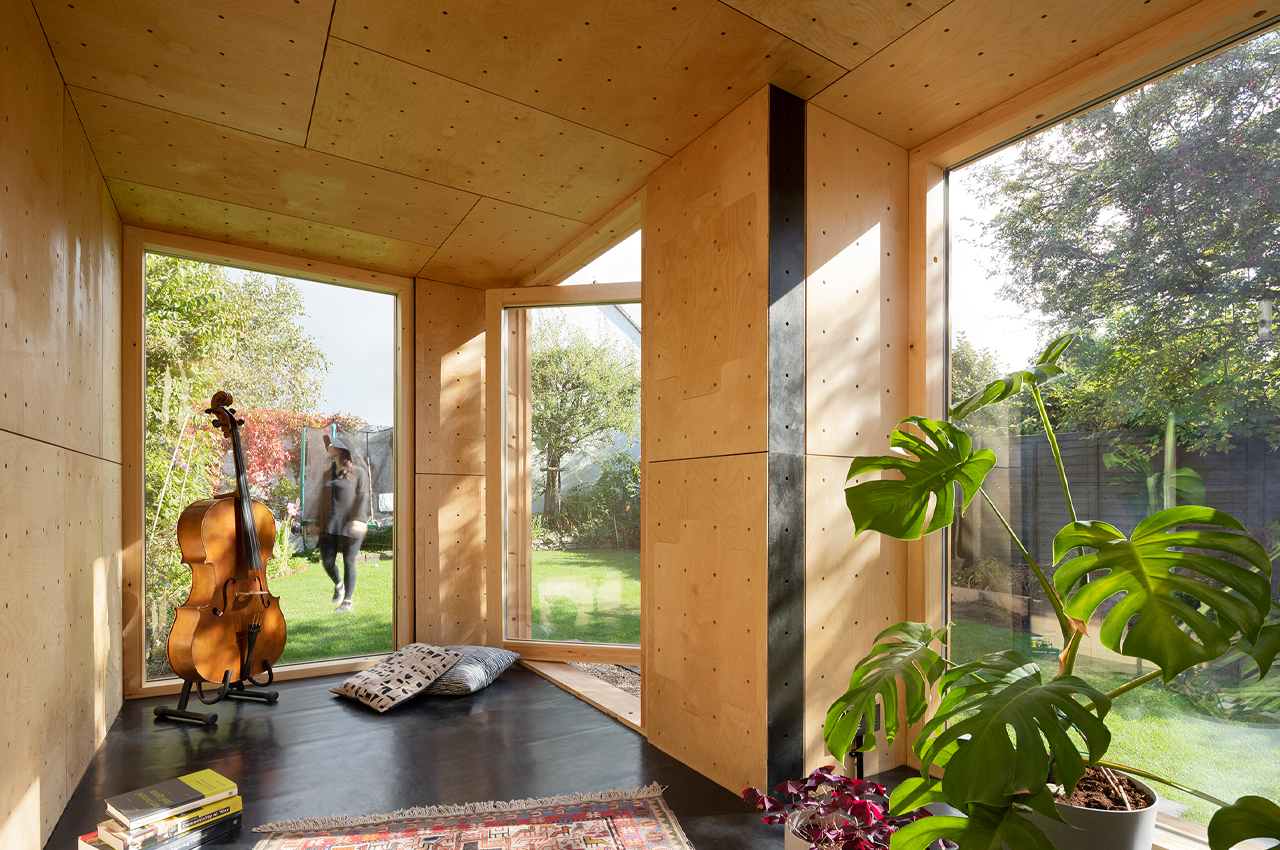
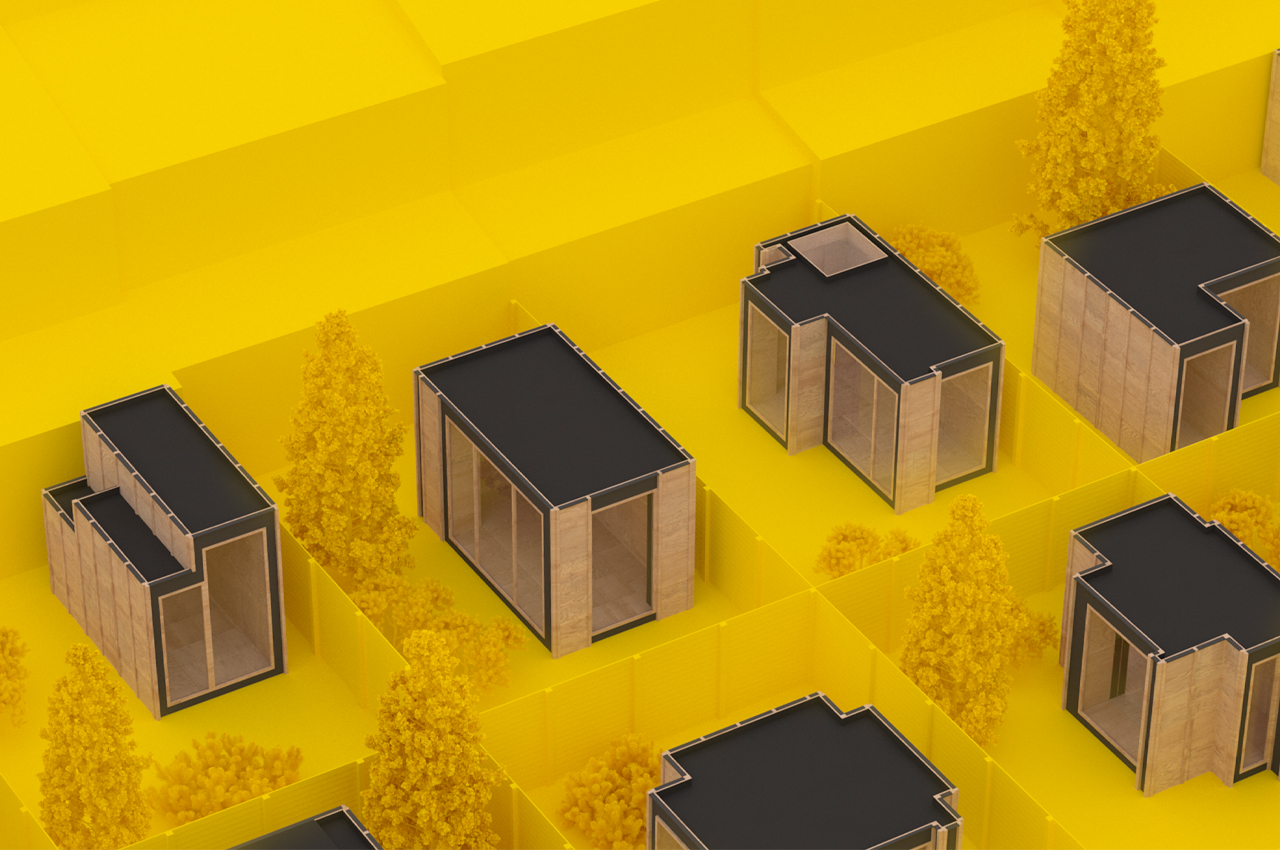
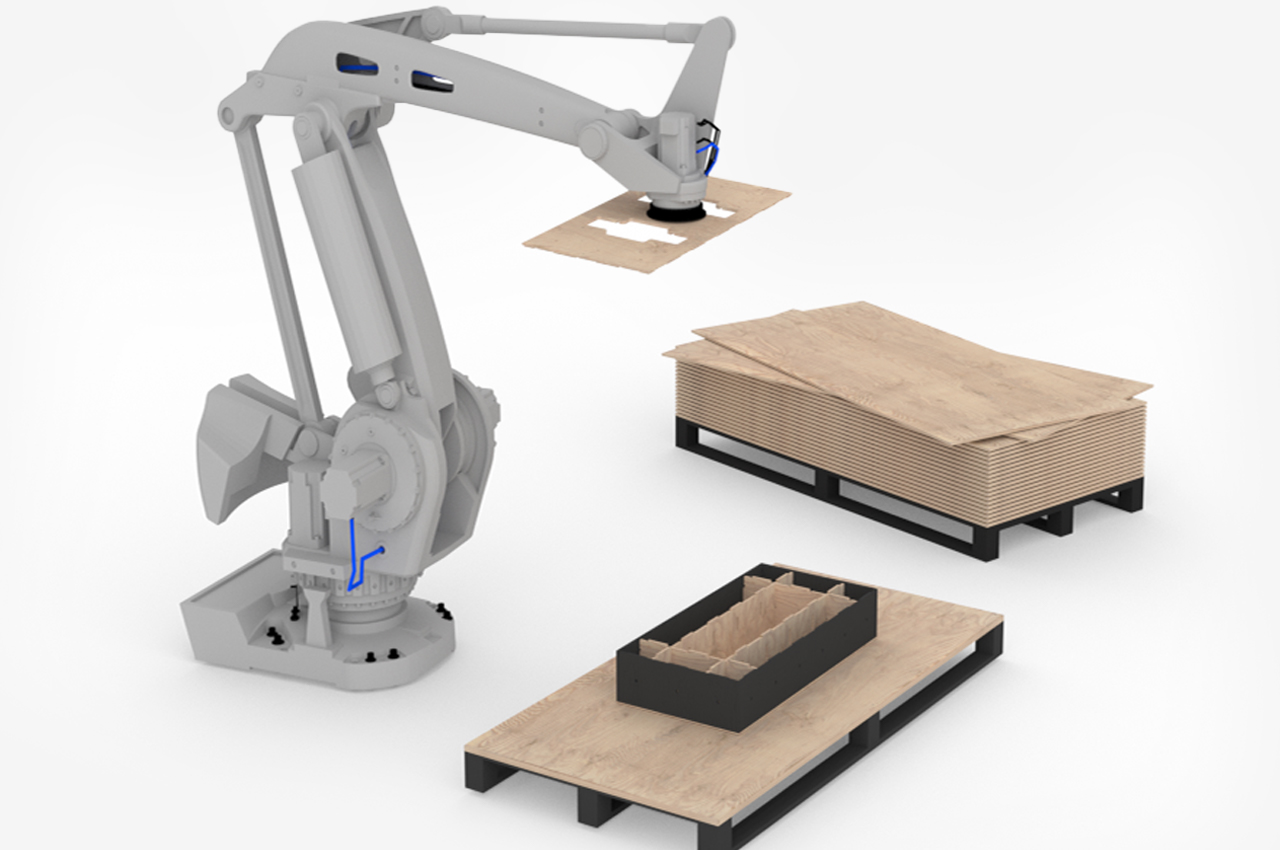
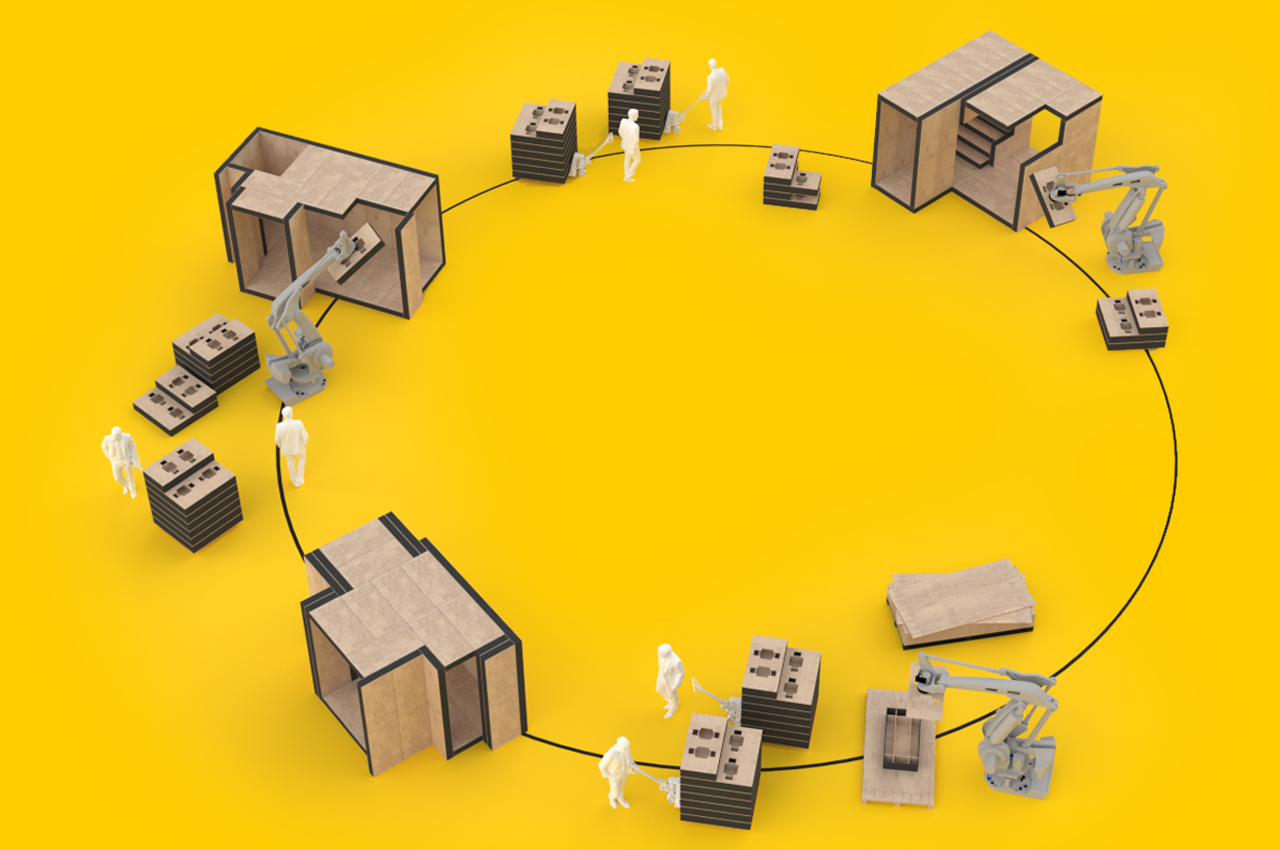
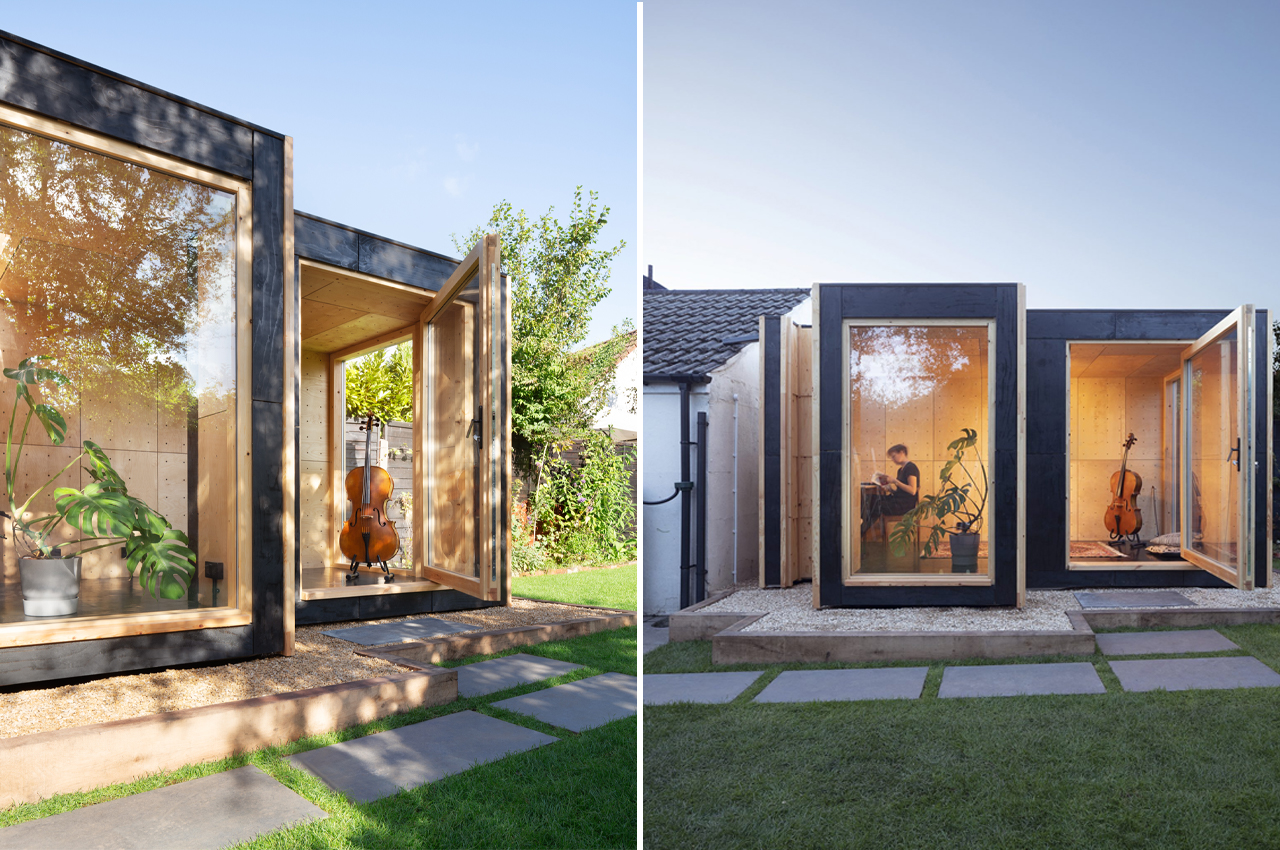
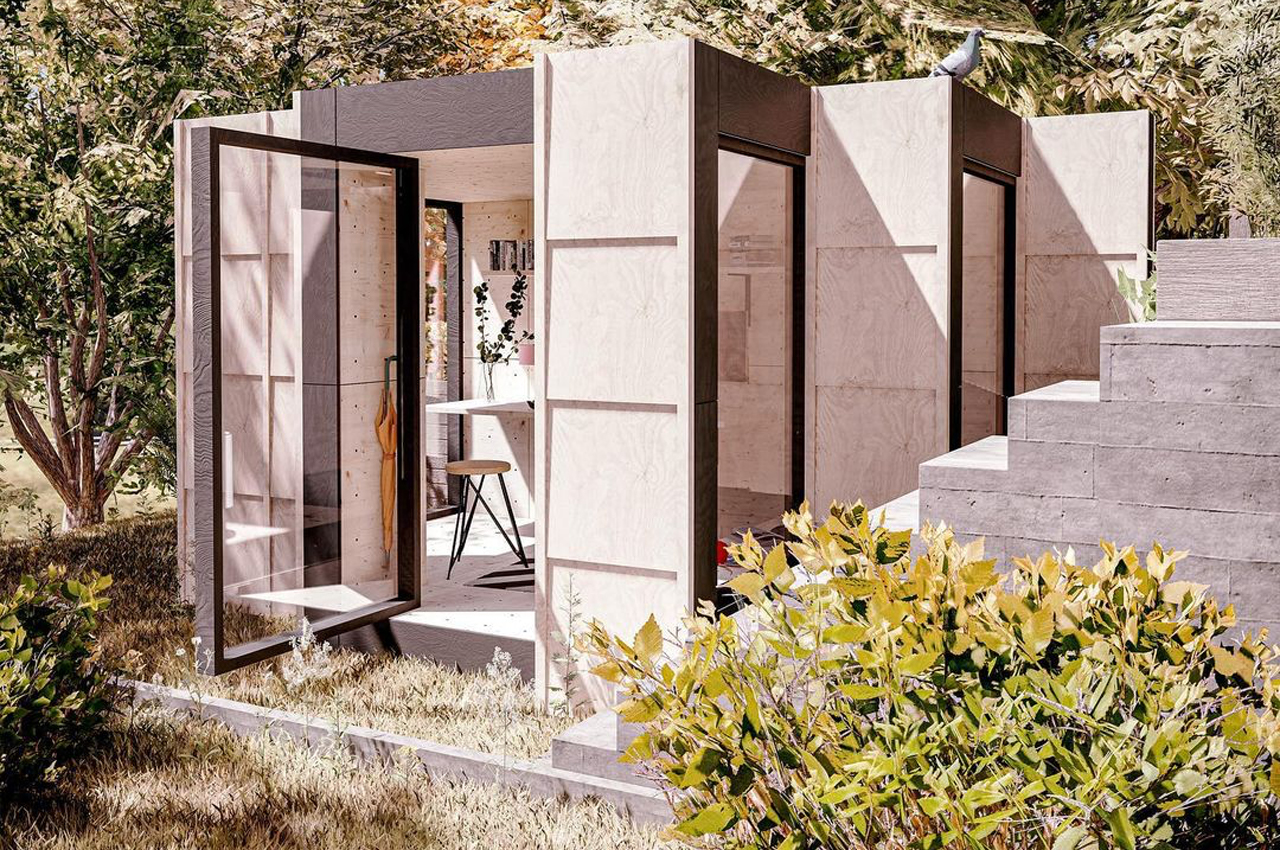
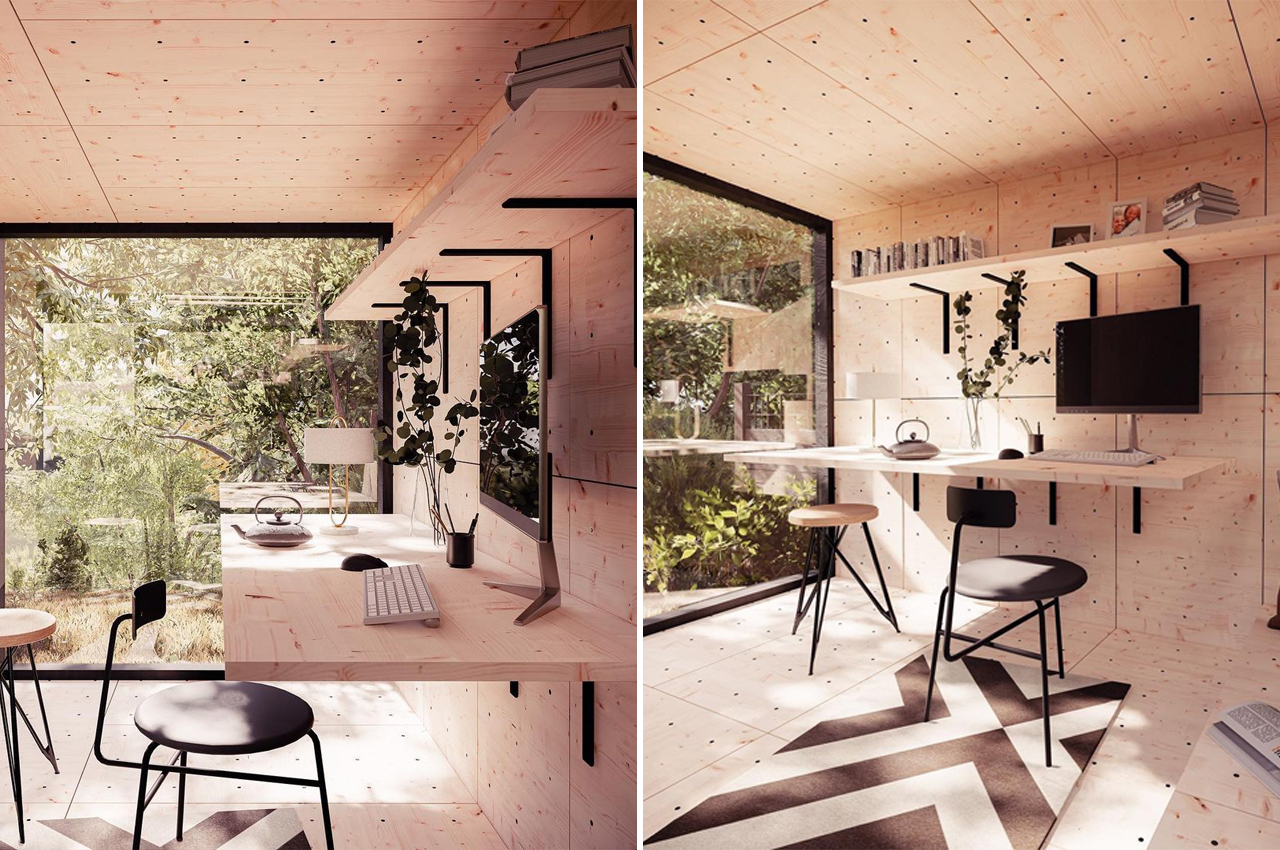
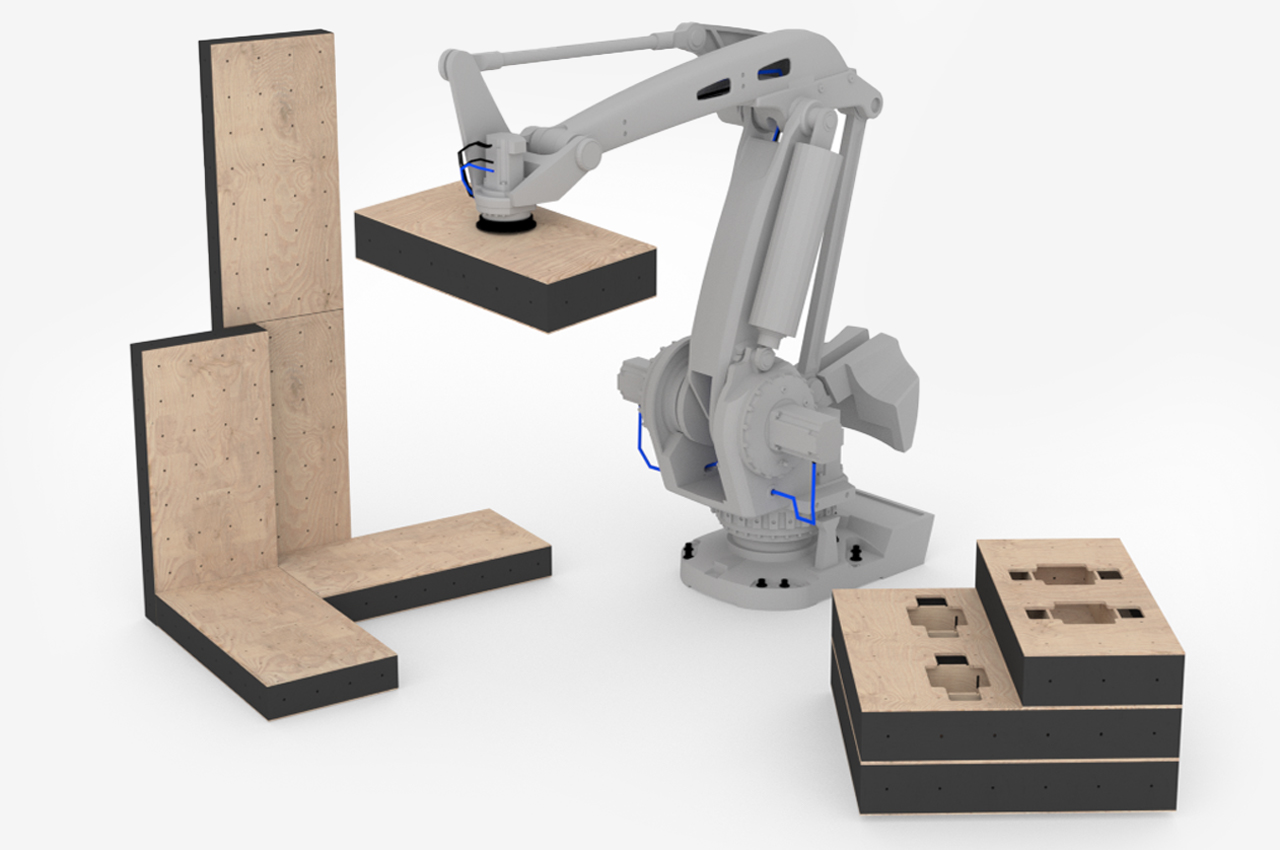
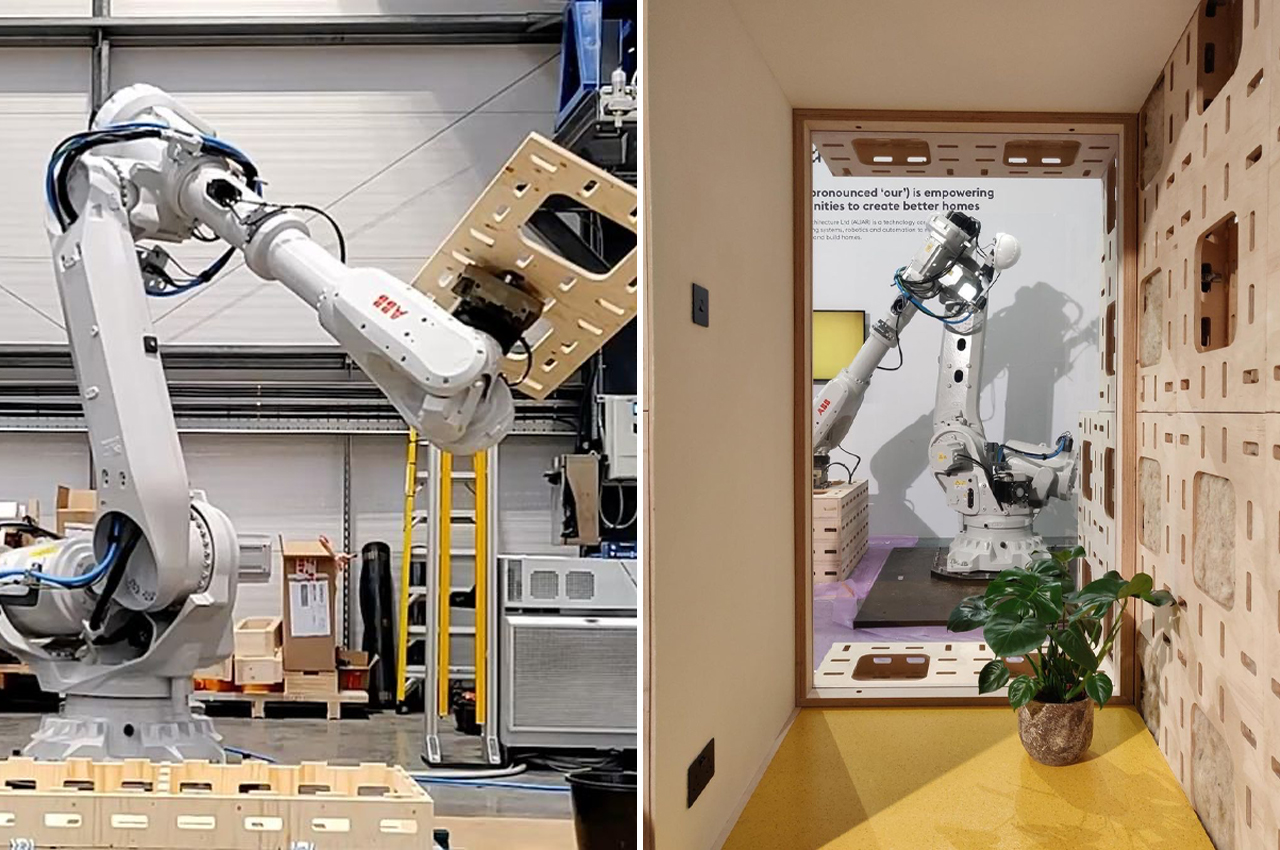









 system allows it to detect and recognize its location, the surface it’s operating on, and objects around it. Without the need for perimeter cables or guides, Novabot can drive around the premises, alternating between grass and land (large offroad tires allow it to work on concrete, brick, pebbles, and even cobblestone paths) and even working on uneven surfaces and inclines, while intelligently avoiding humans, pets, obstacles, fences, and vehicles… and yes, even dog poop.
system allows it to detect and recognize its location, the surface it’s operating on, and objects around it. Without the need for perimeter cables or guides, Novabot can drive around the premises, alternating between grass and land (large offroad tires allow it to work on concrete, brick, pebbles, and even cobblestone paths) and even working on uneven surfaces and inclines, while intelligently avoiding humans, pets, obstacles, fences, and vehicles… and yes, even dog poop.











